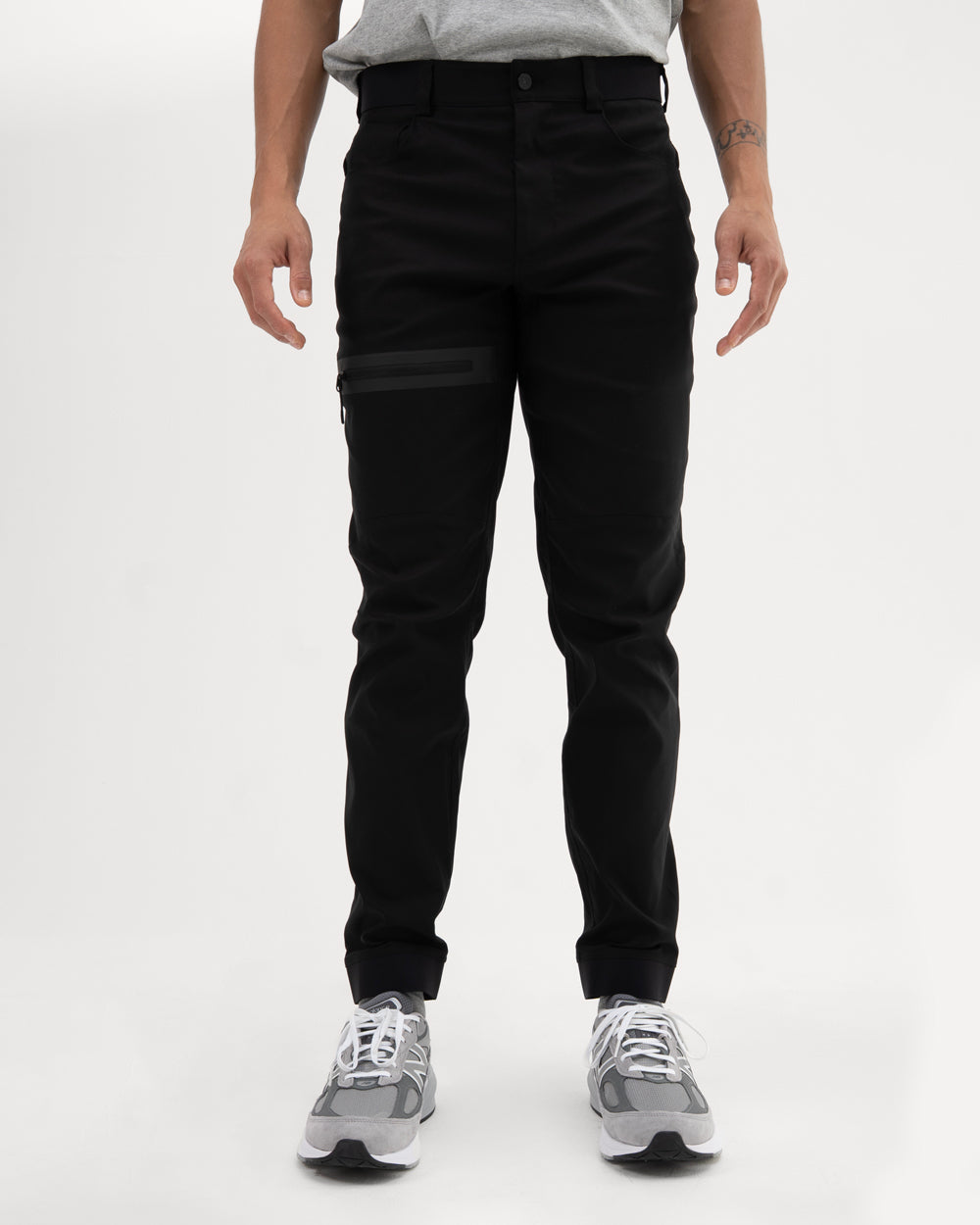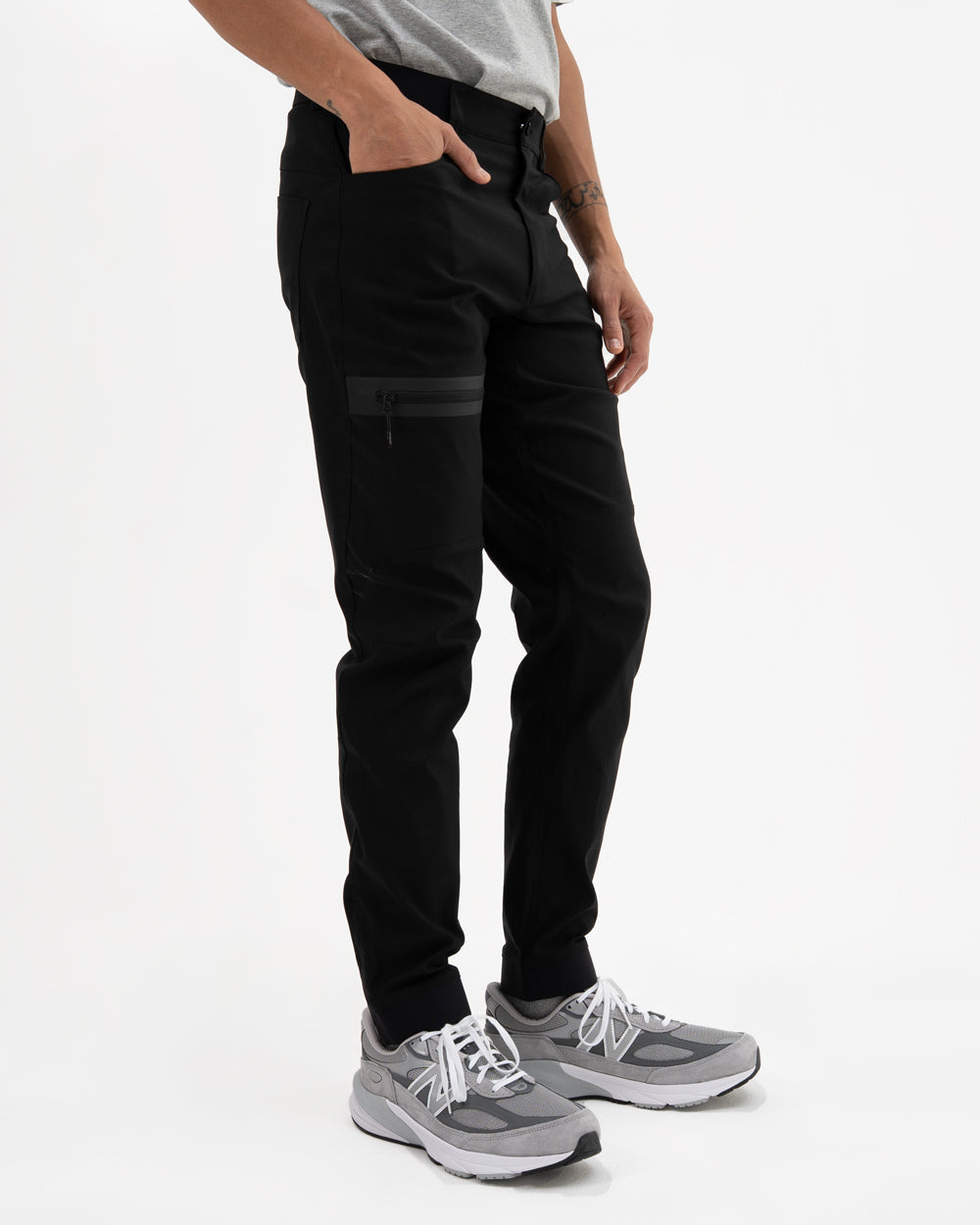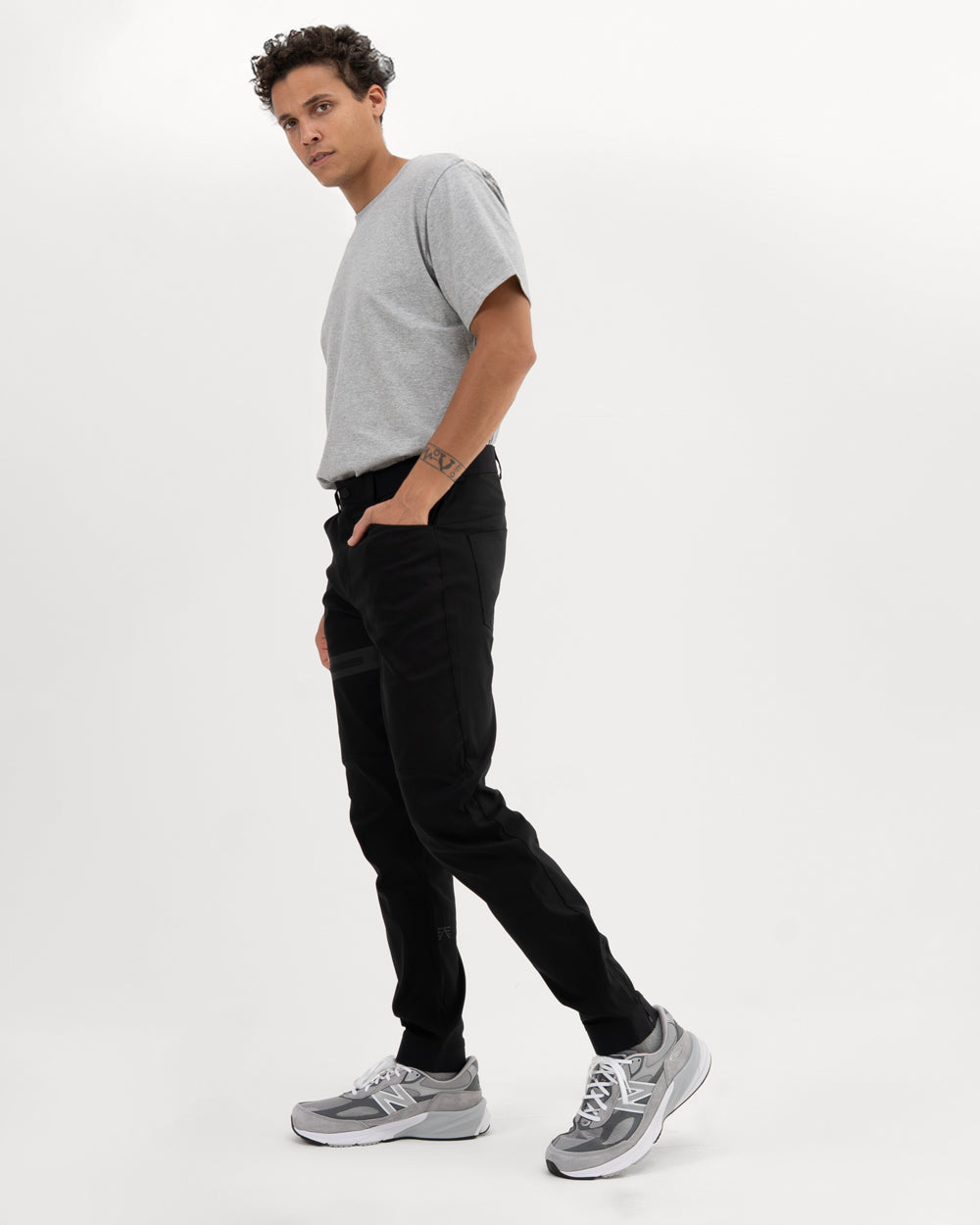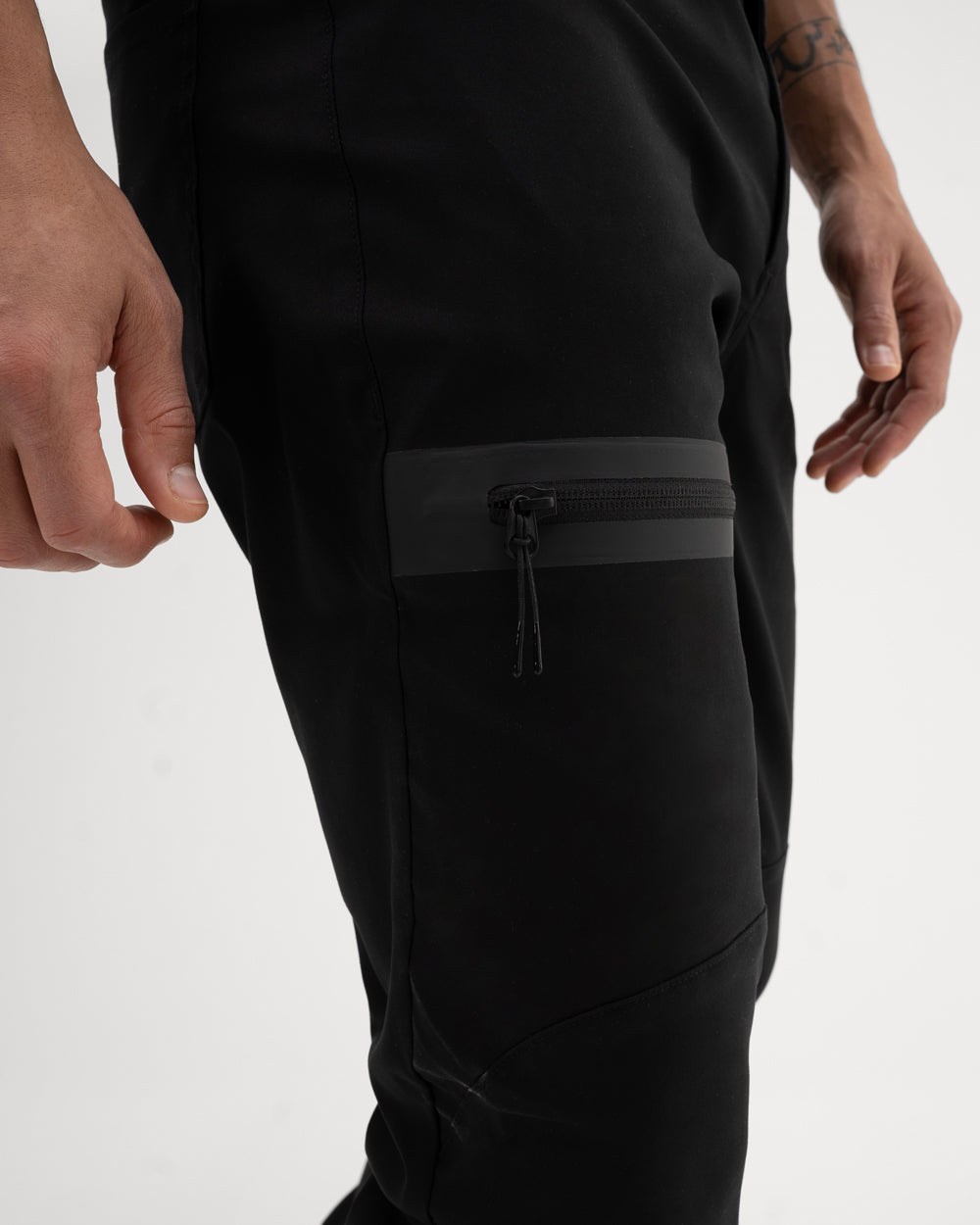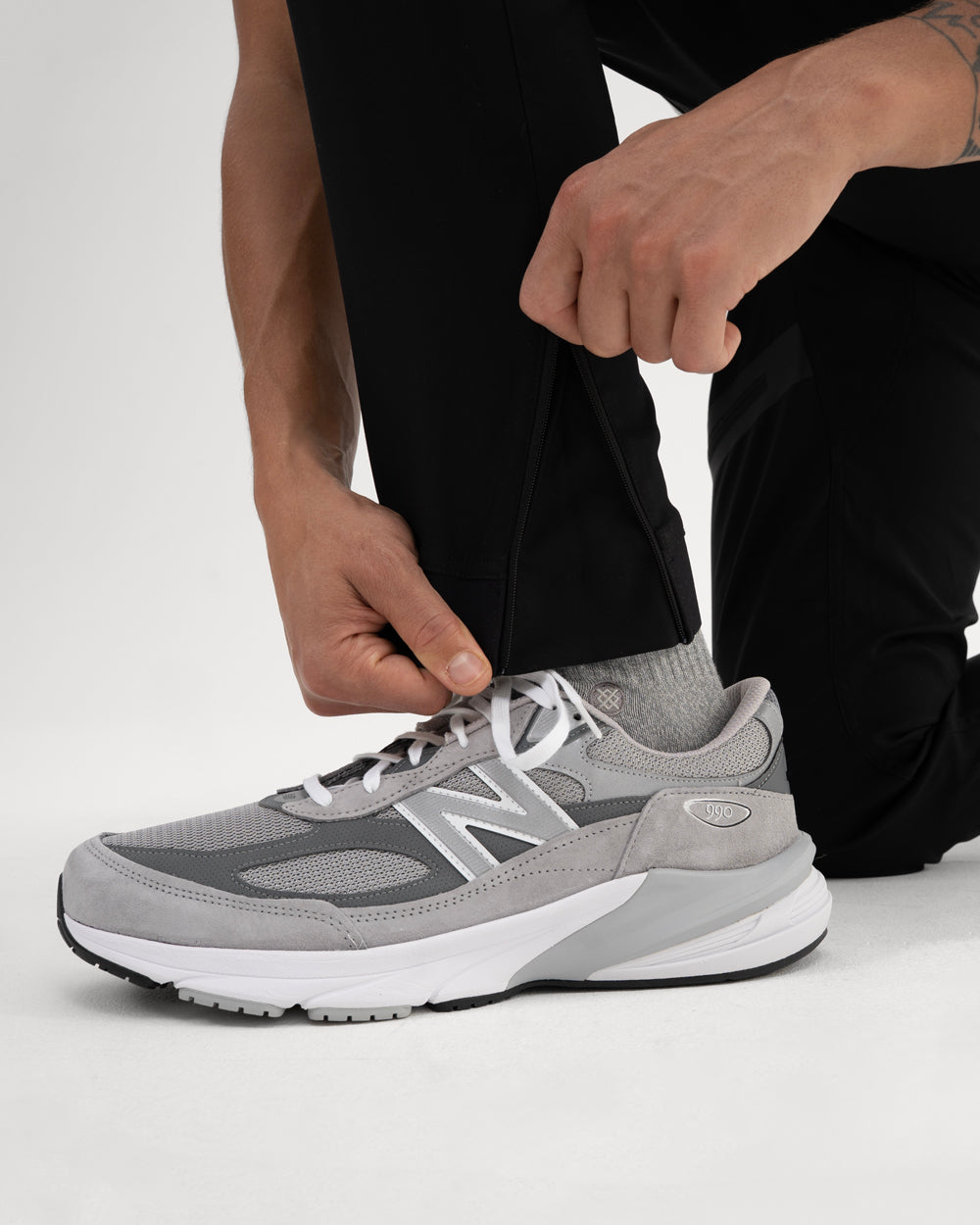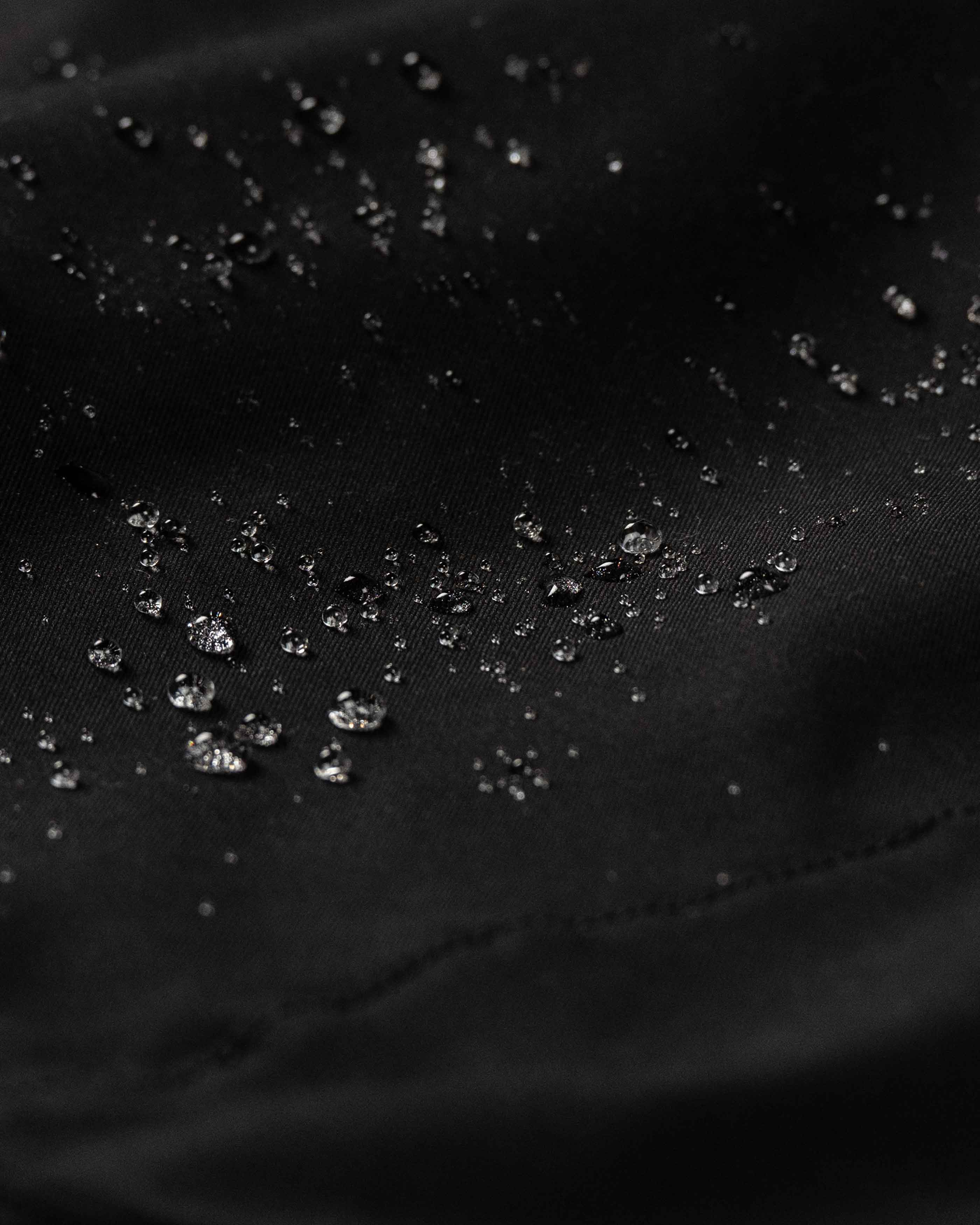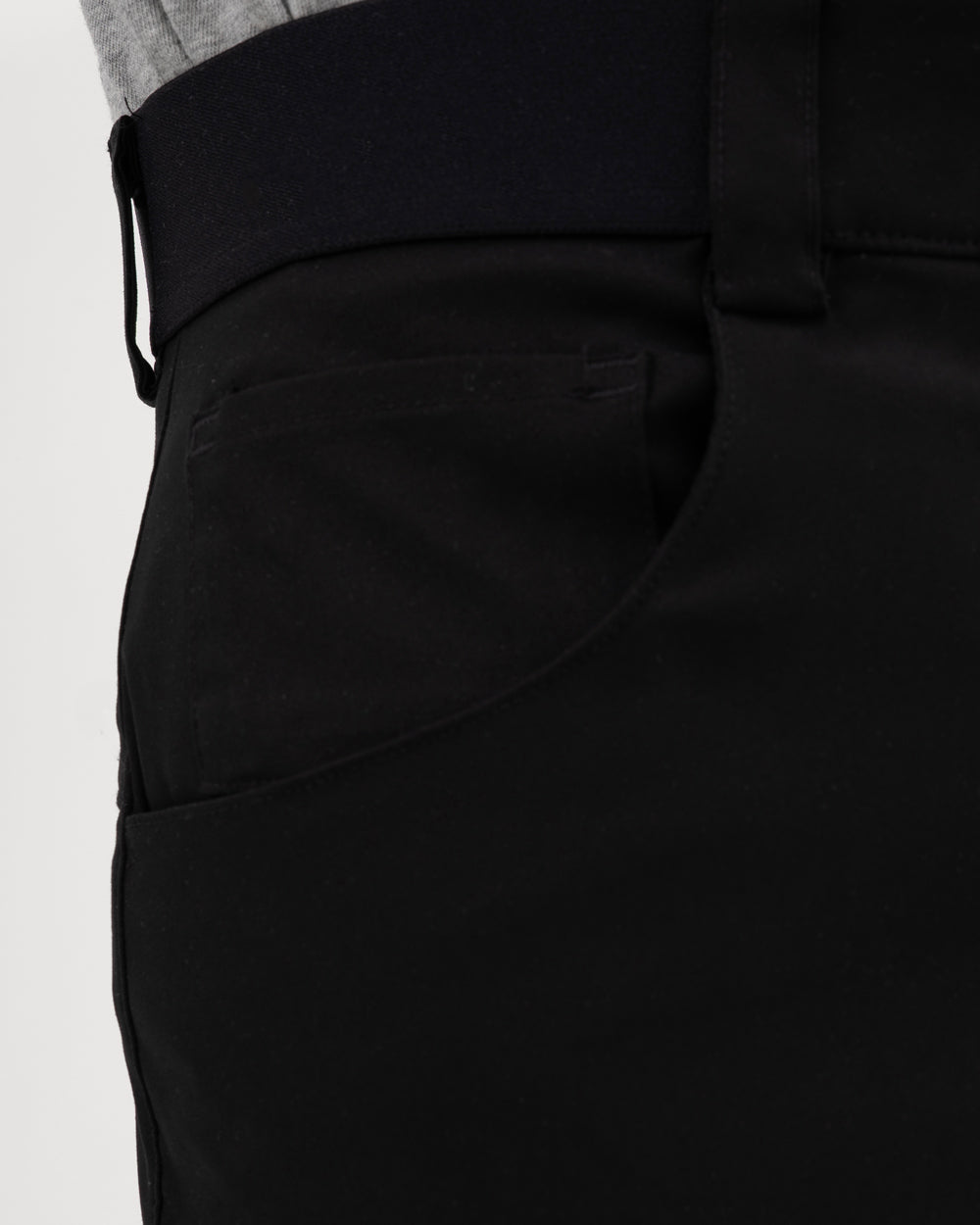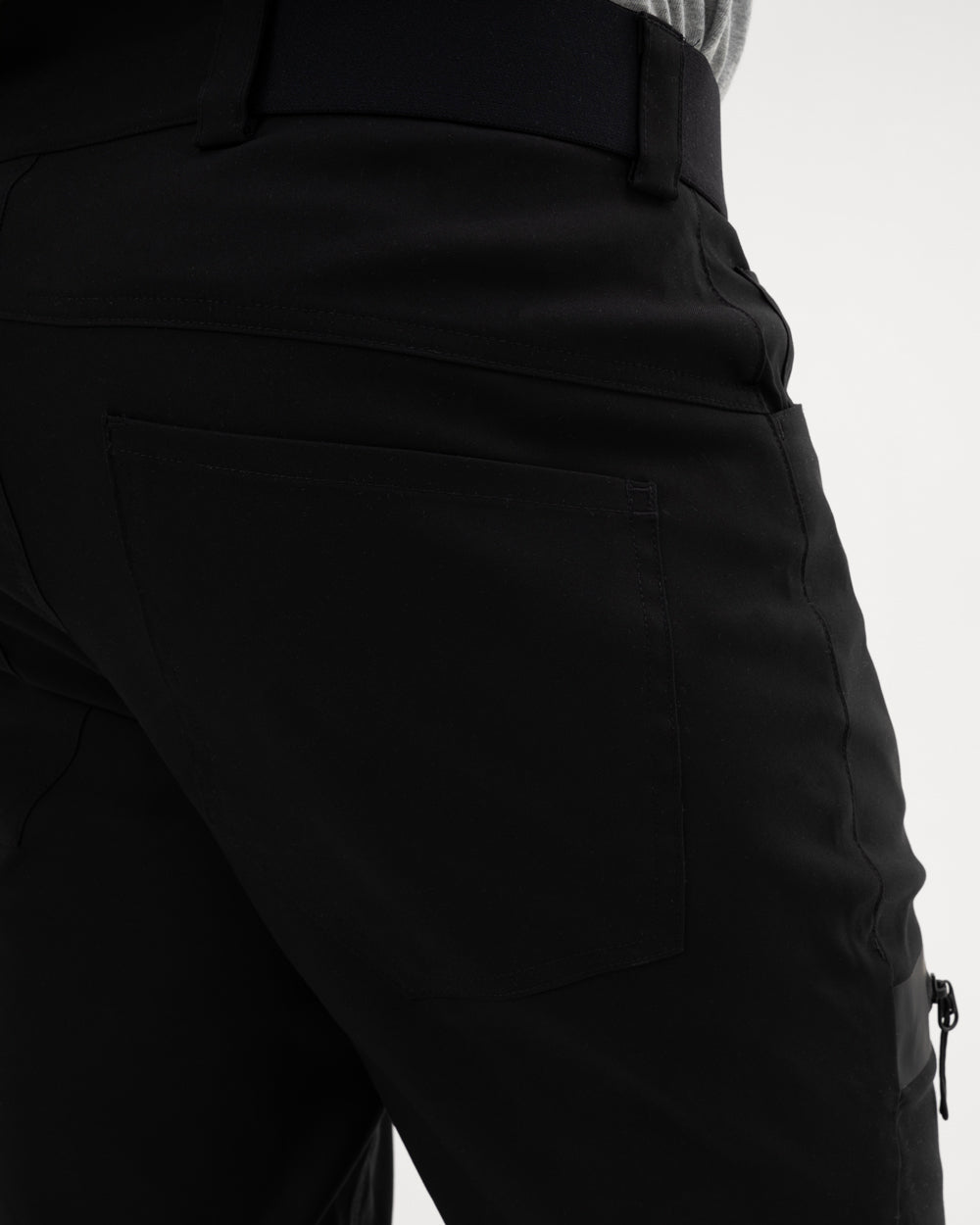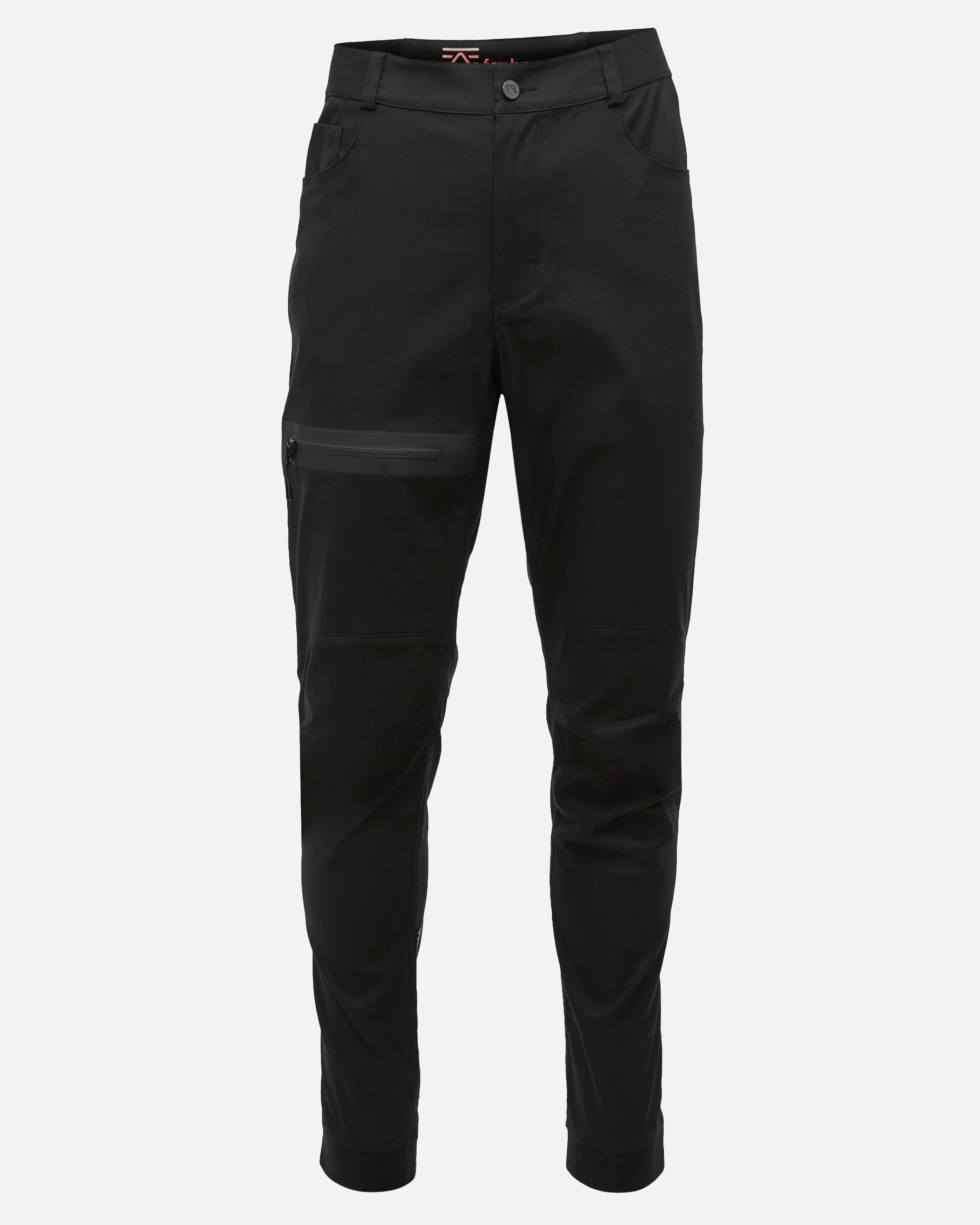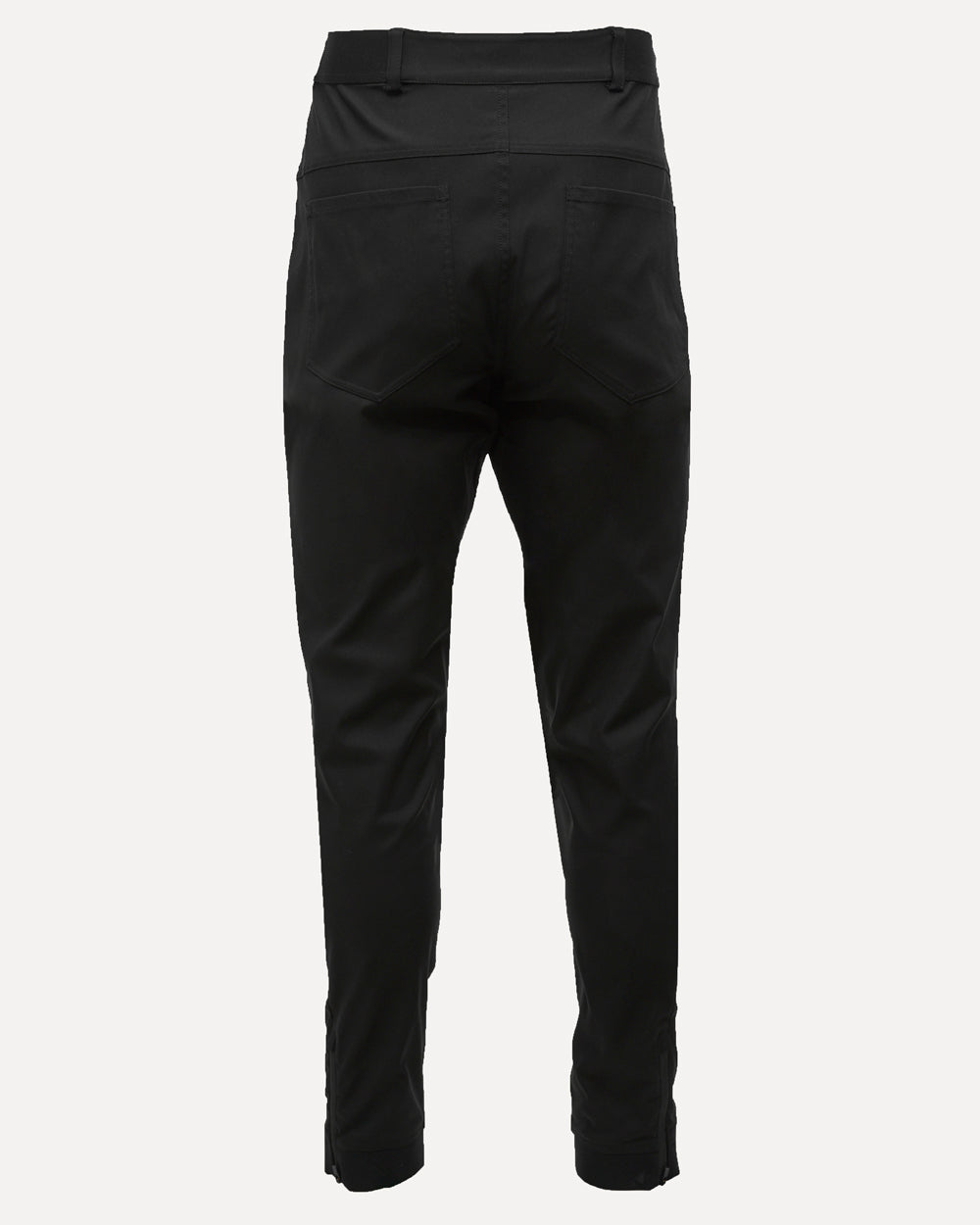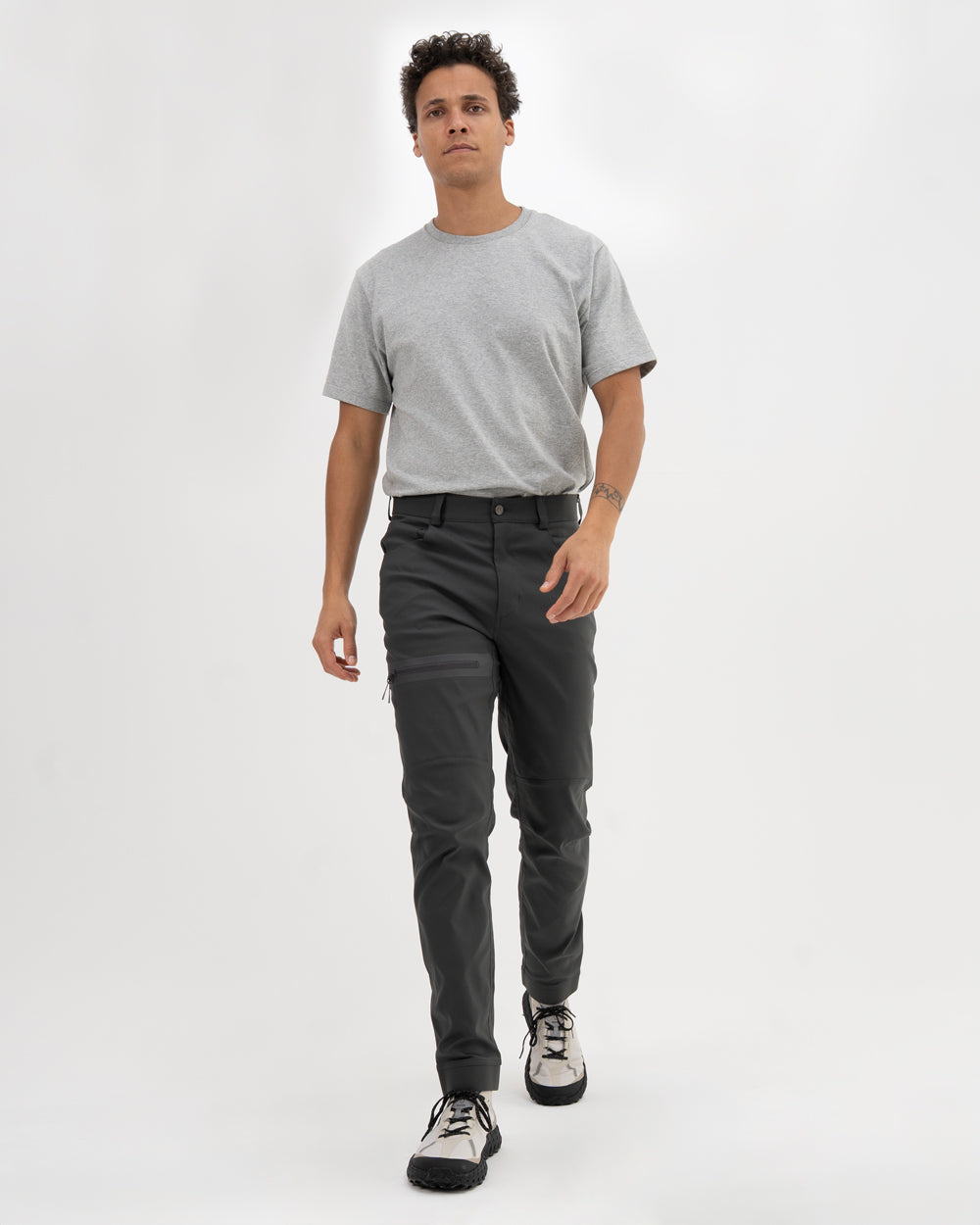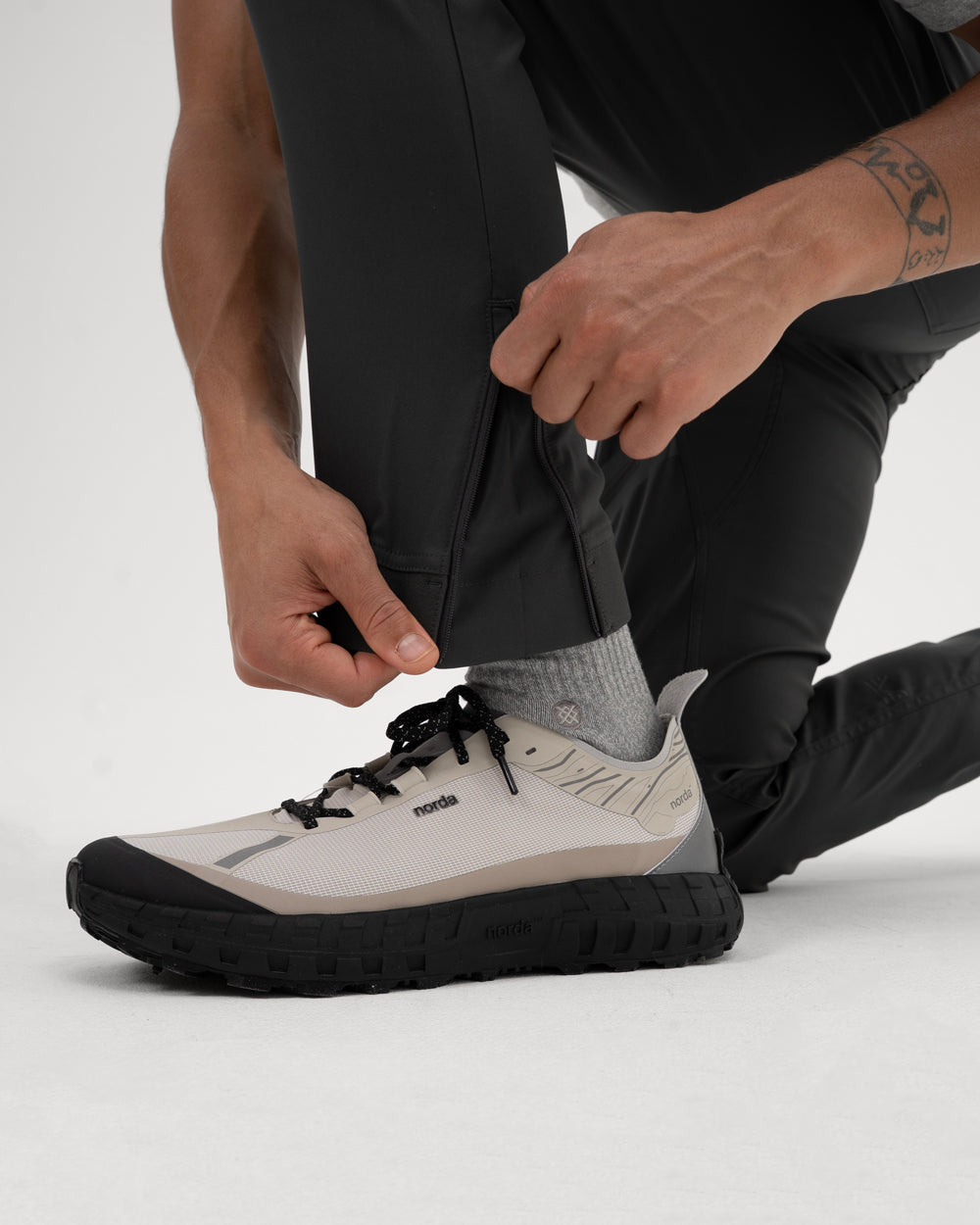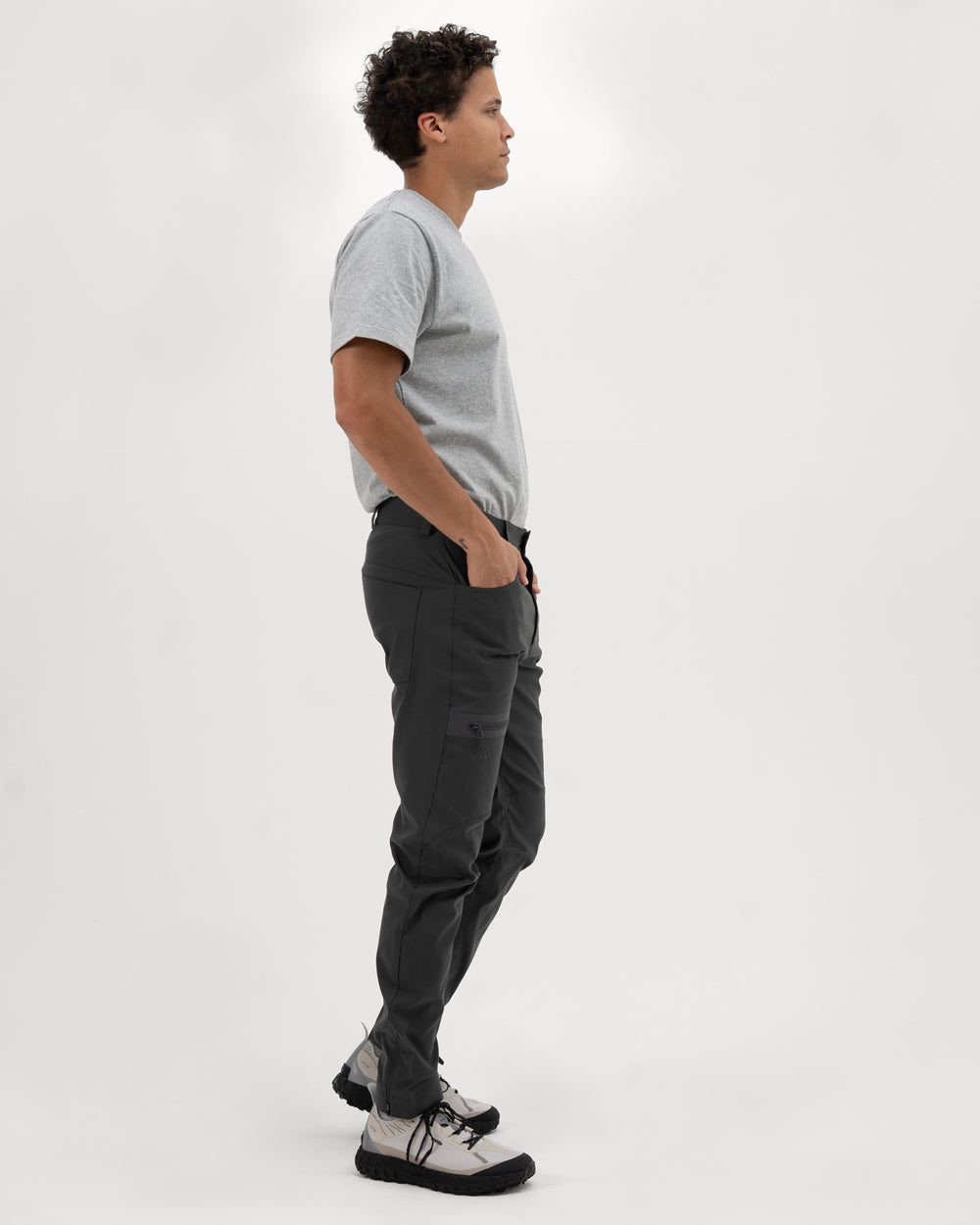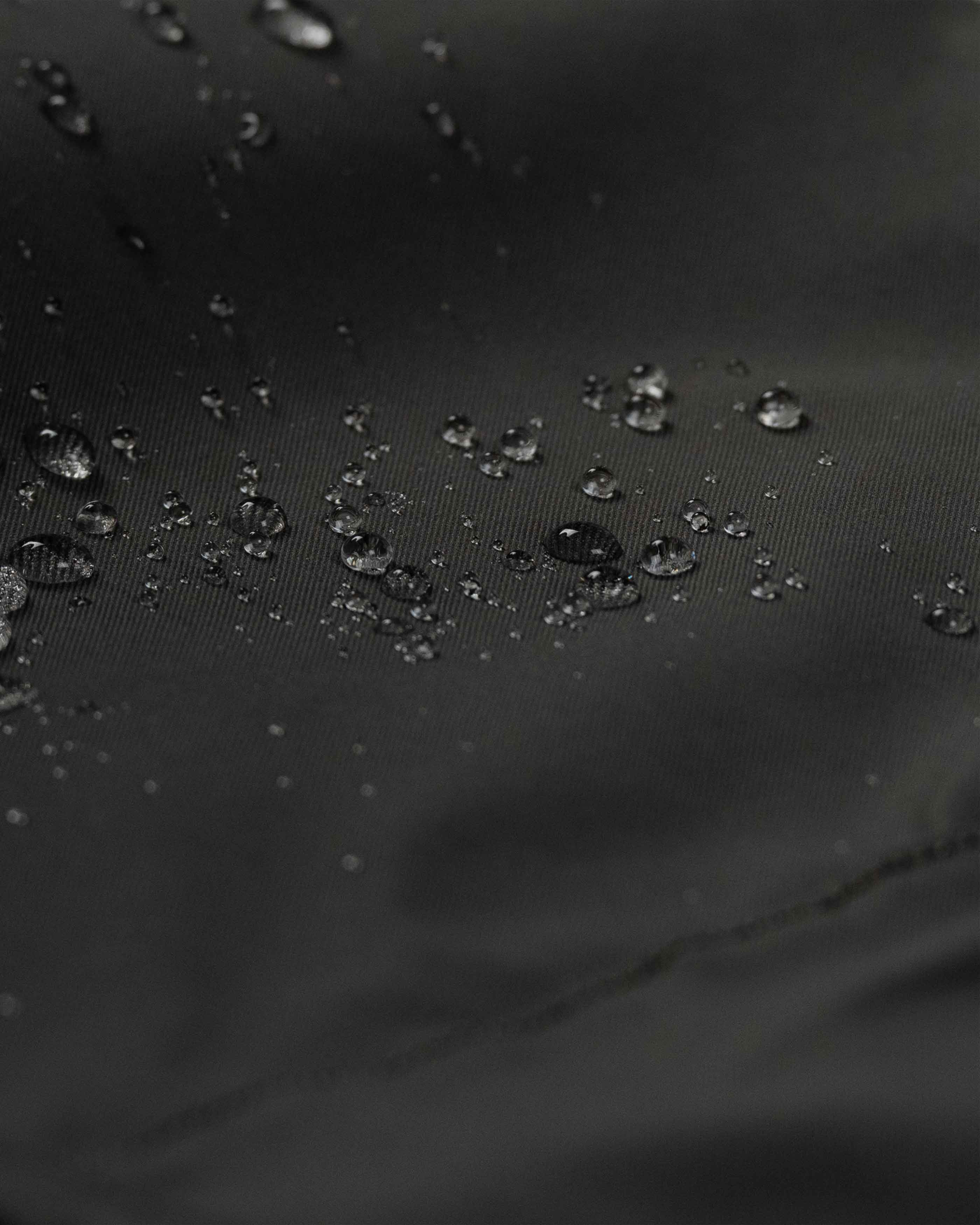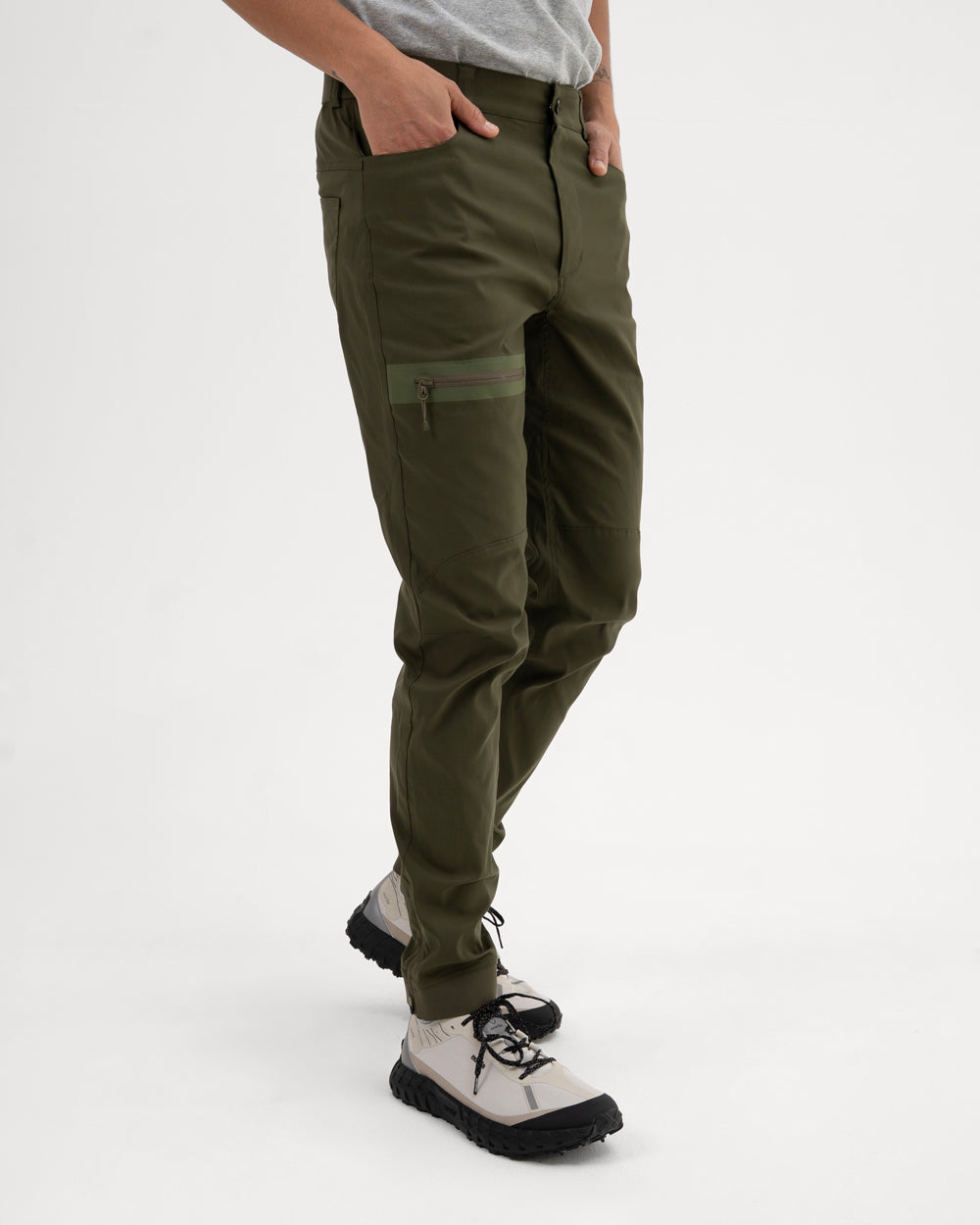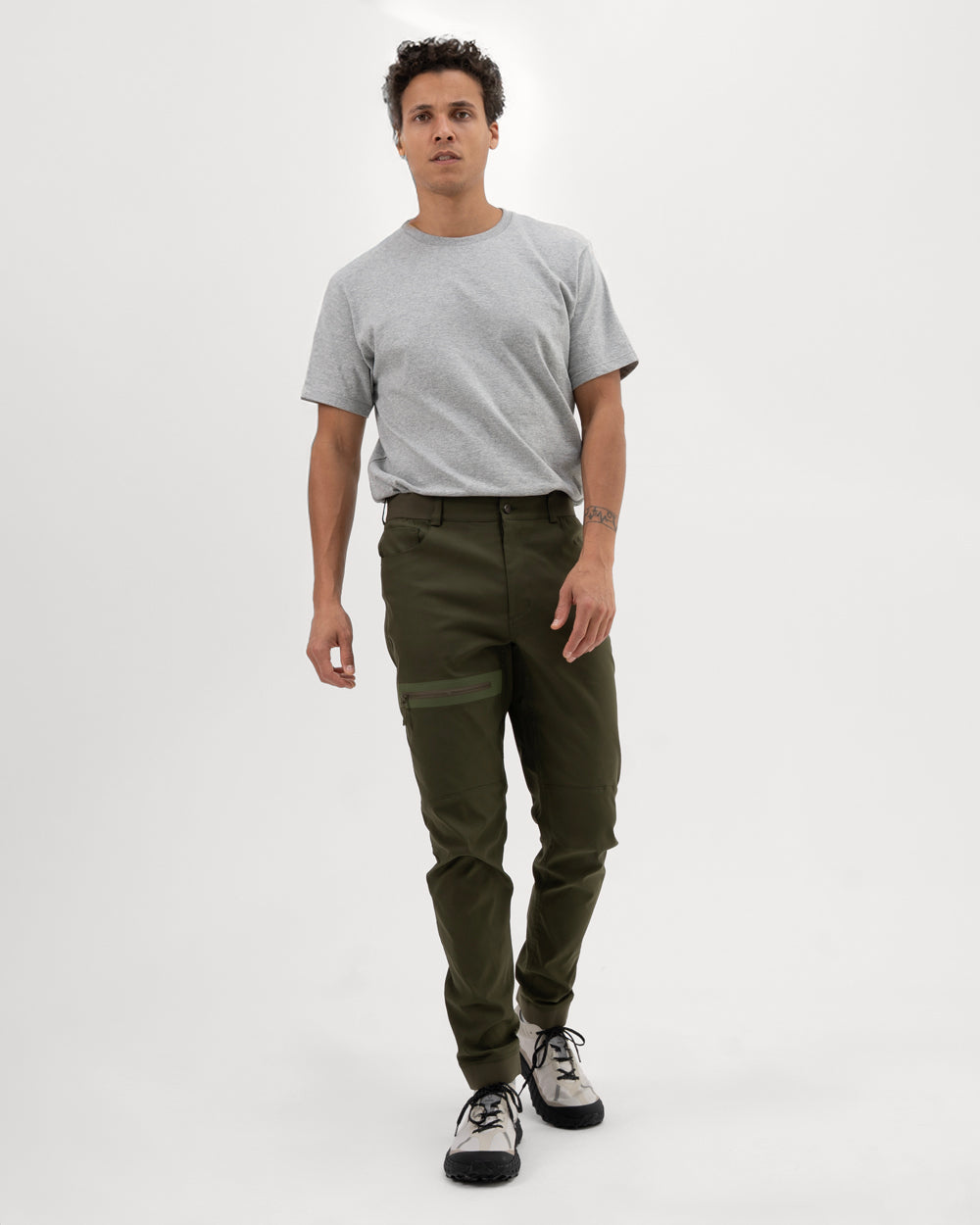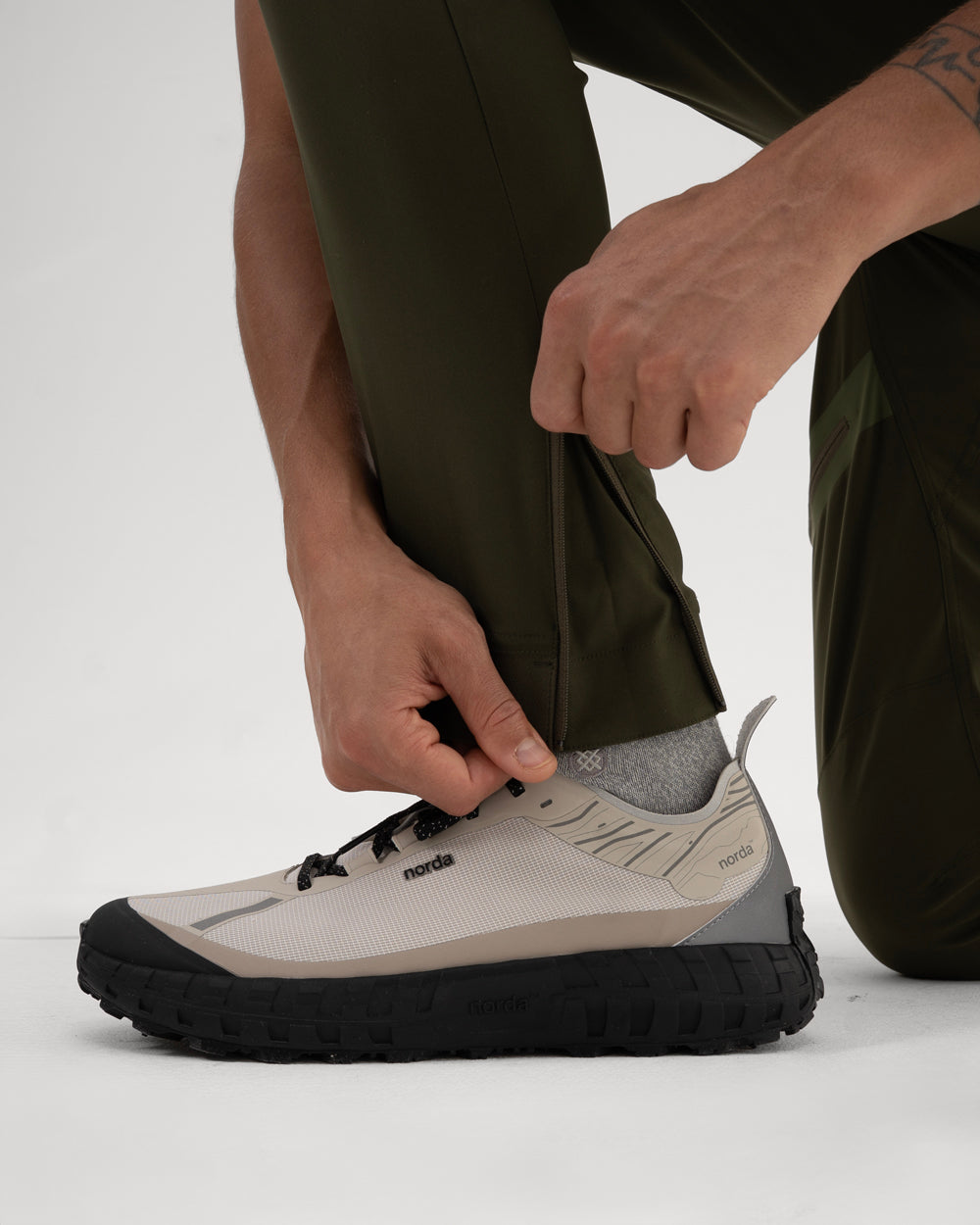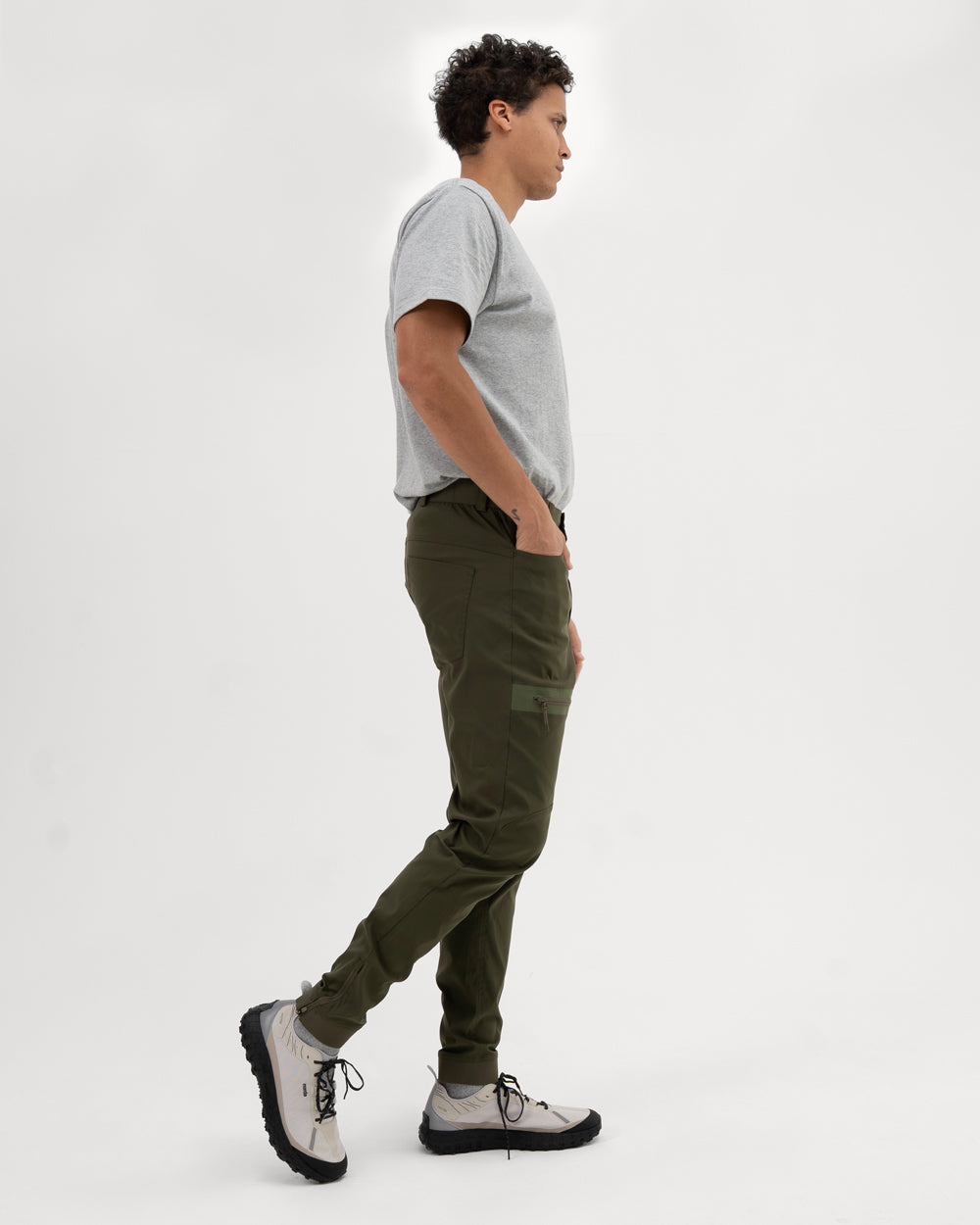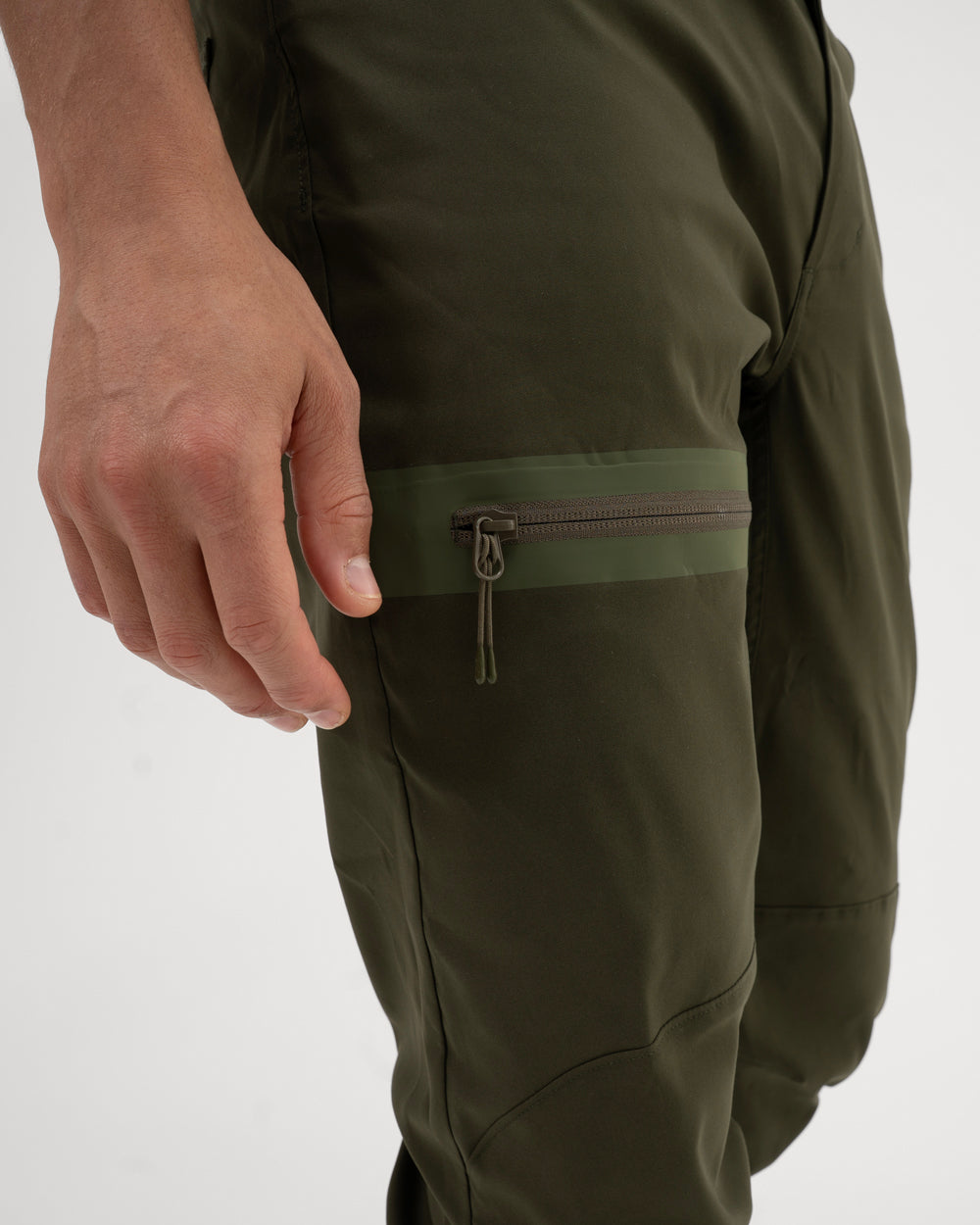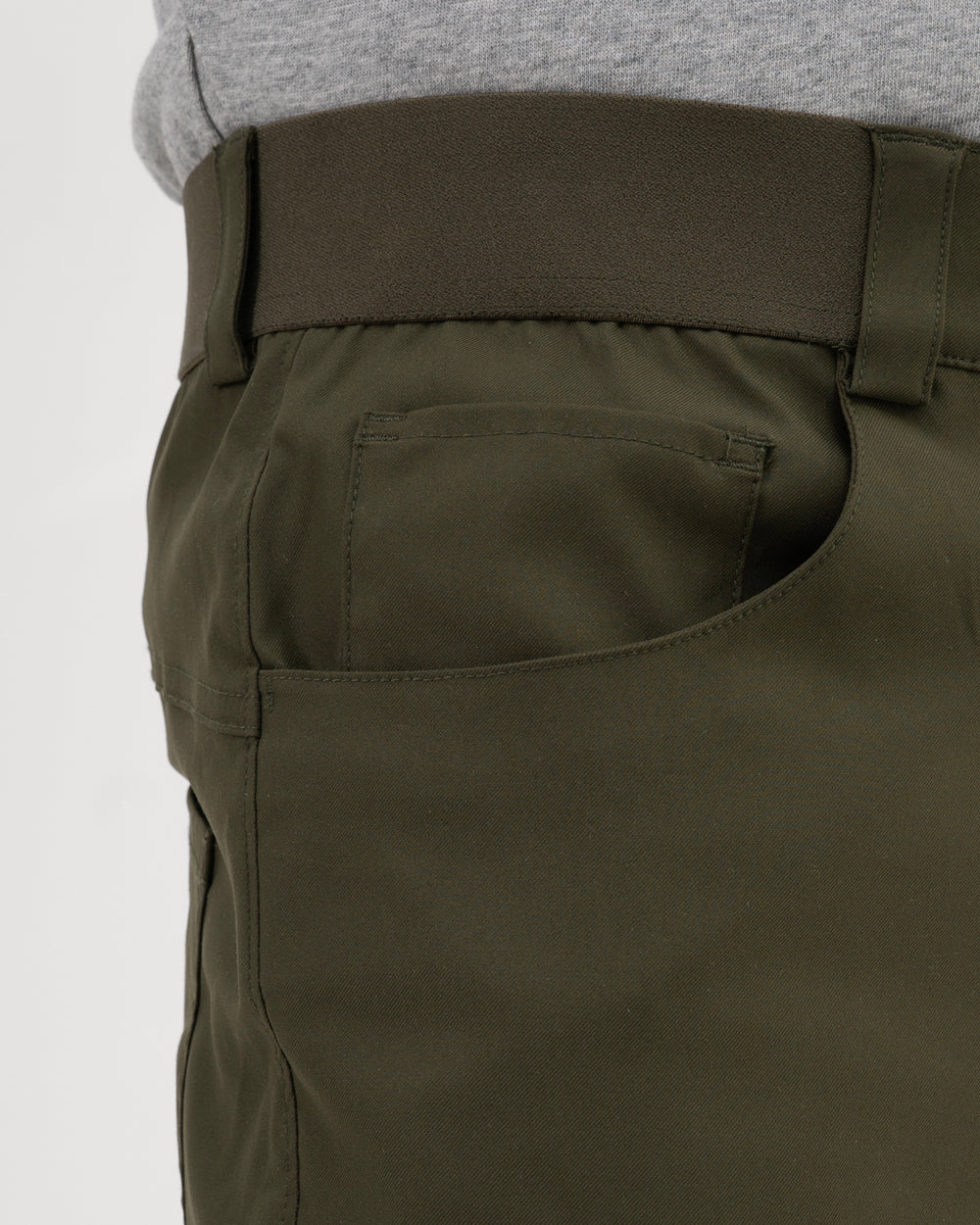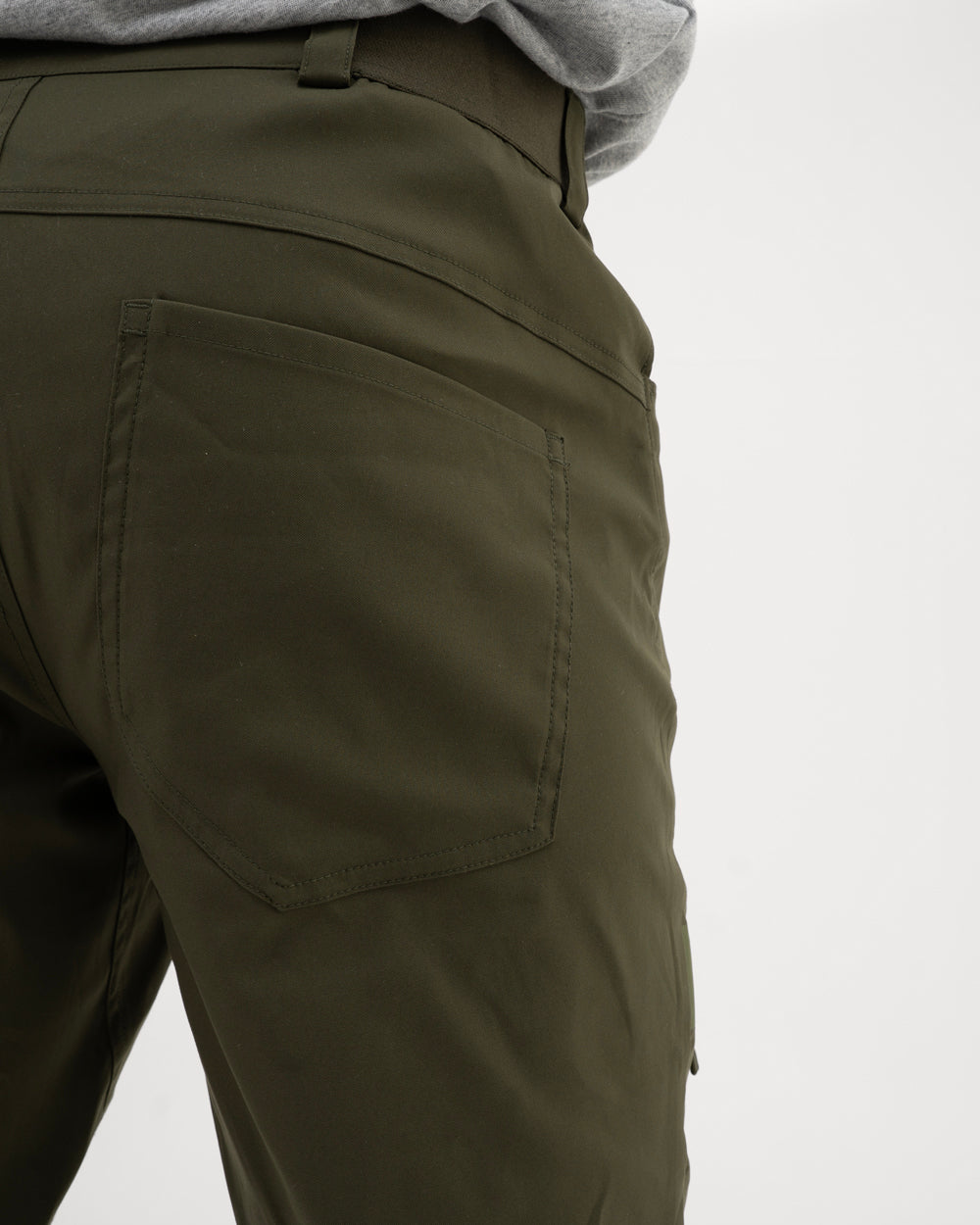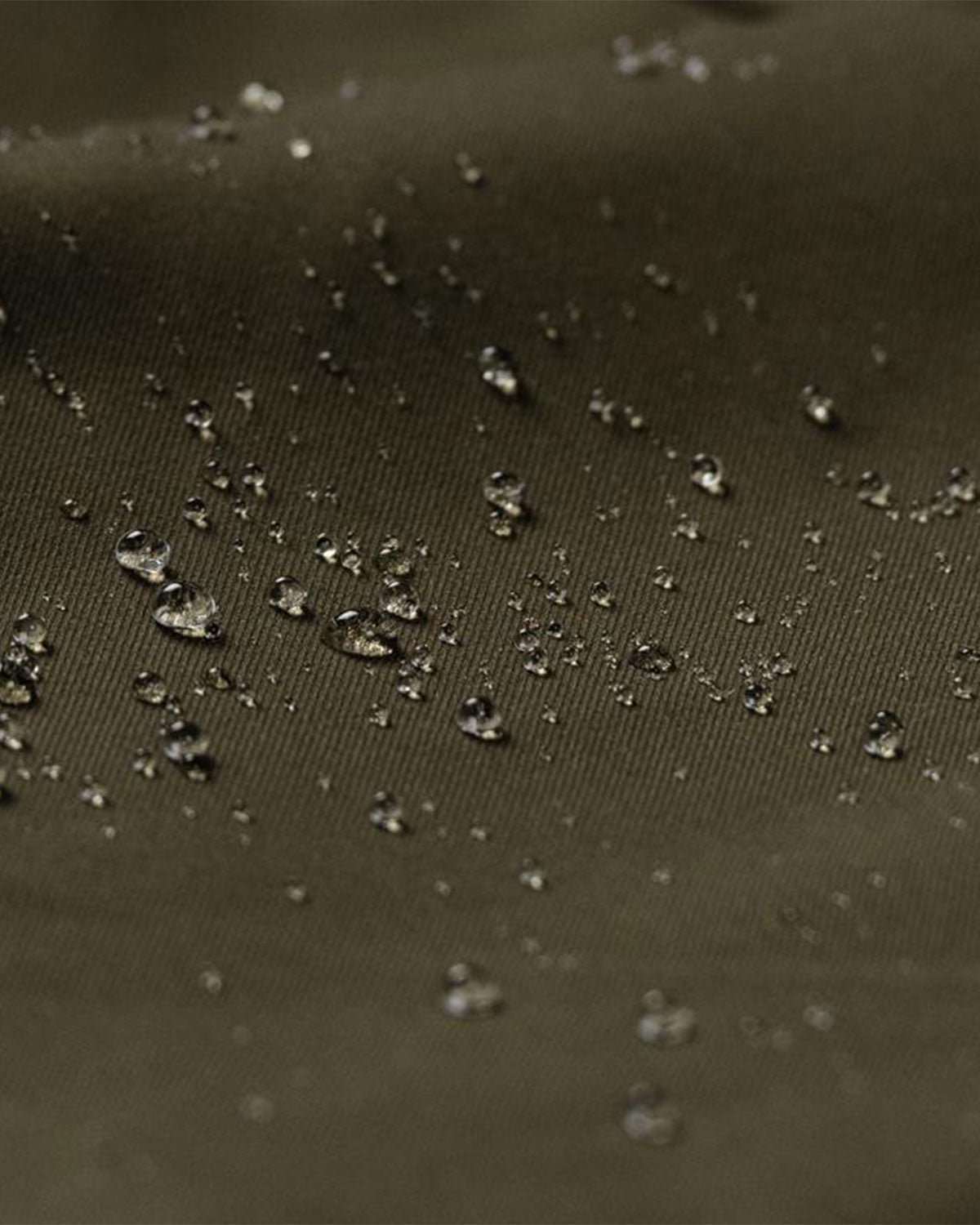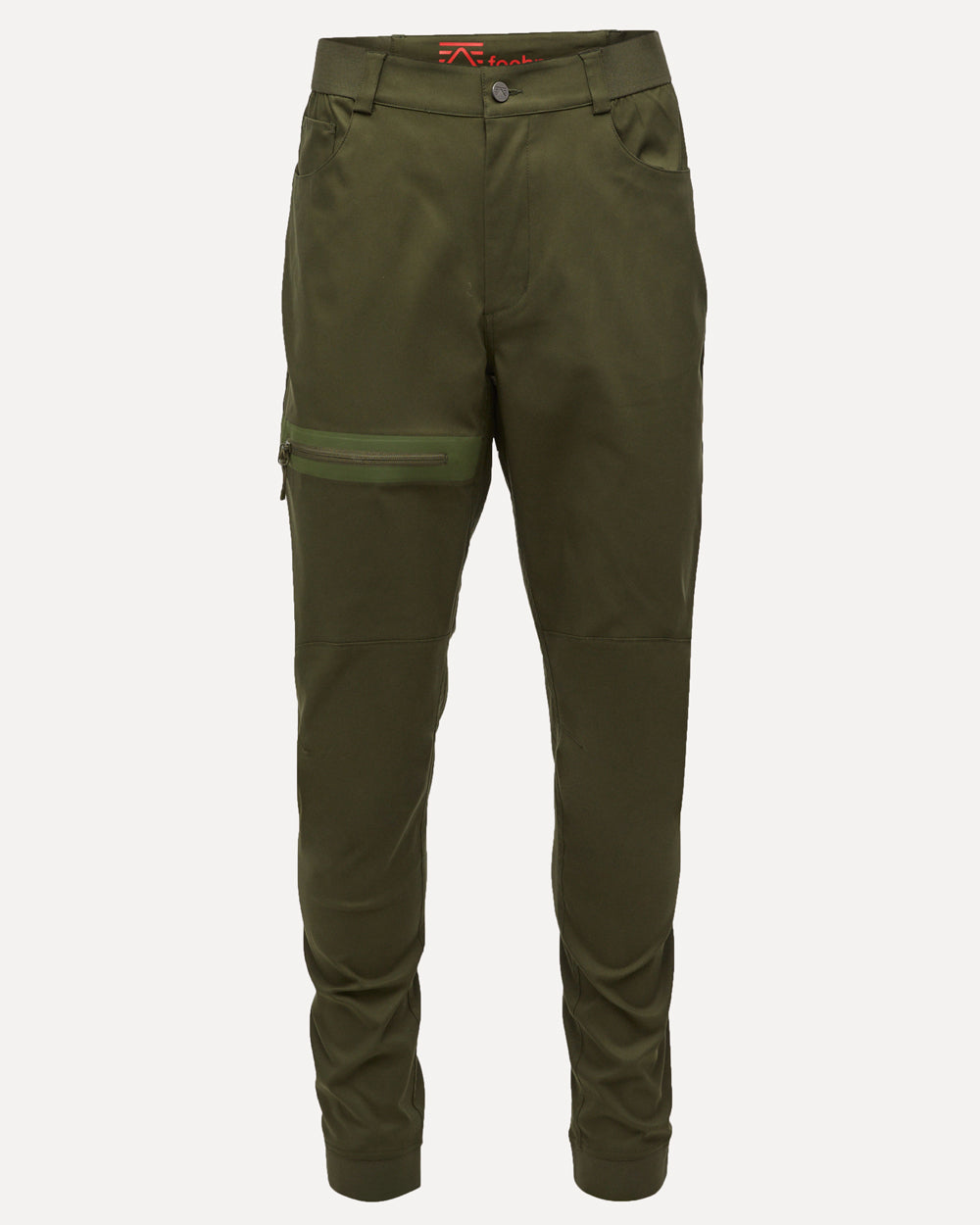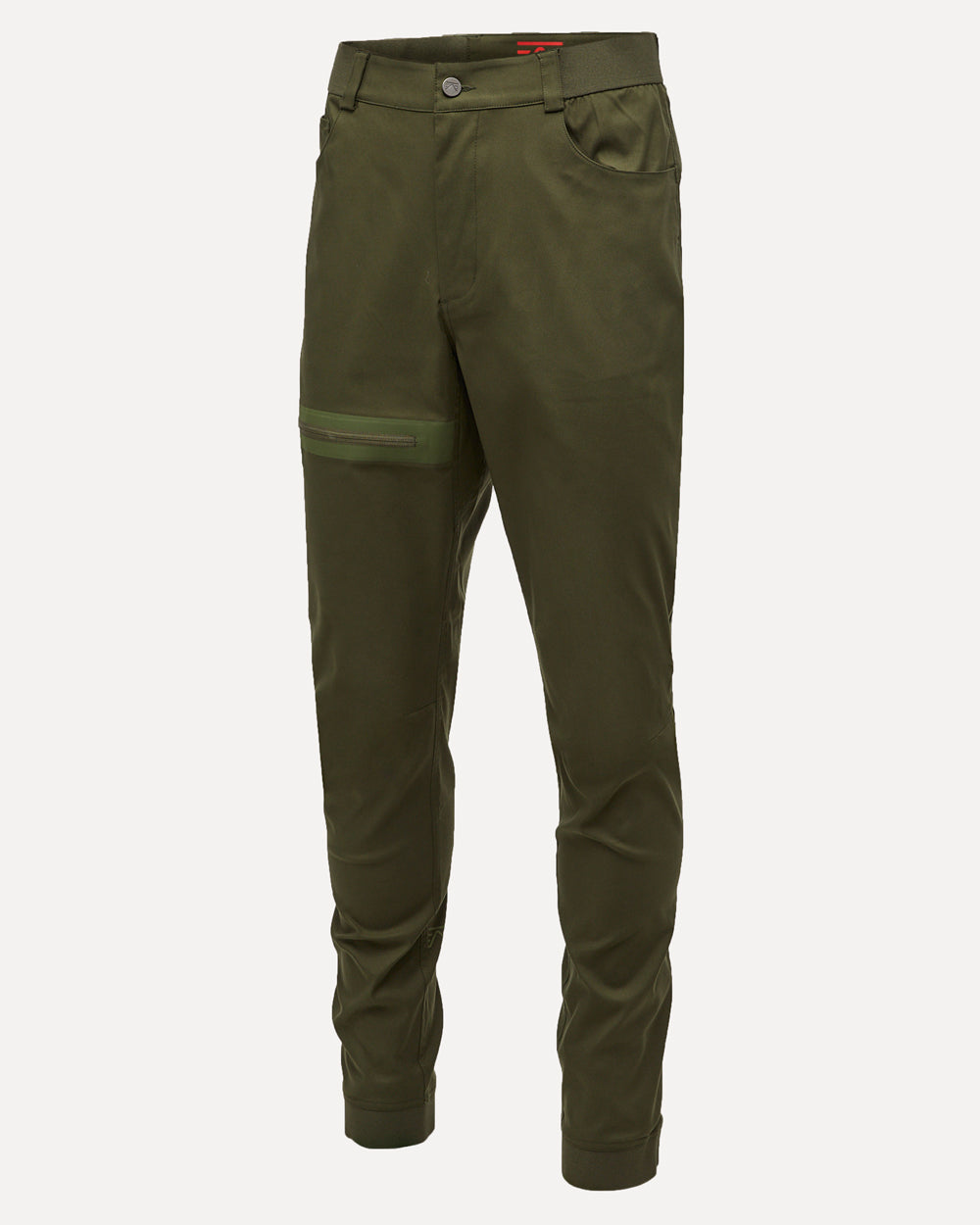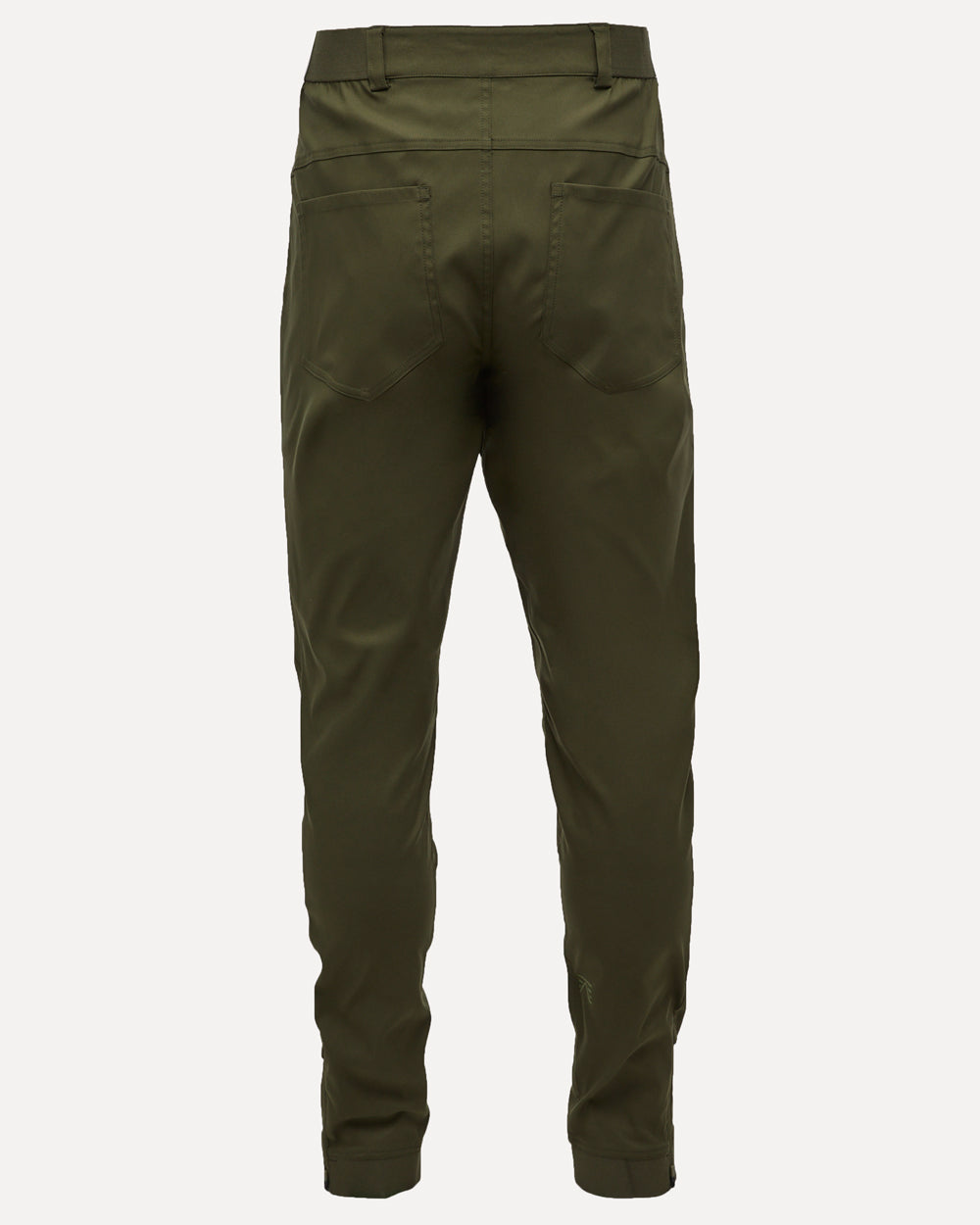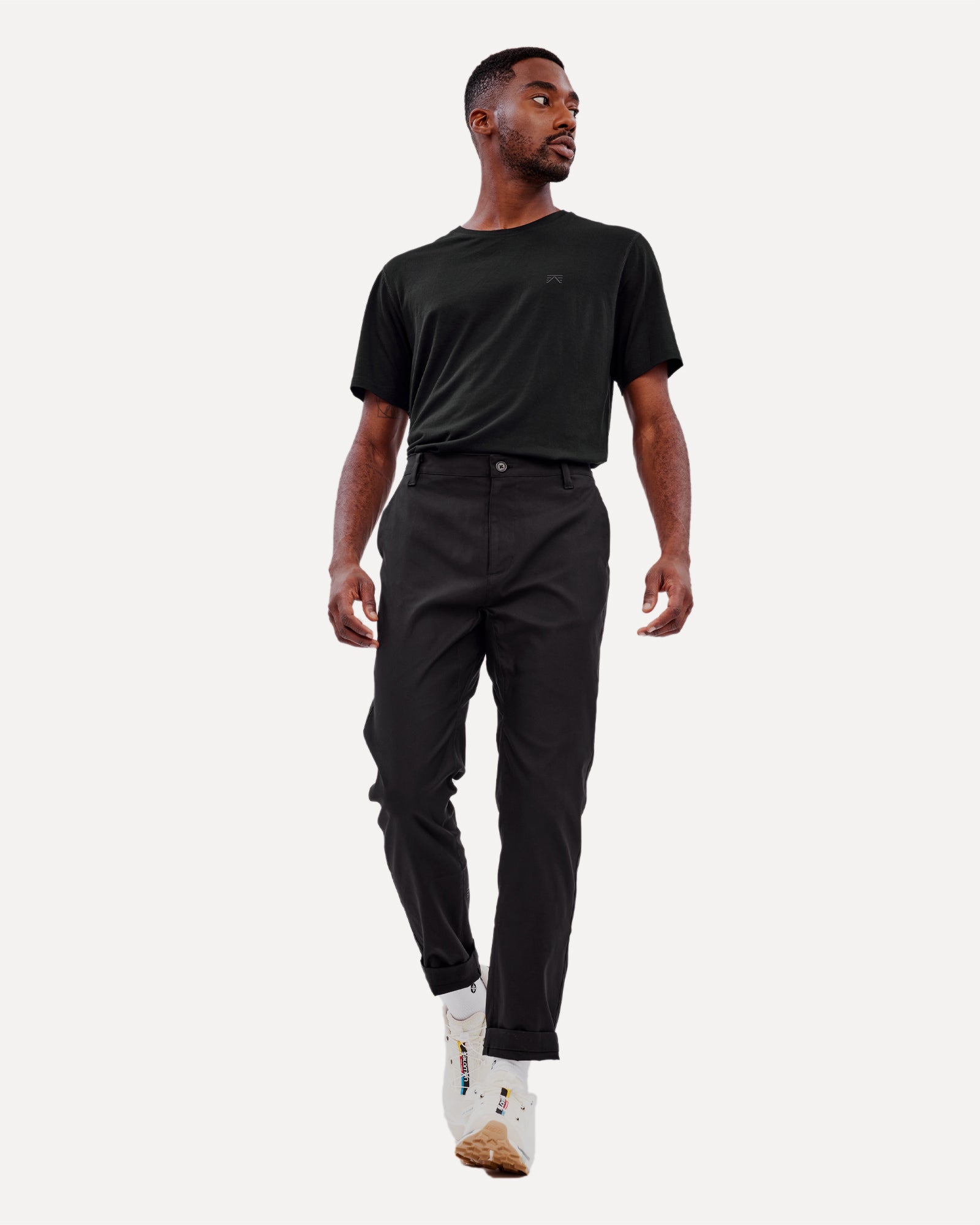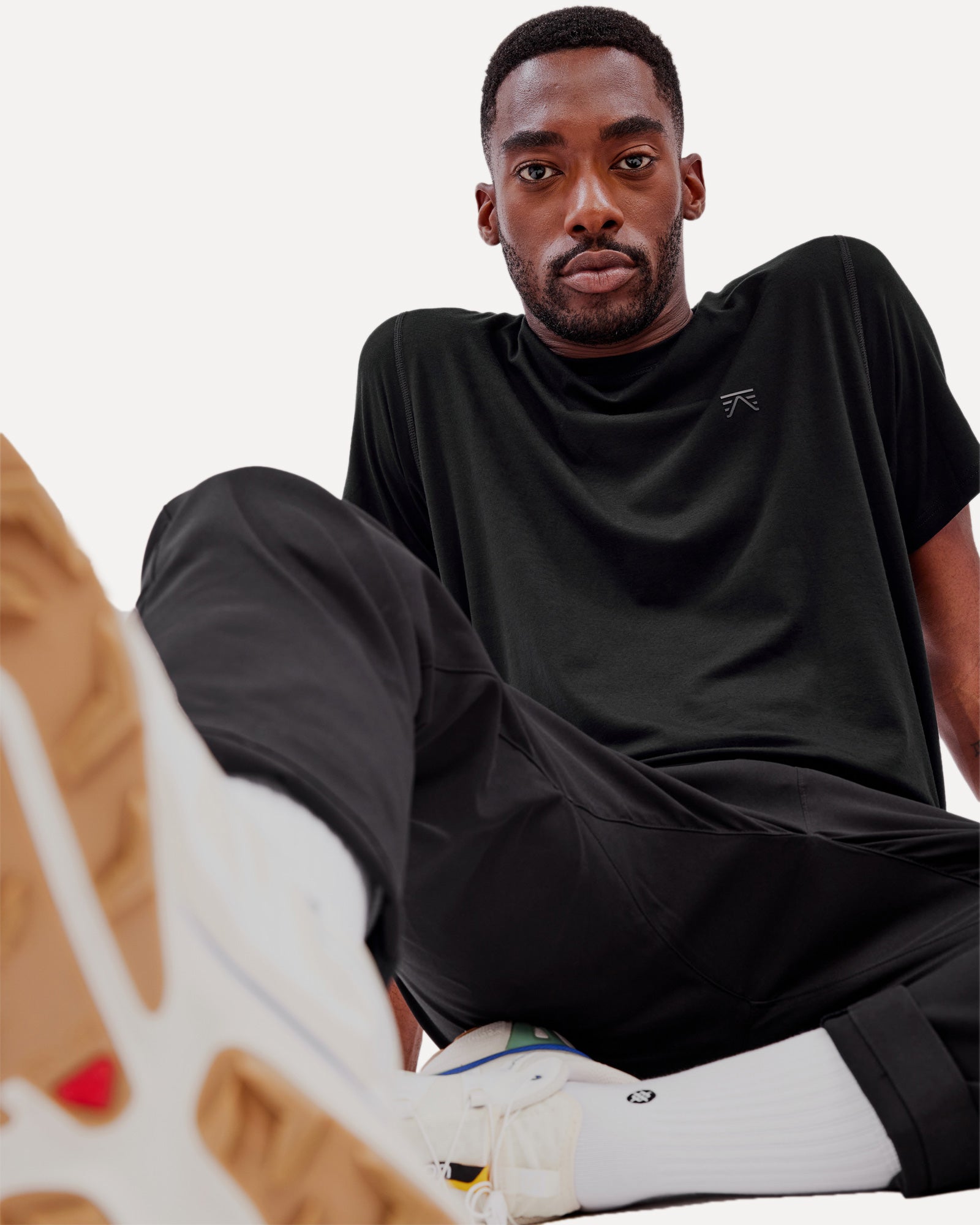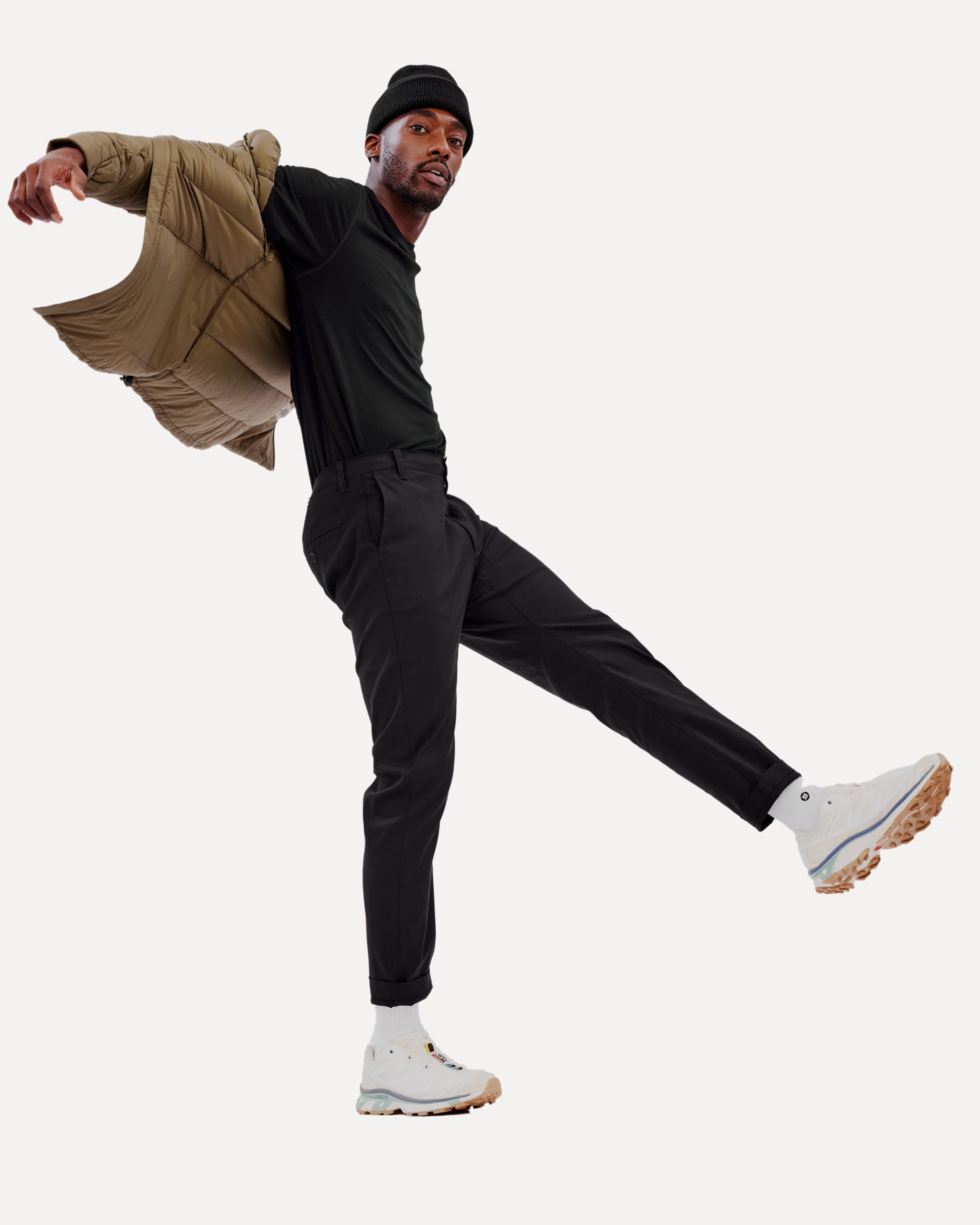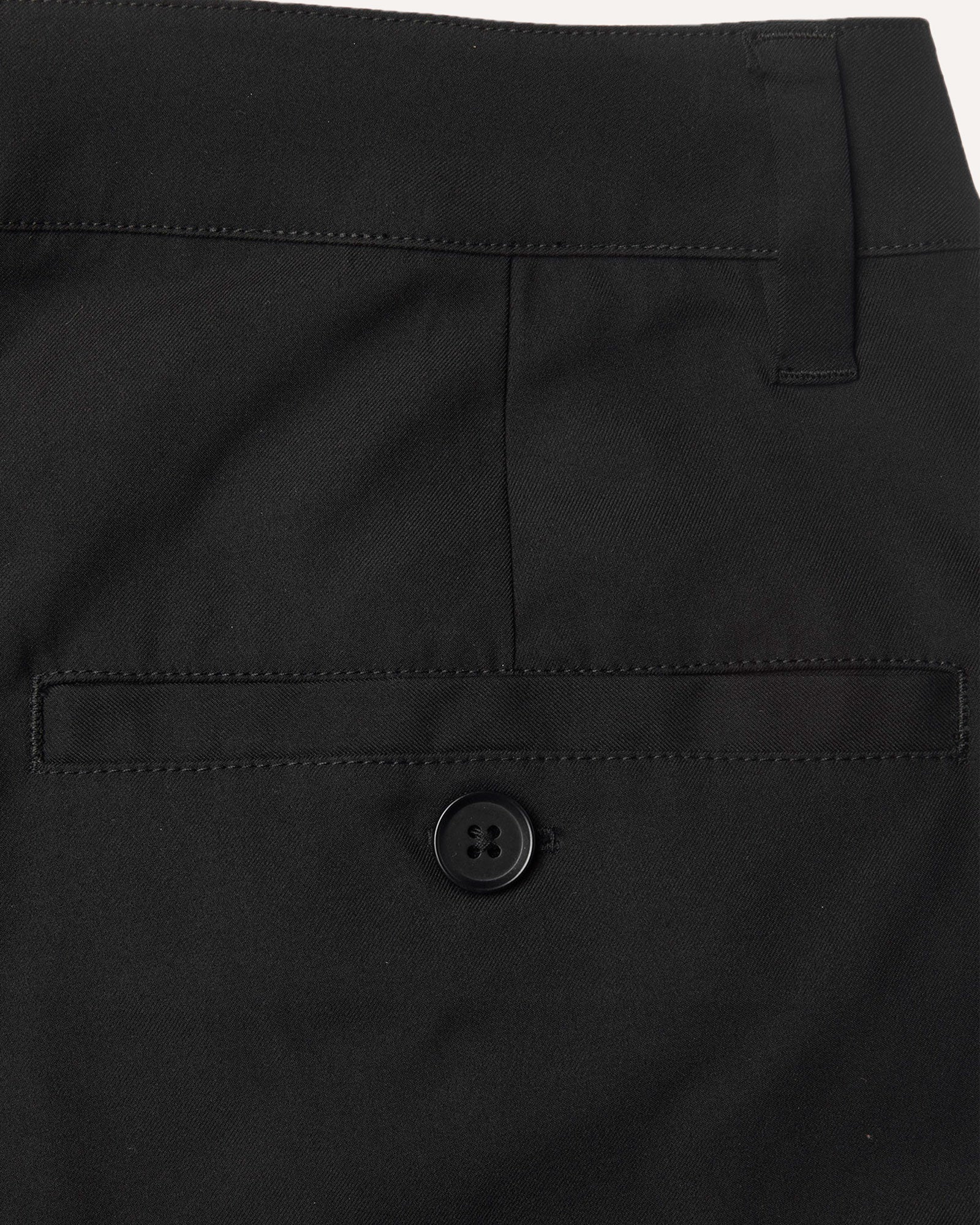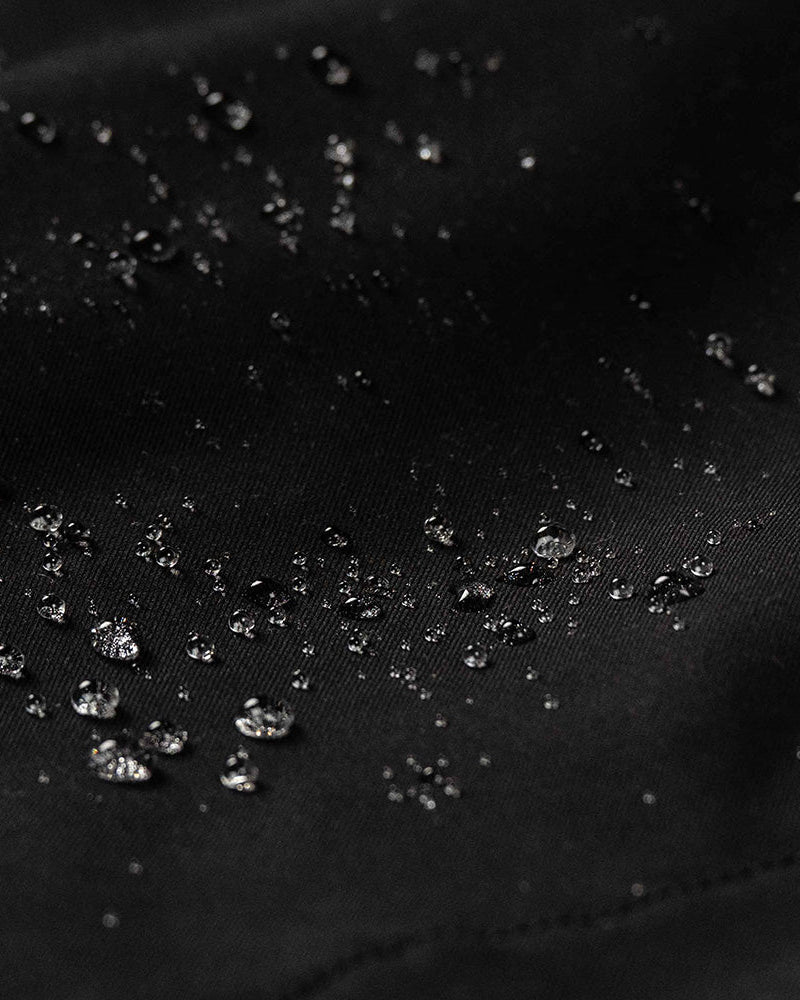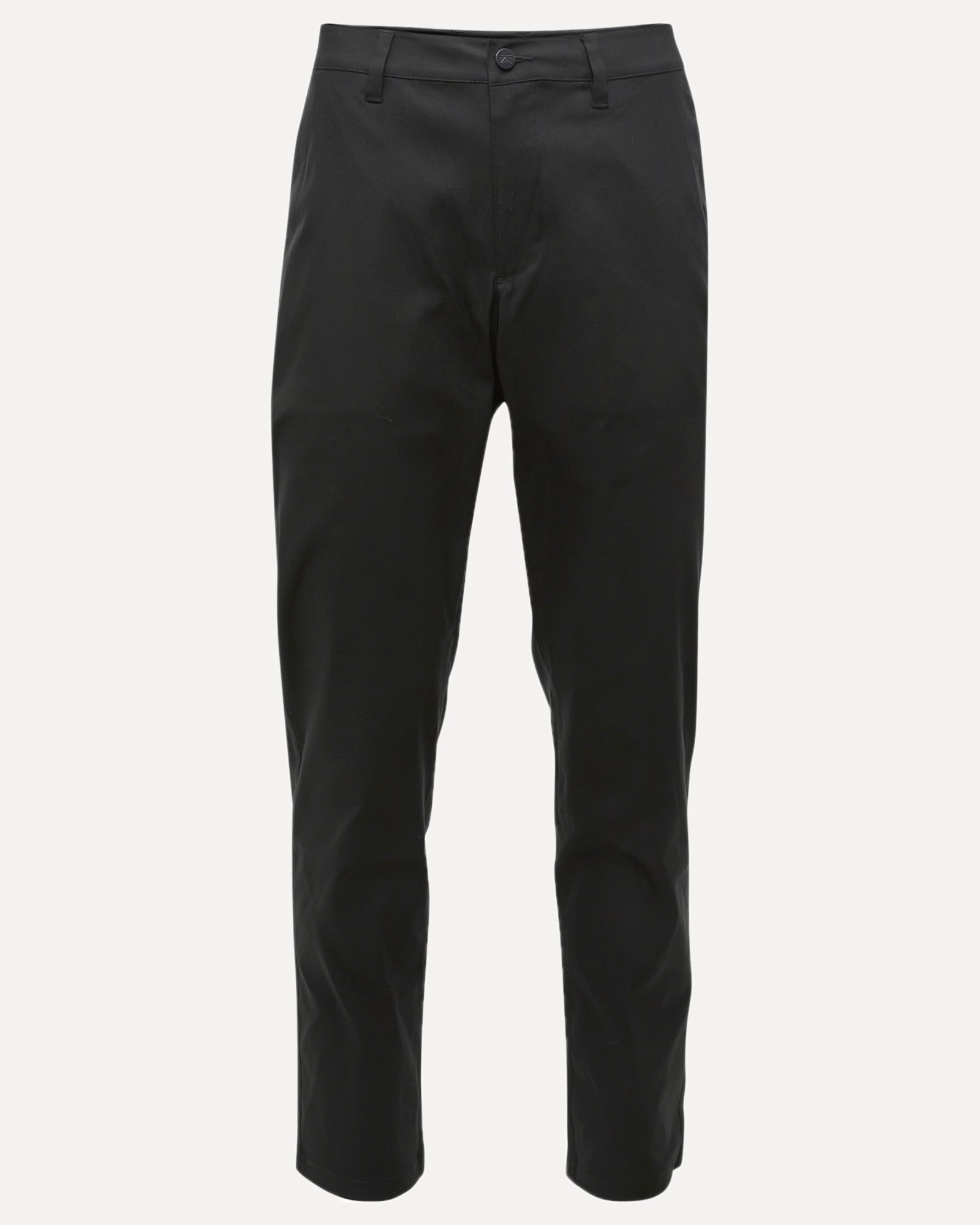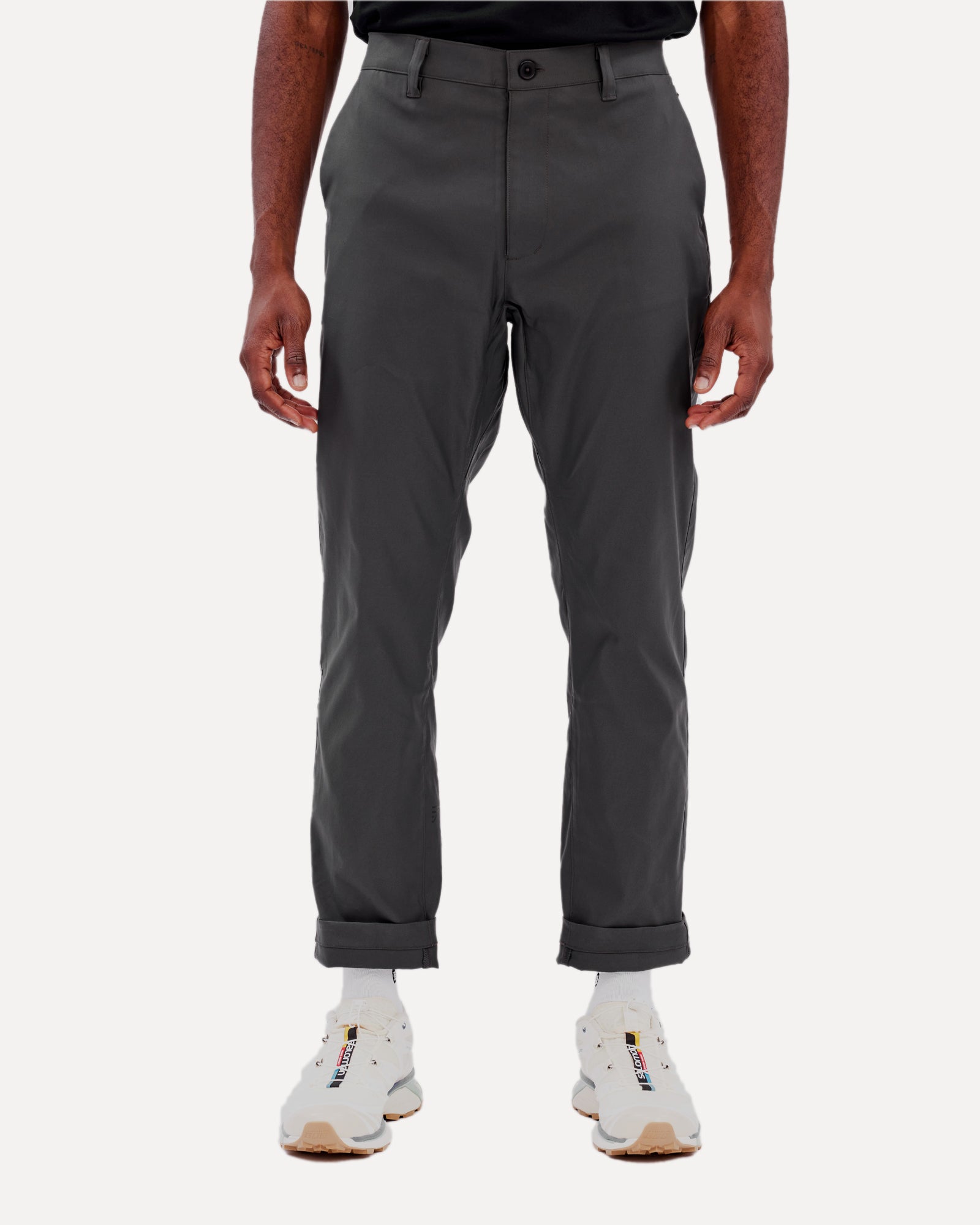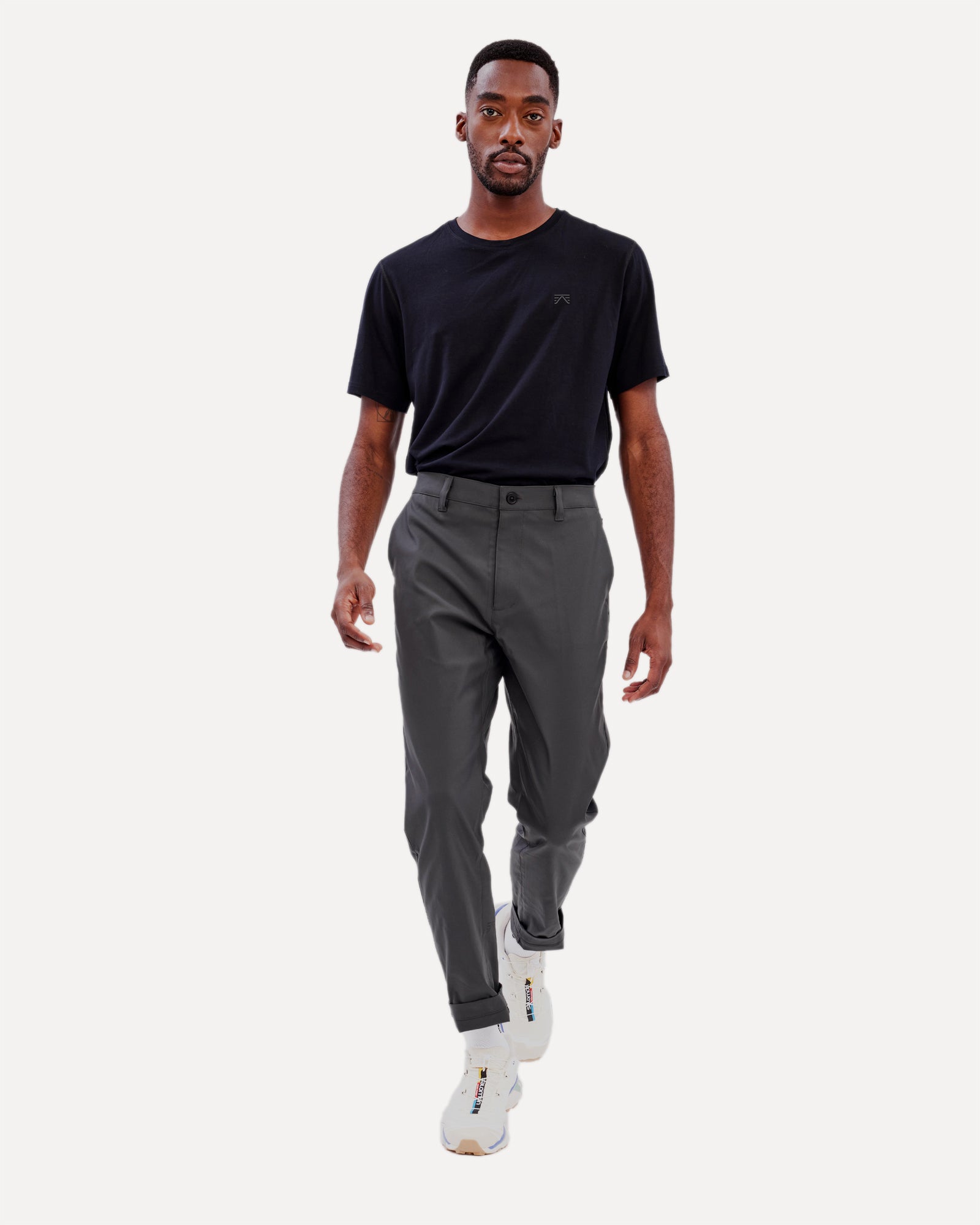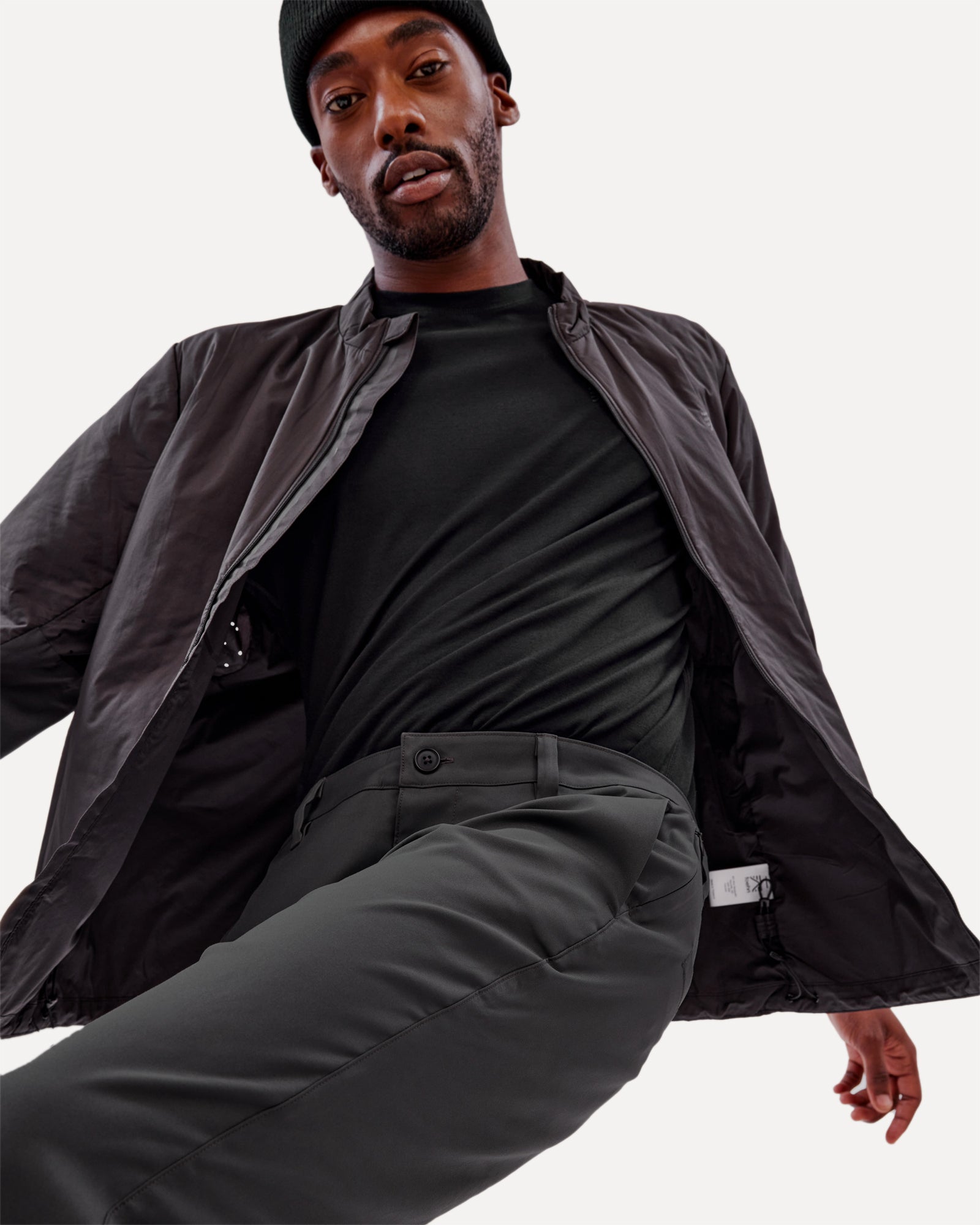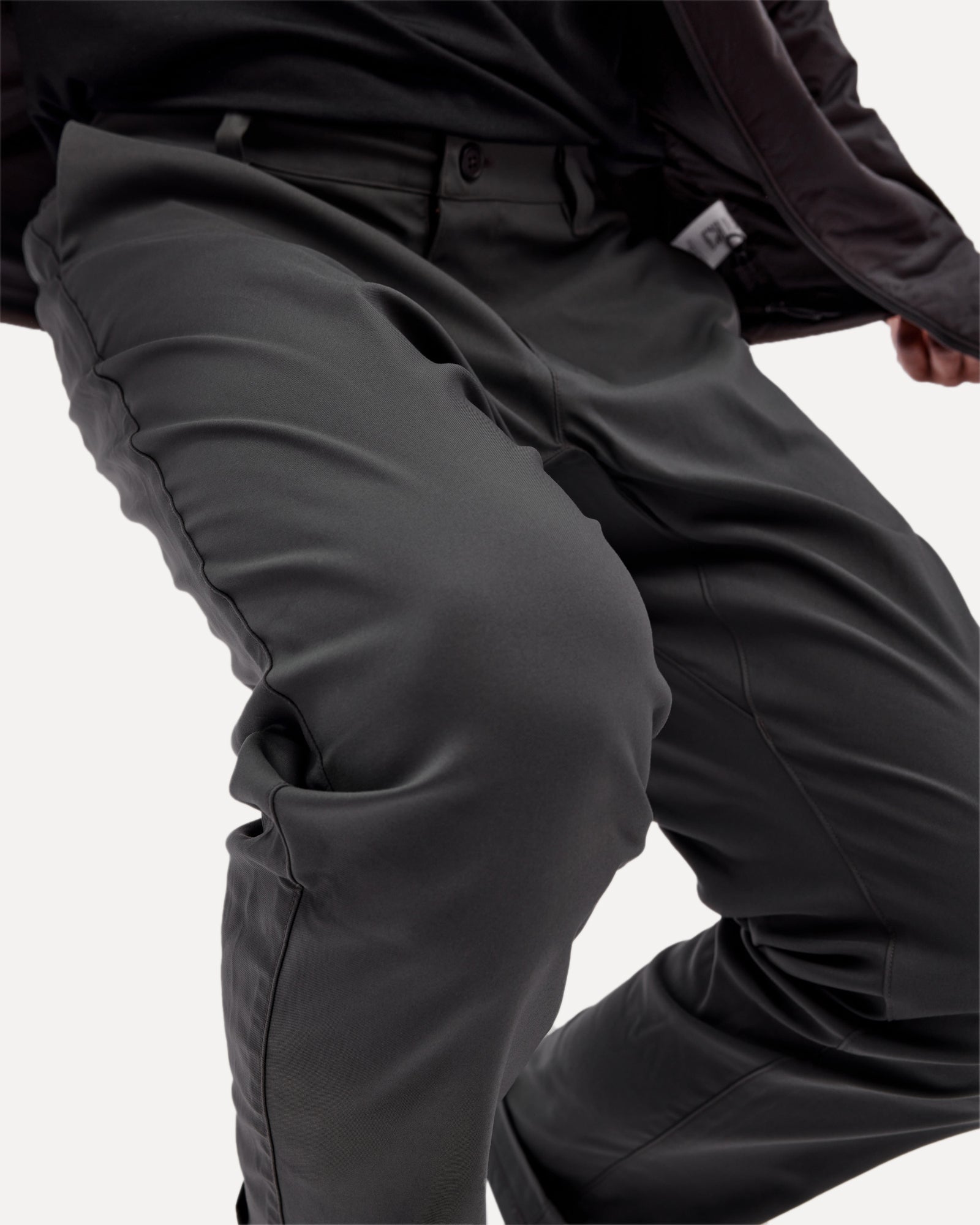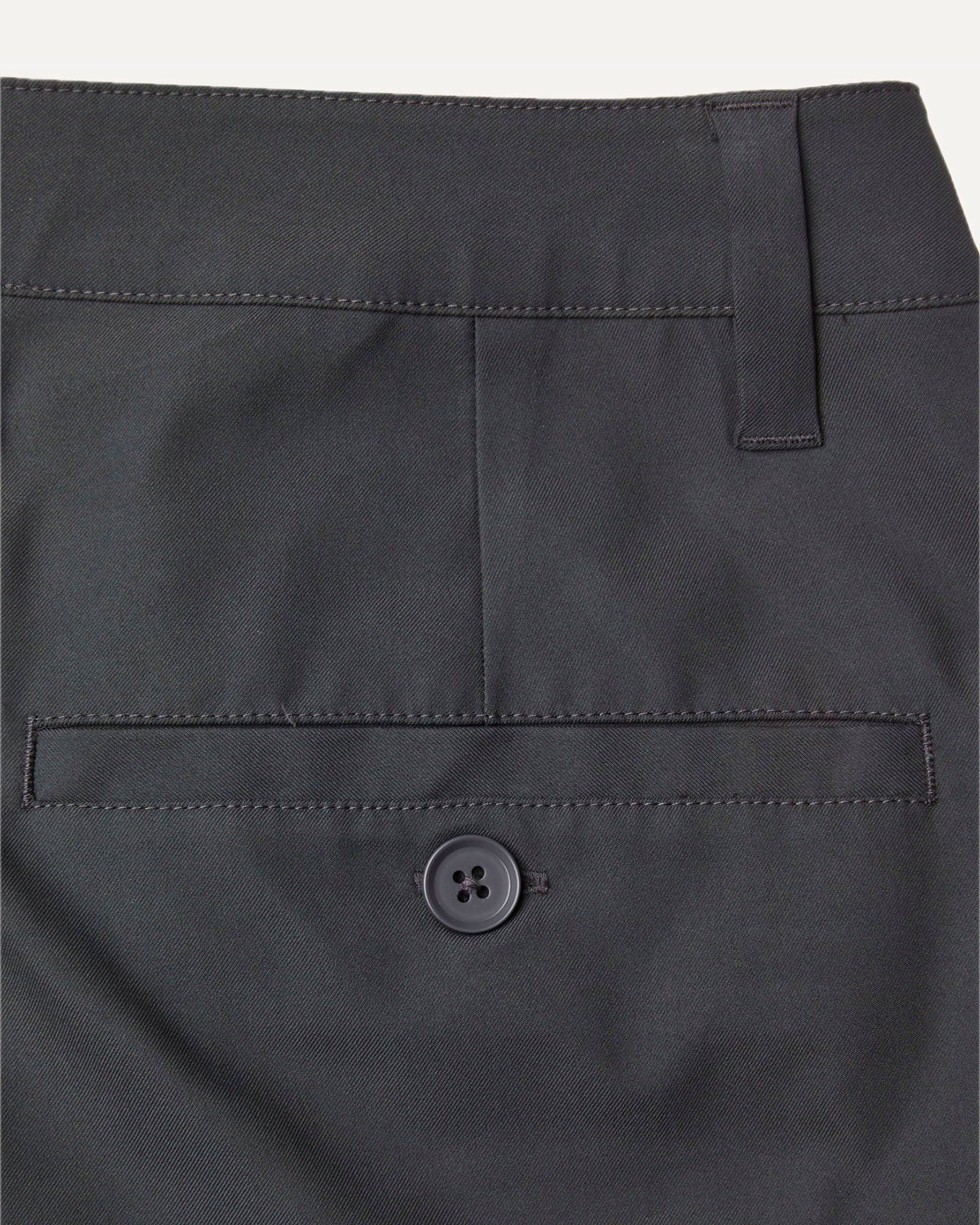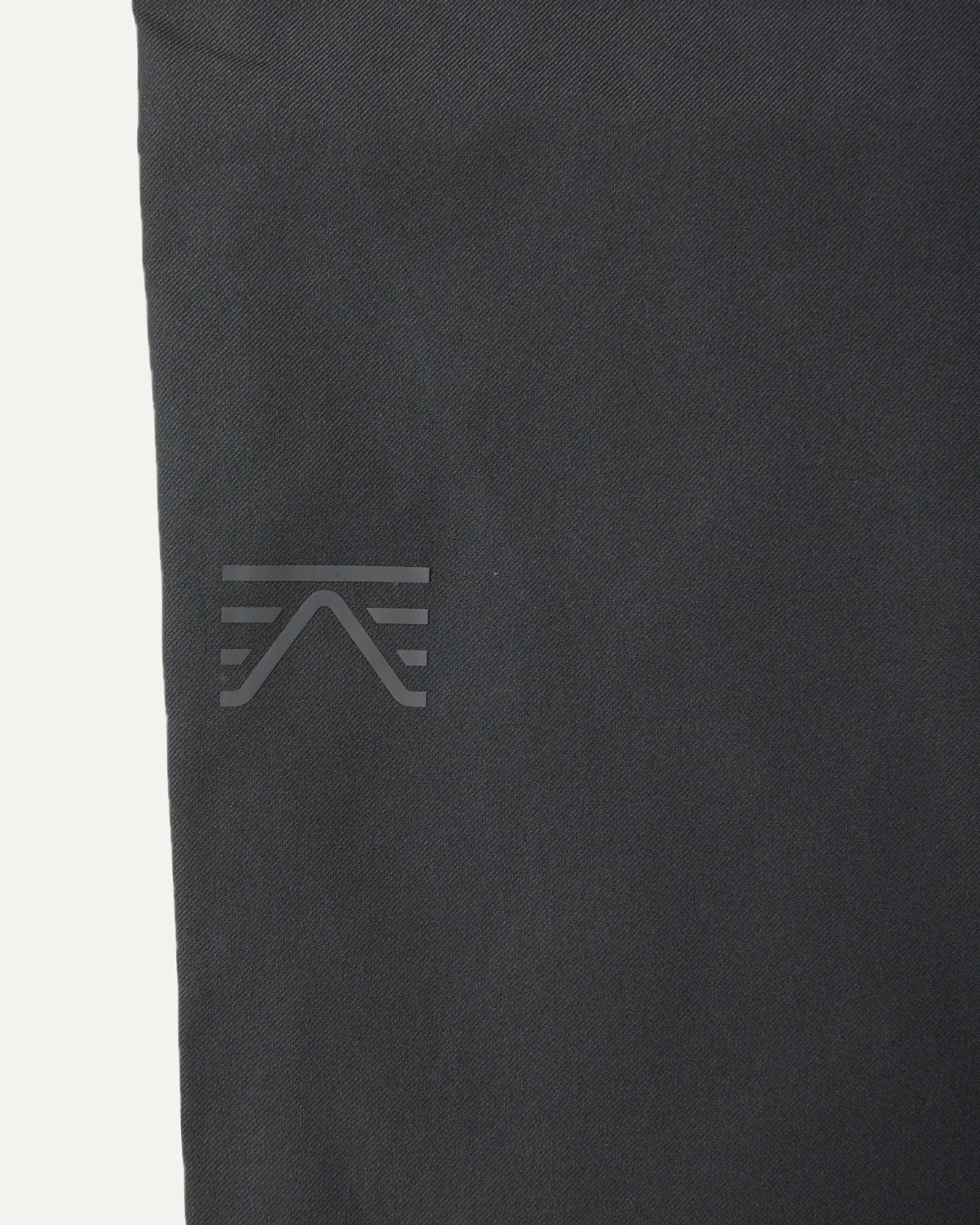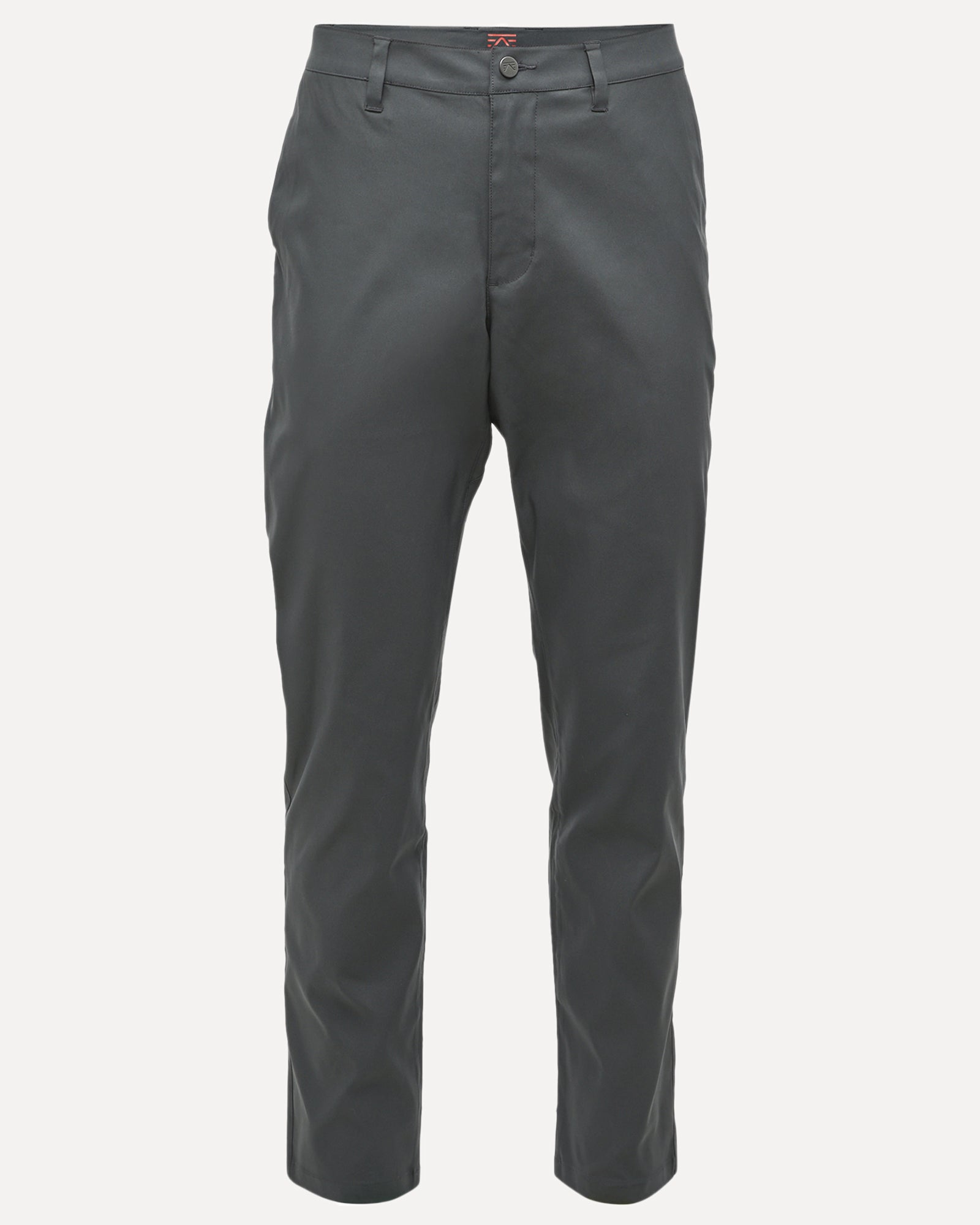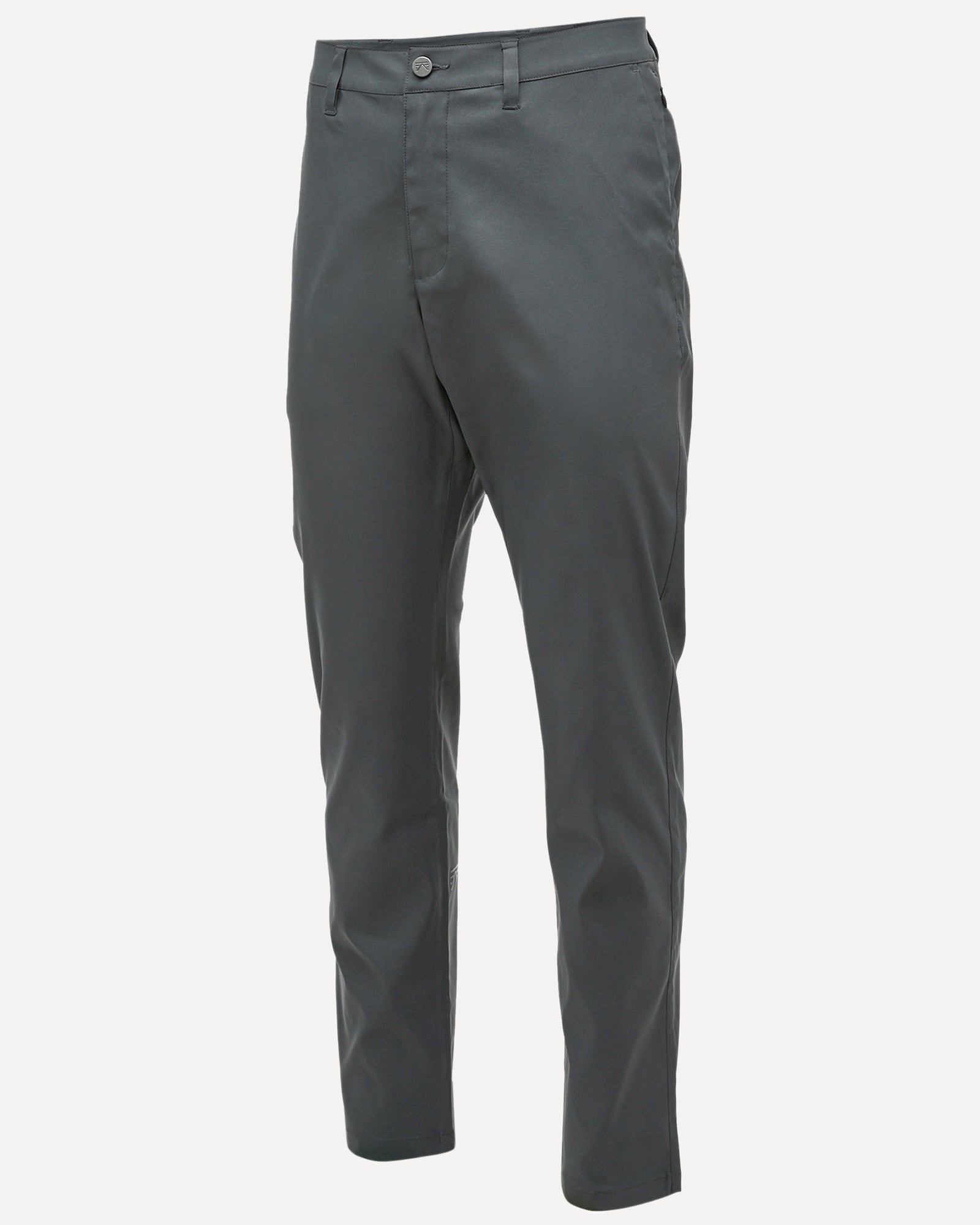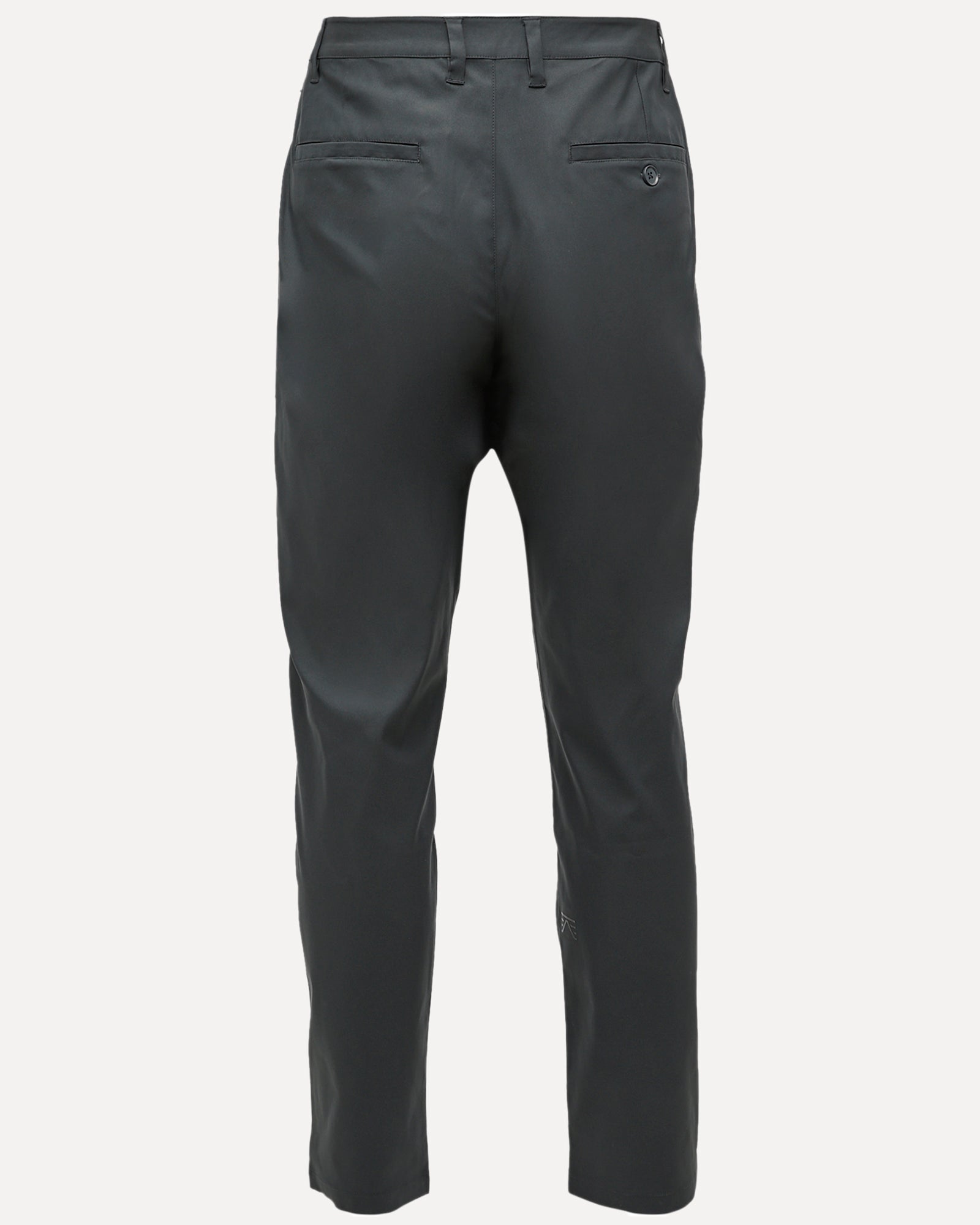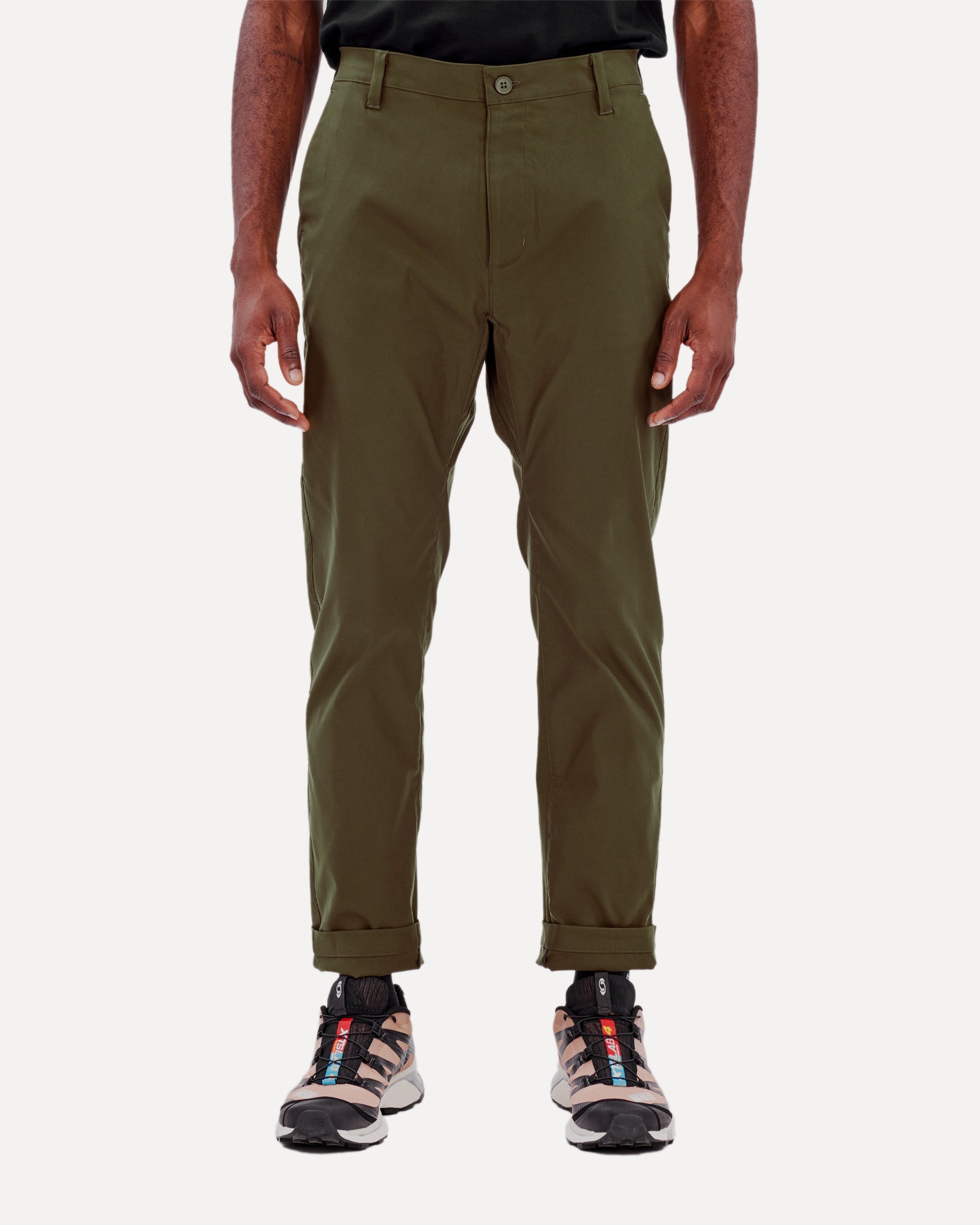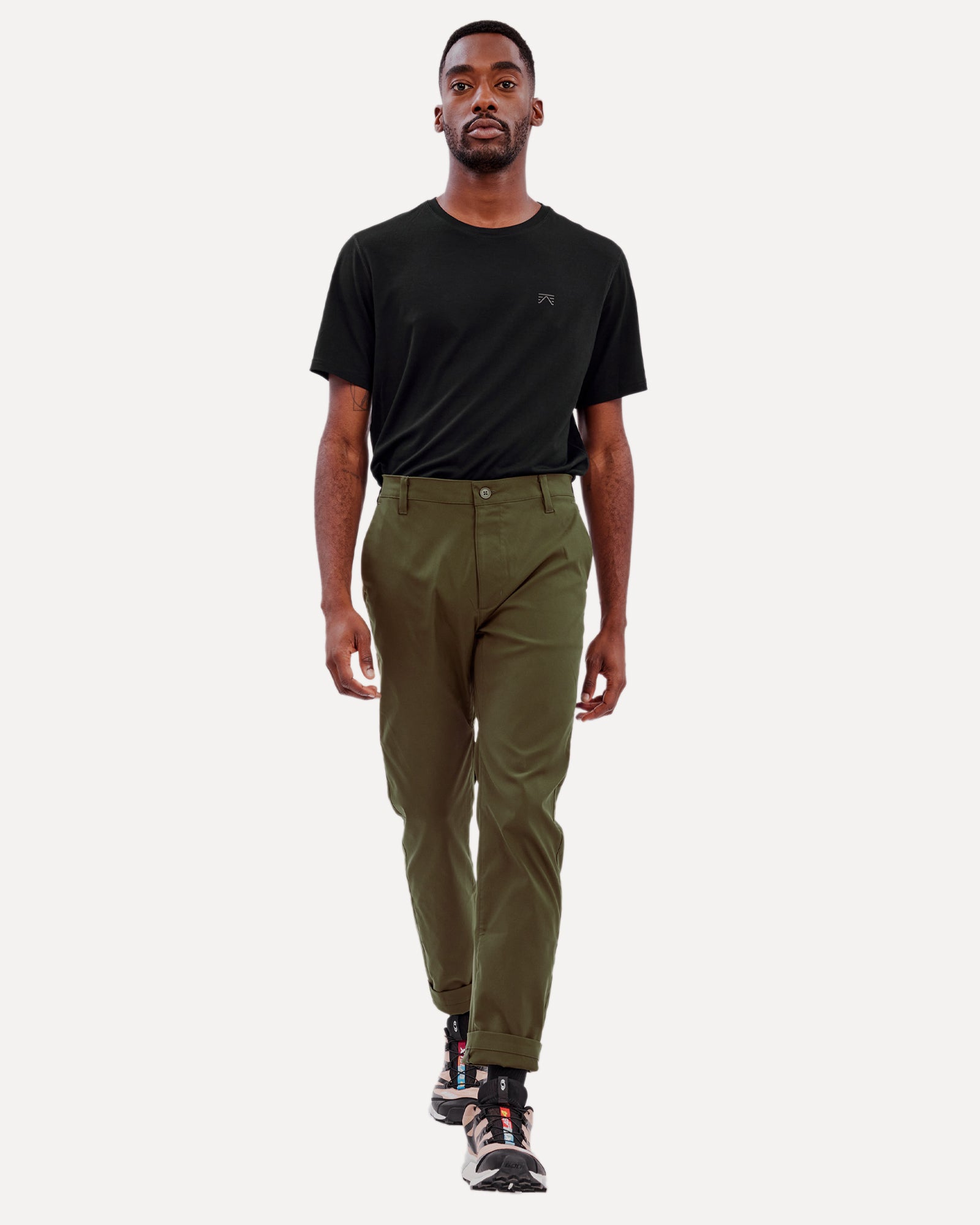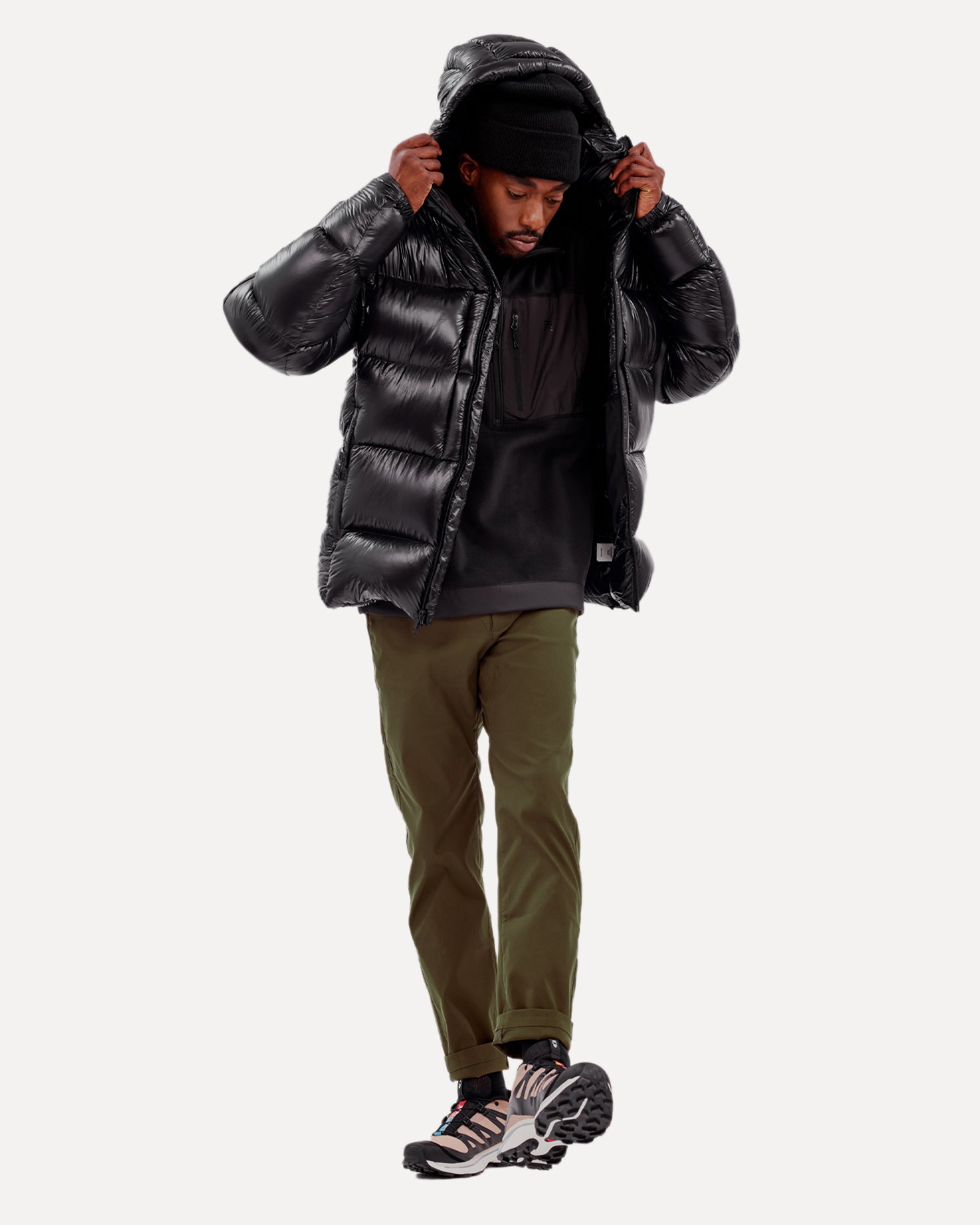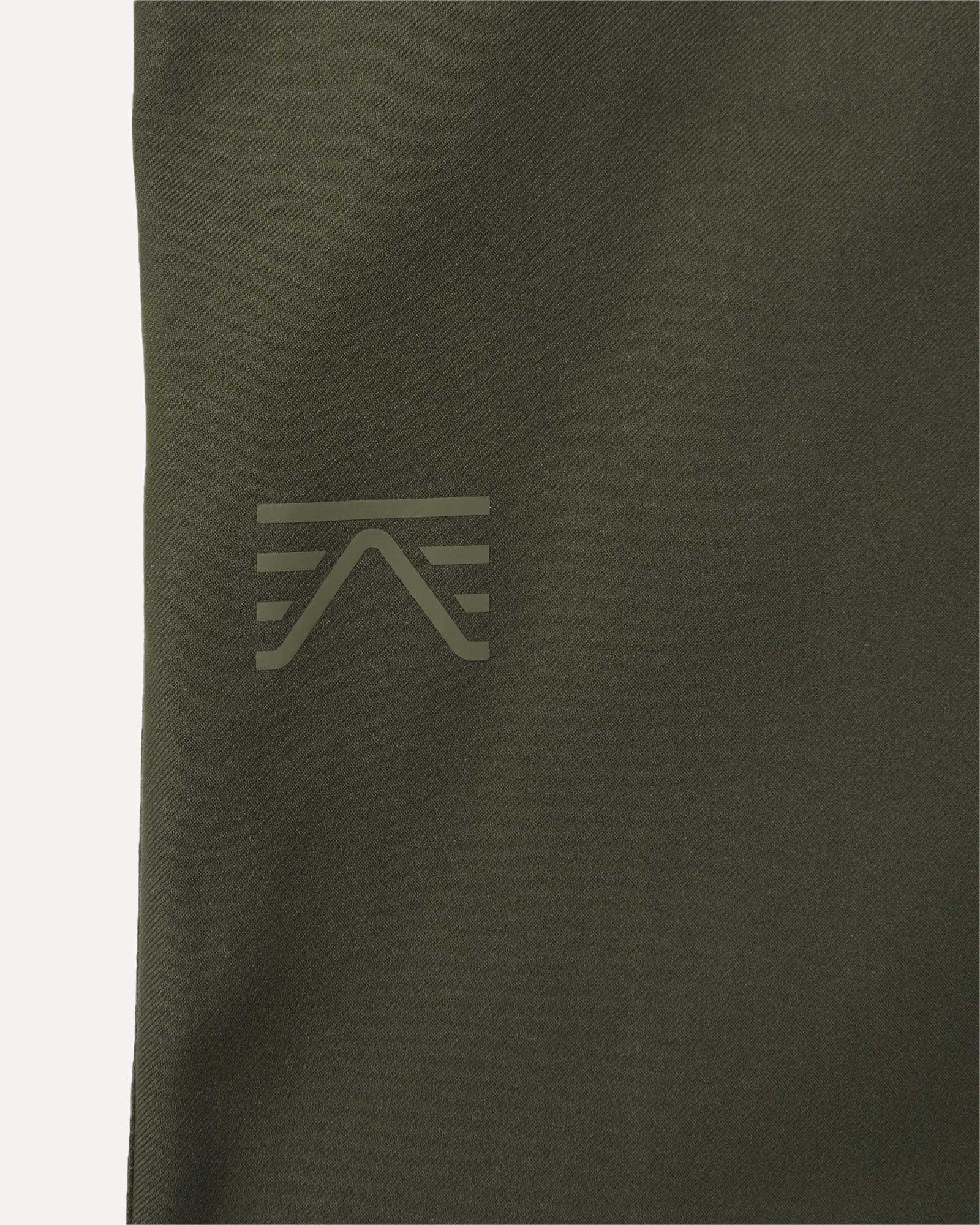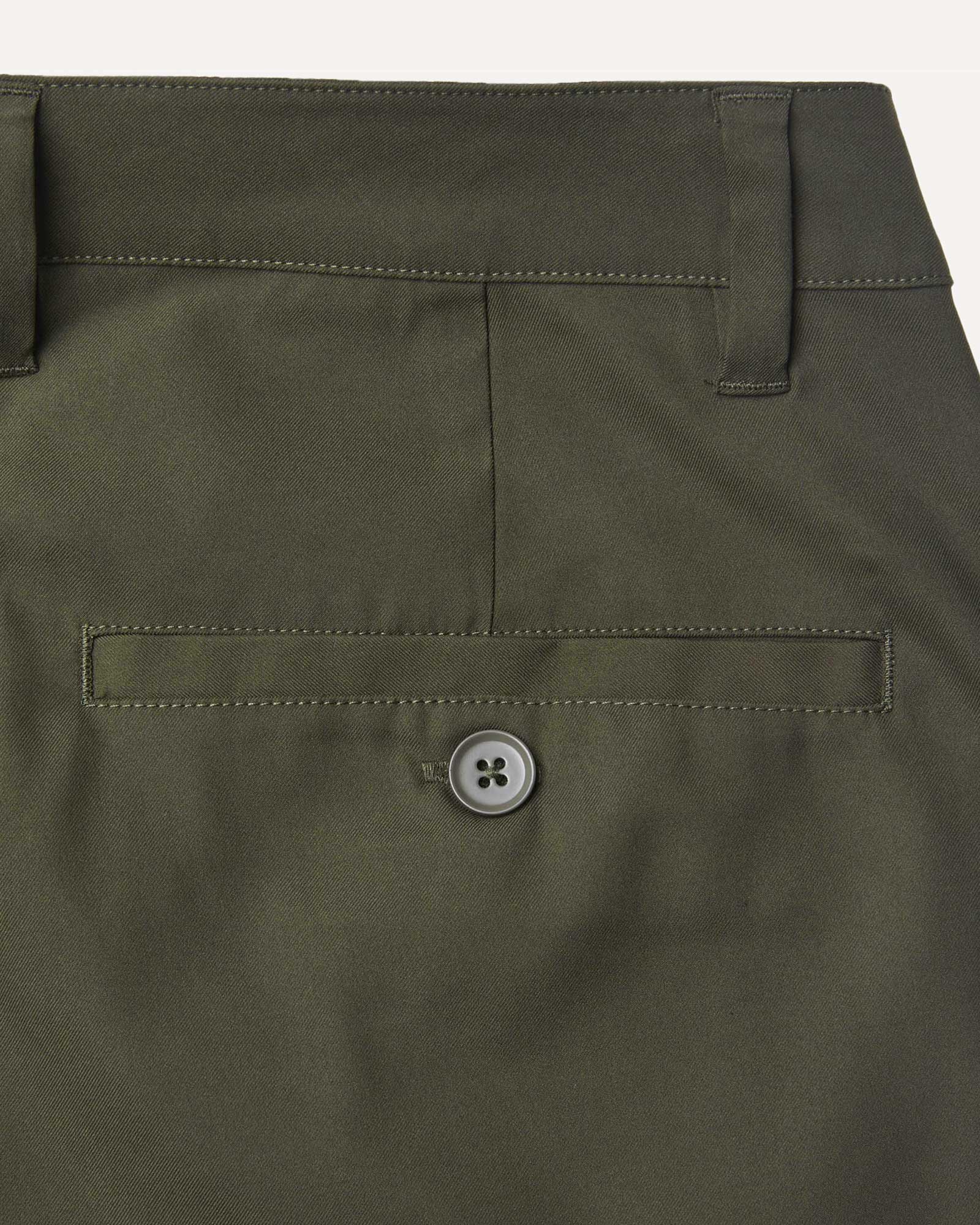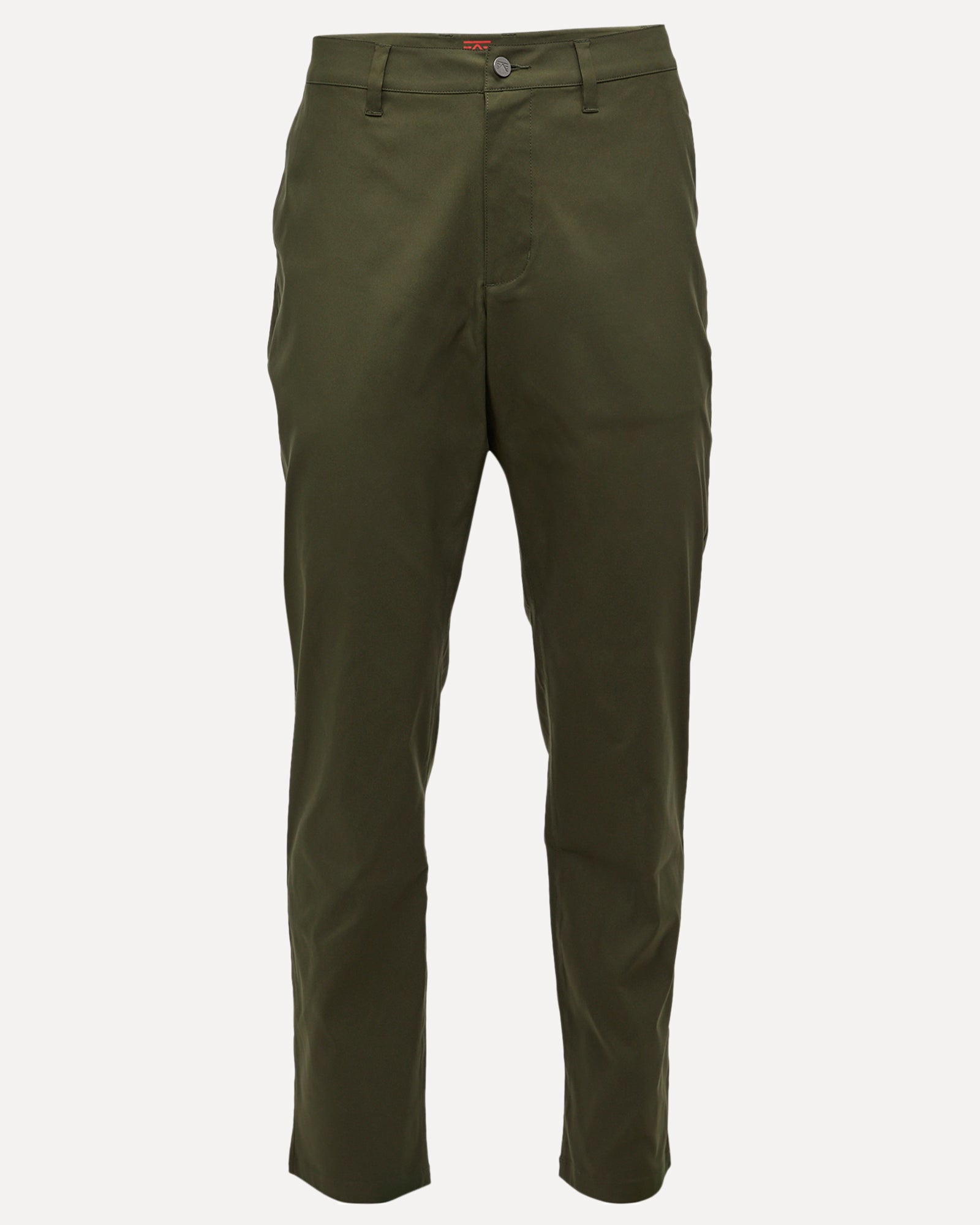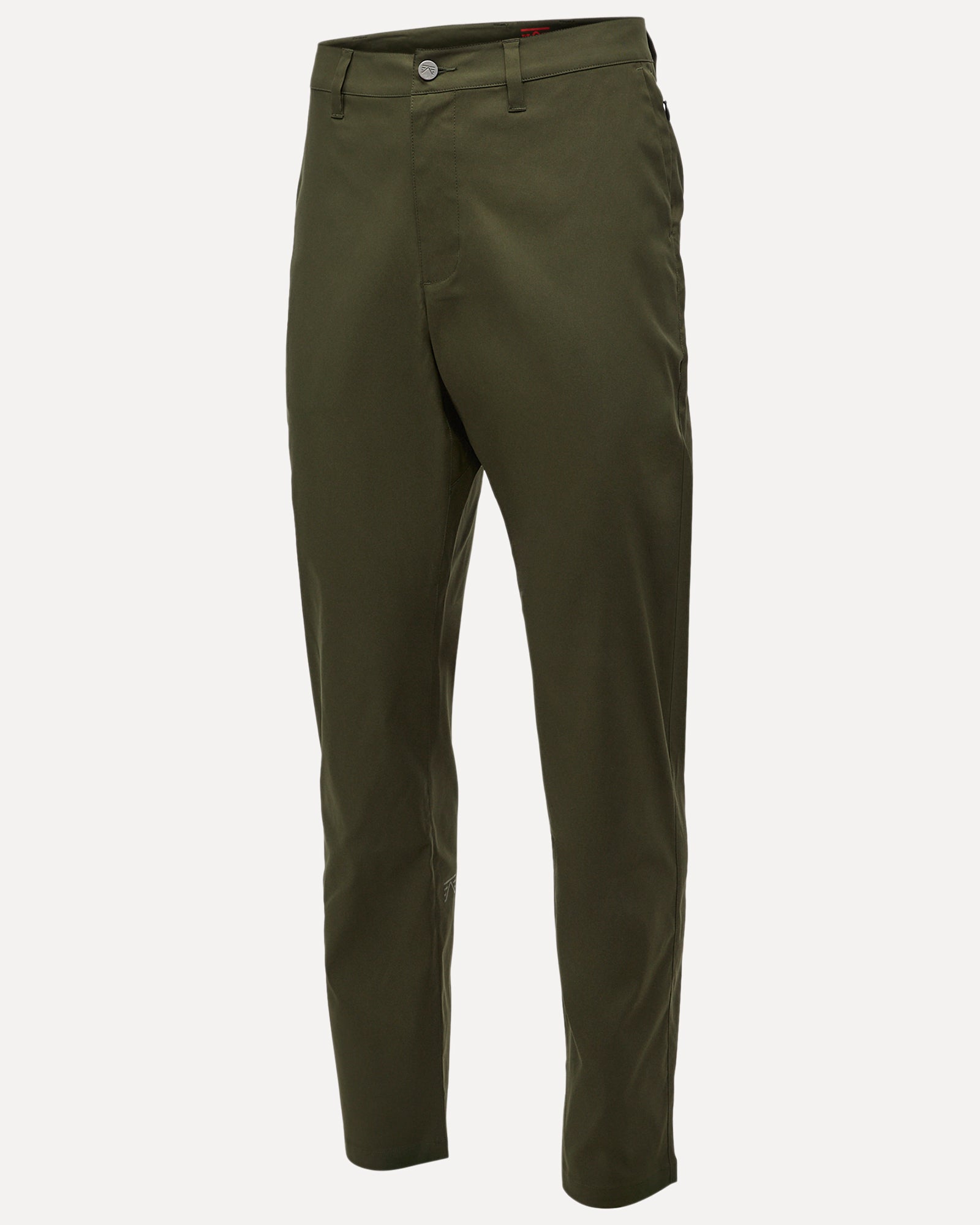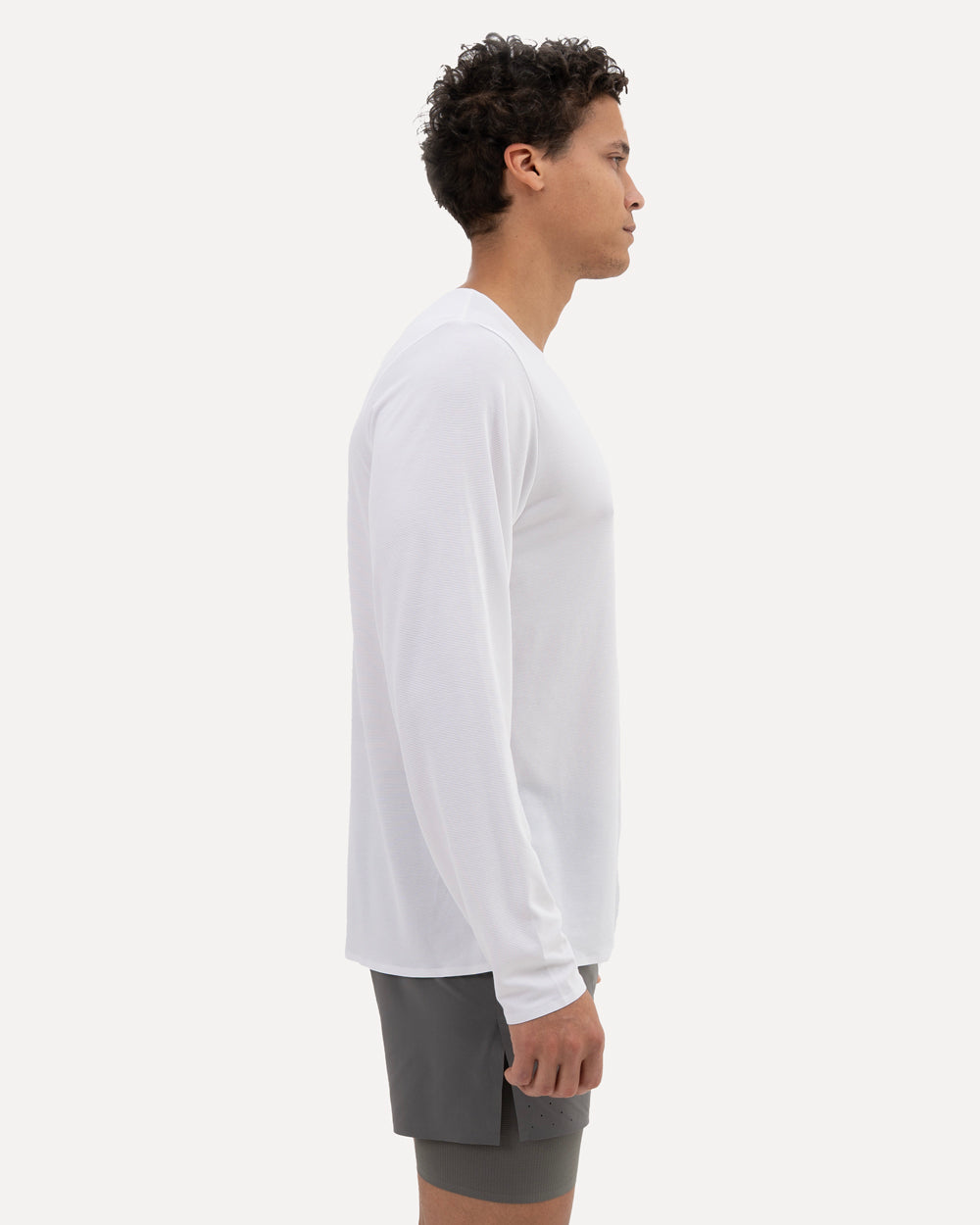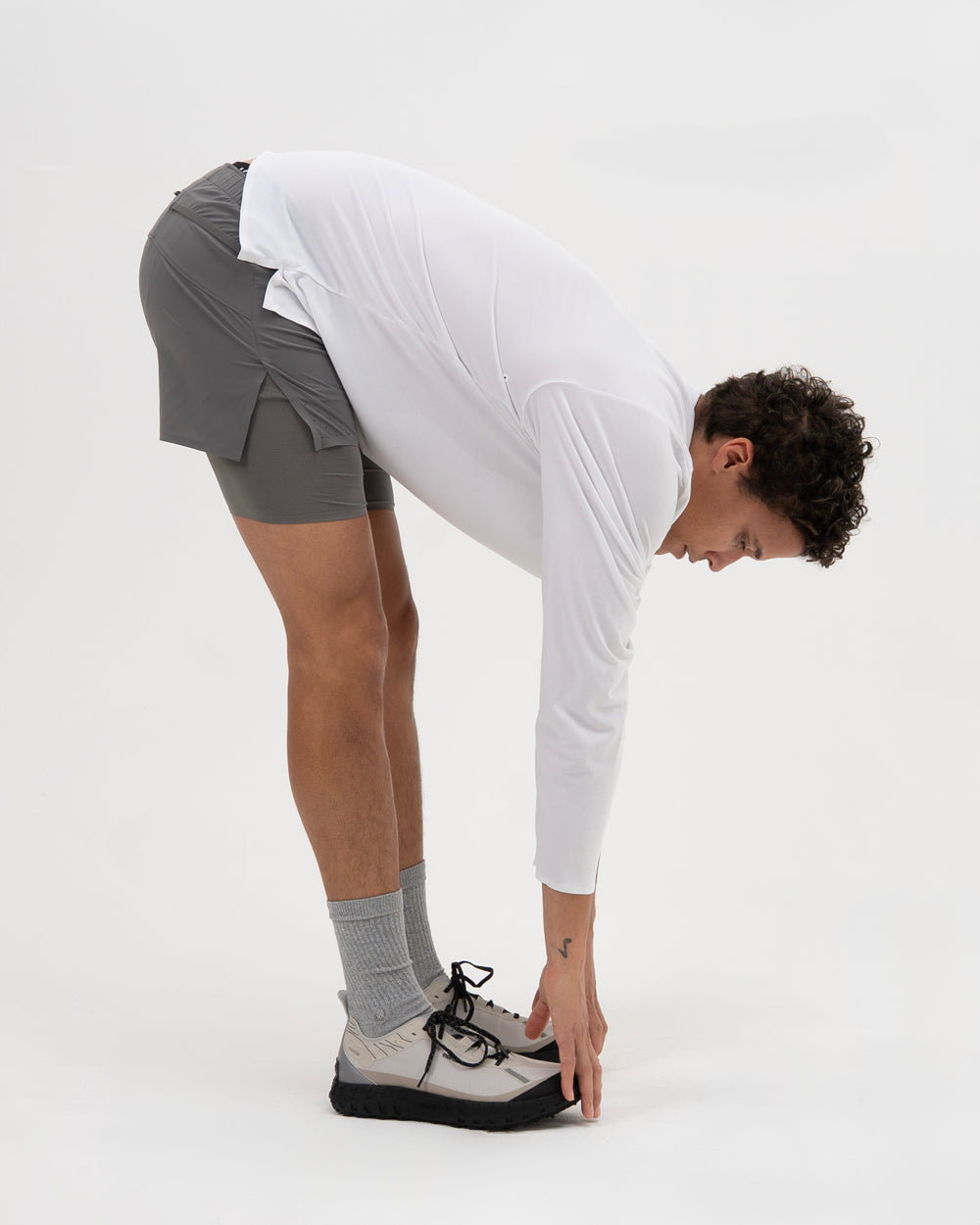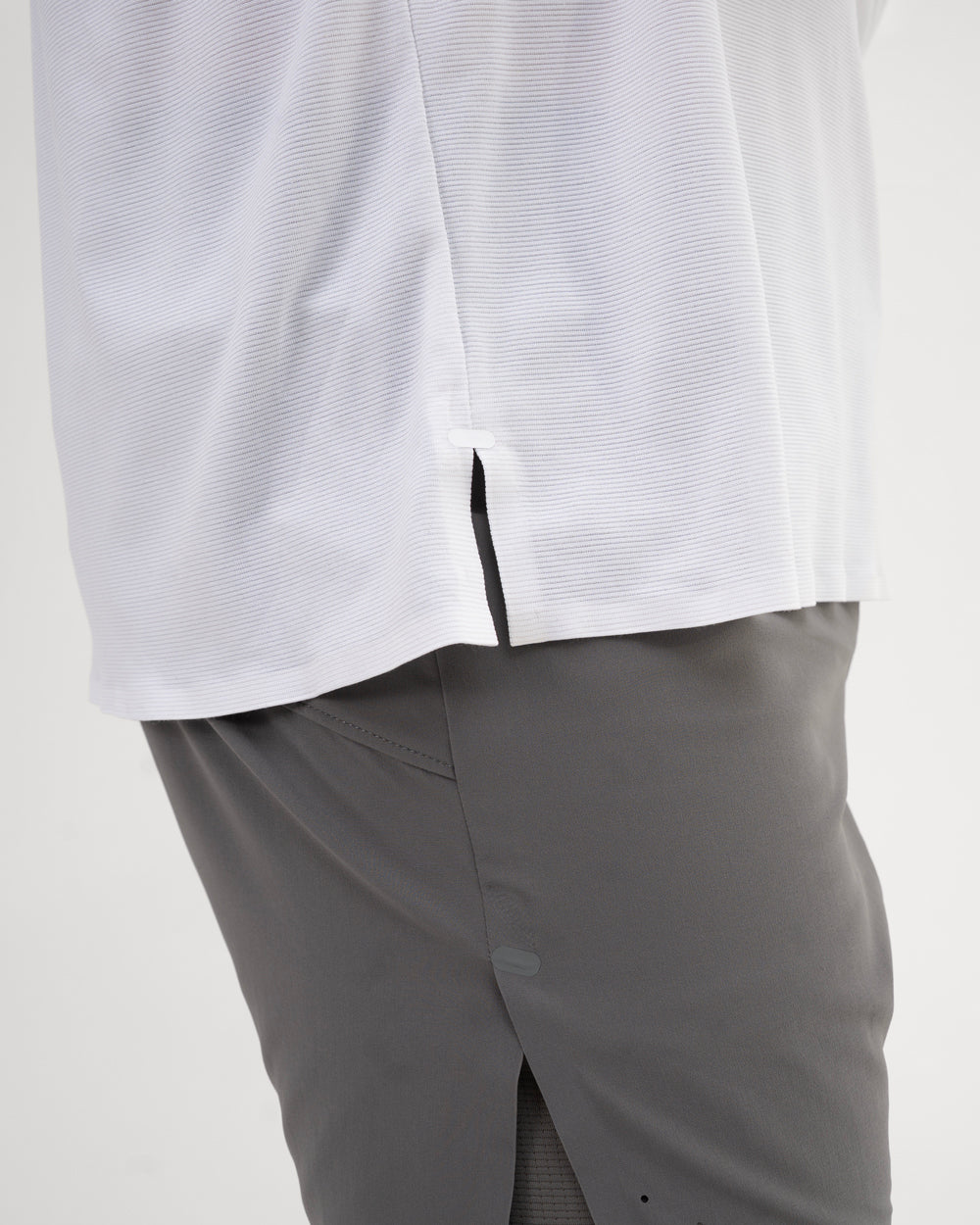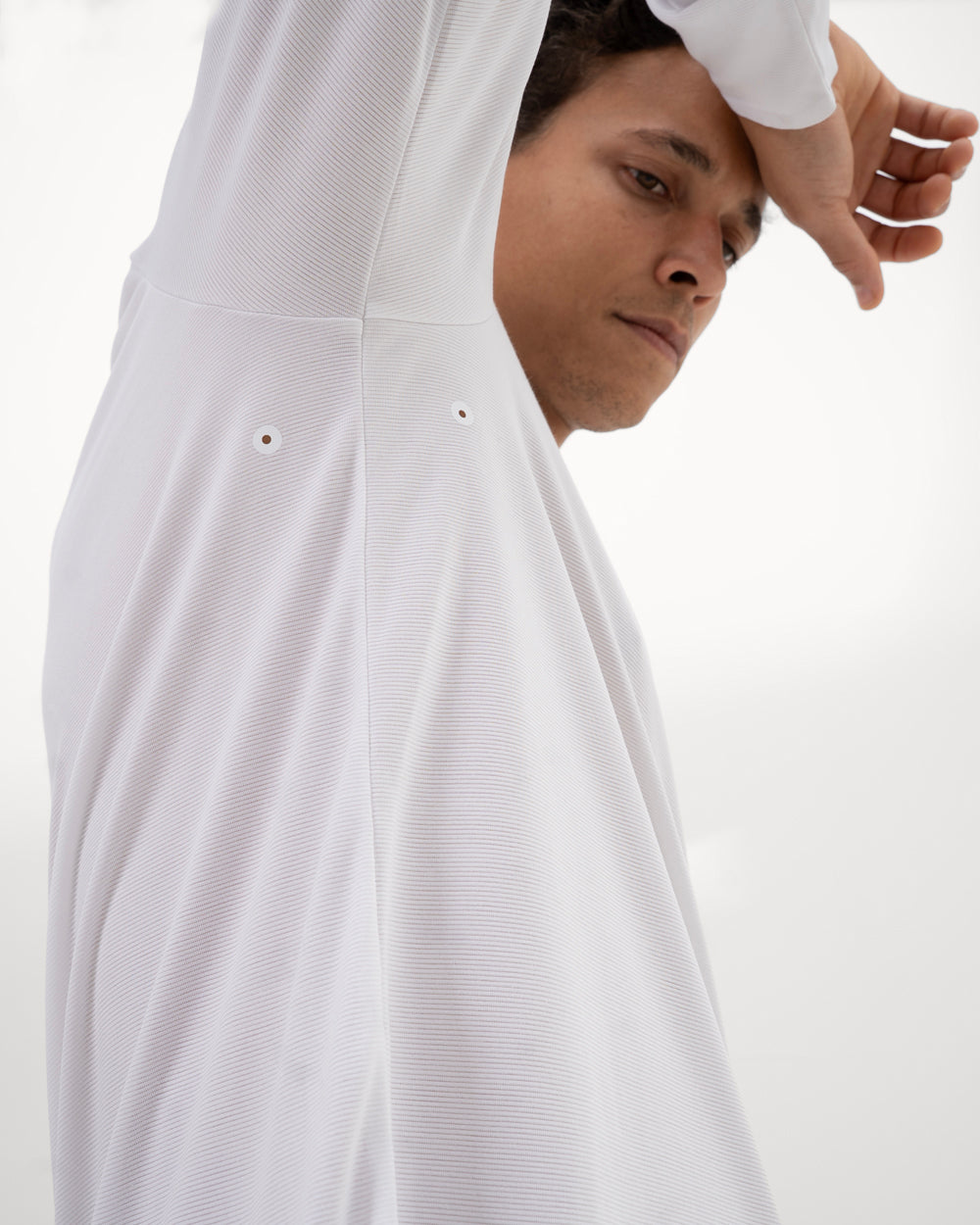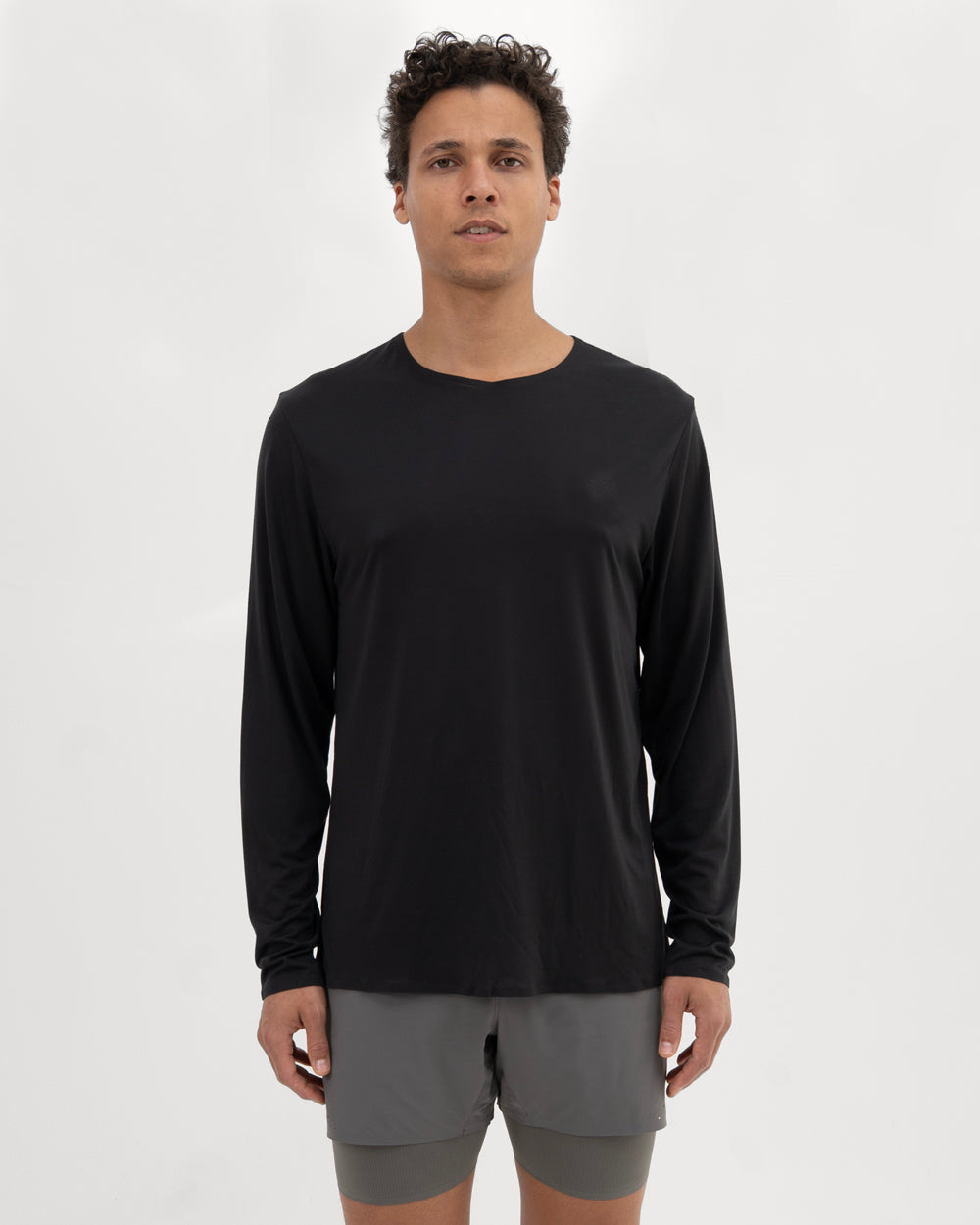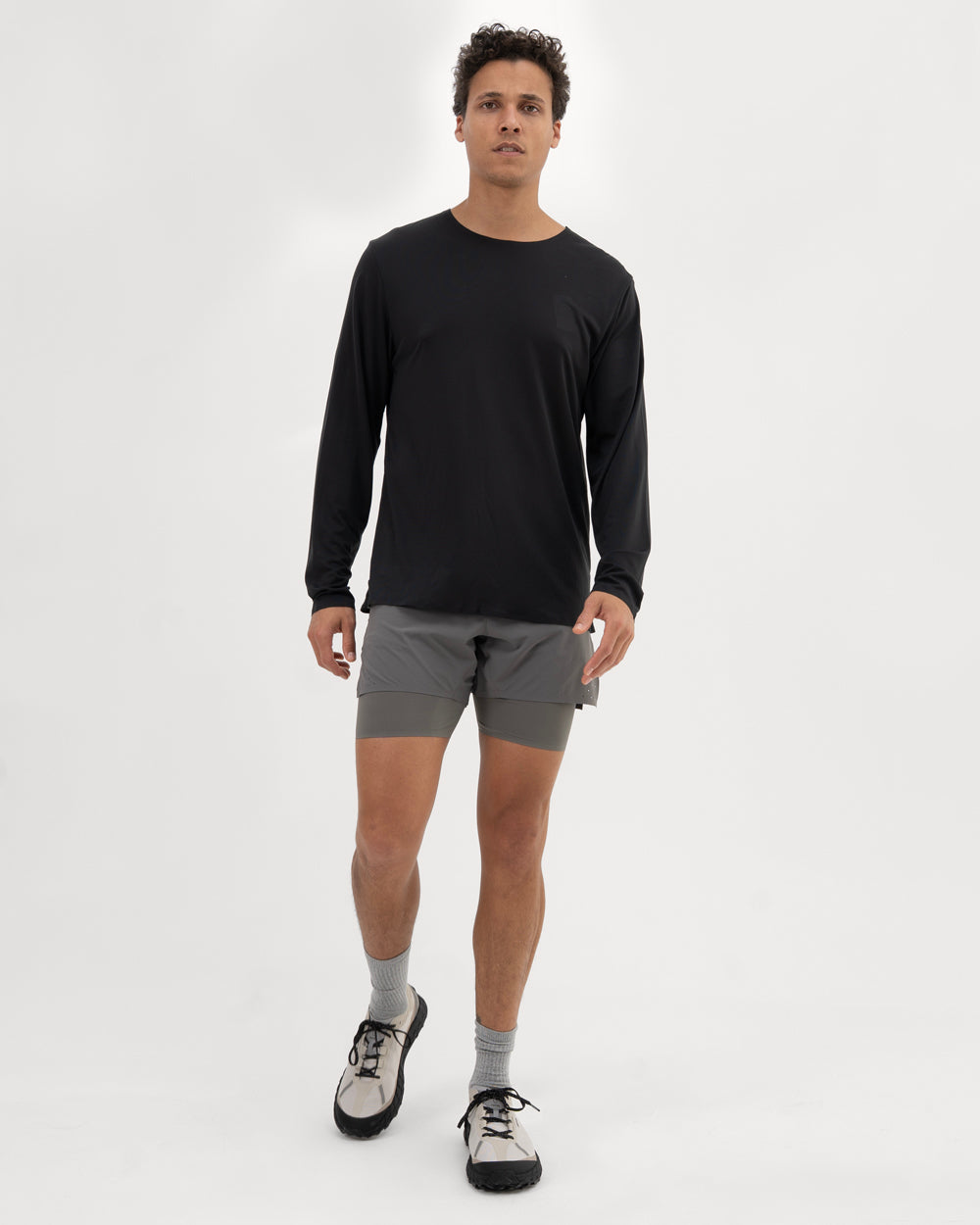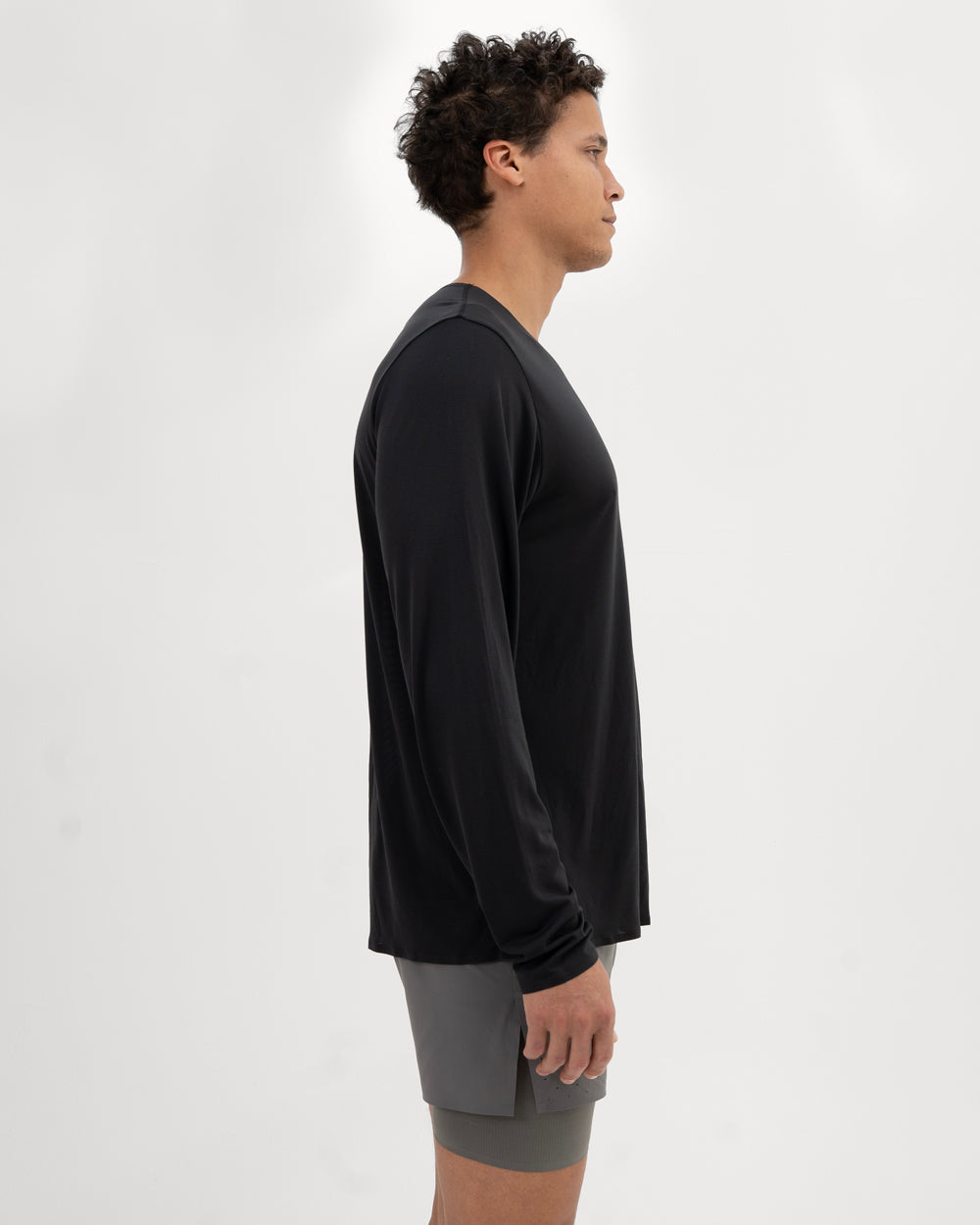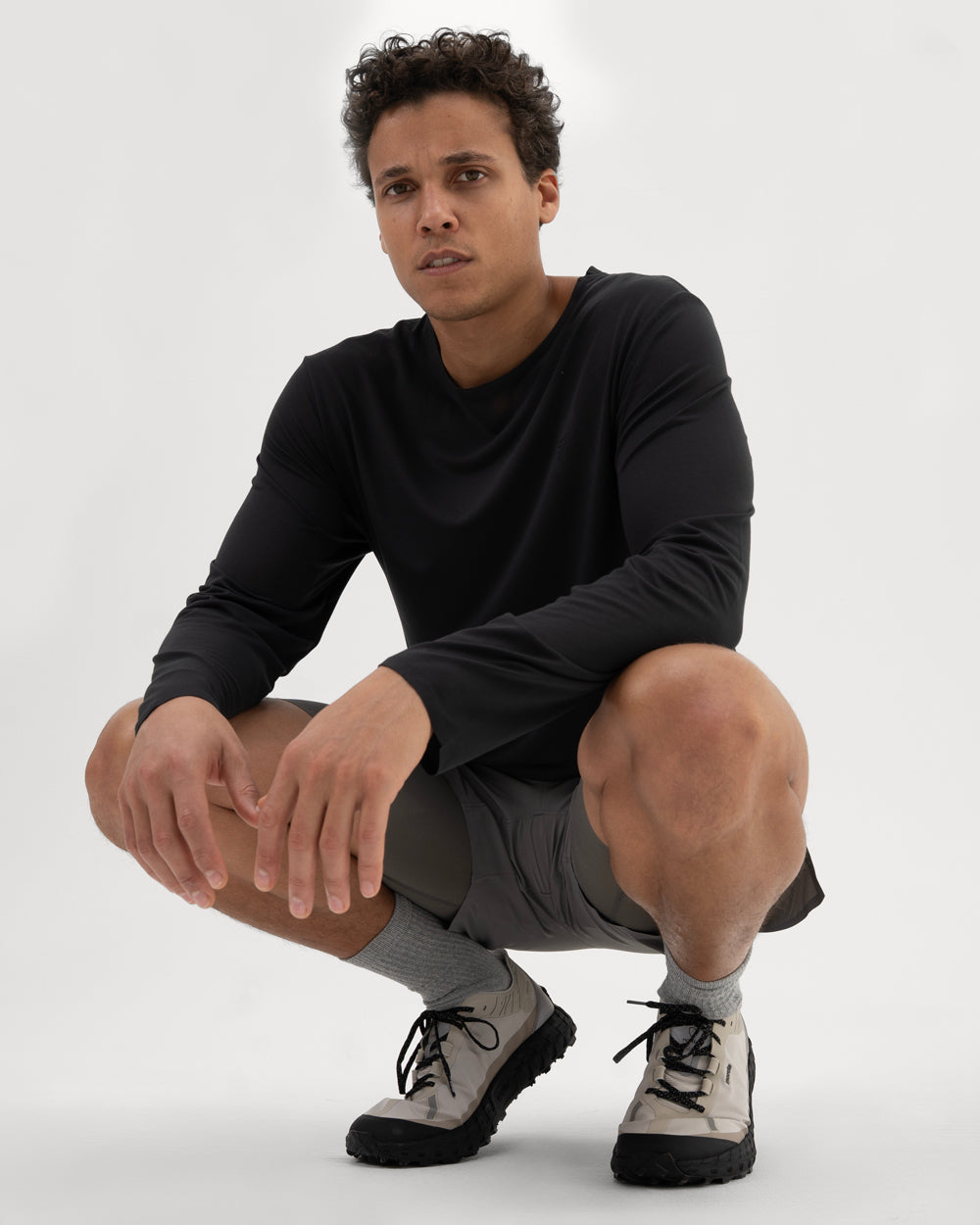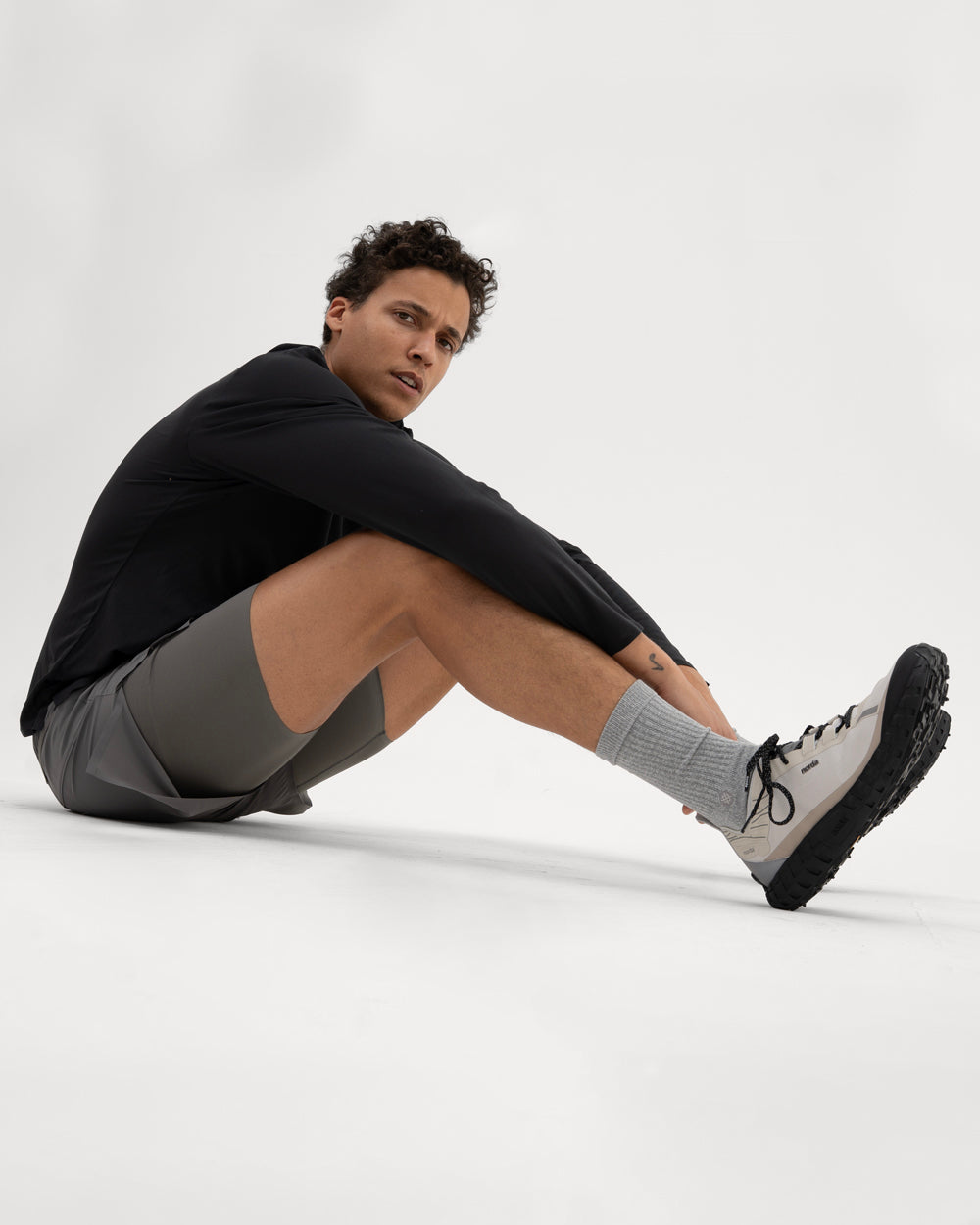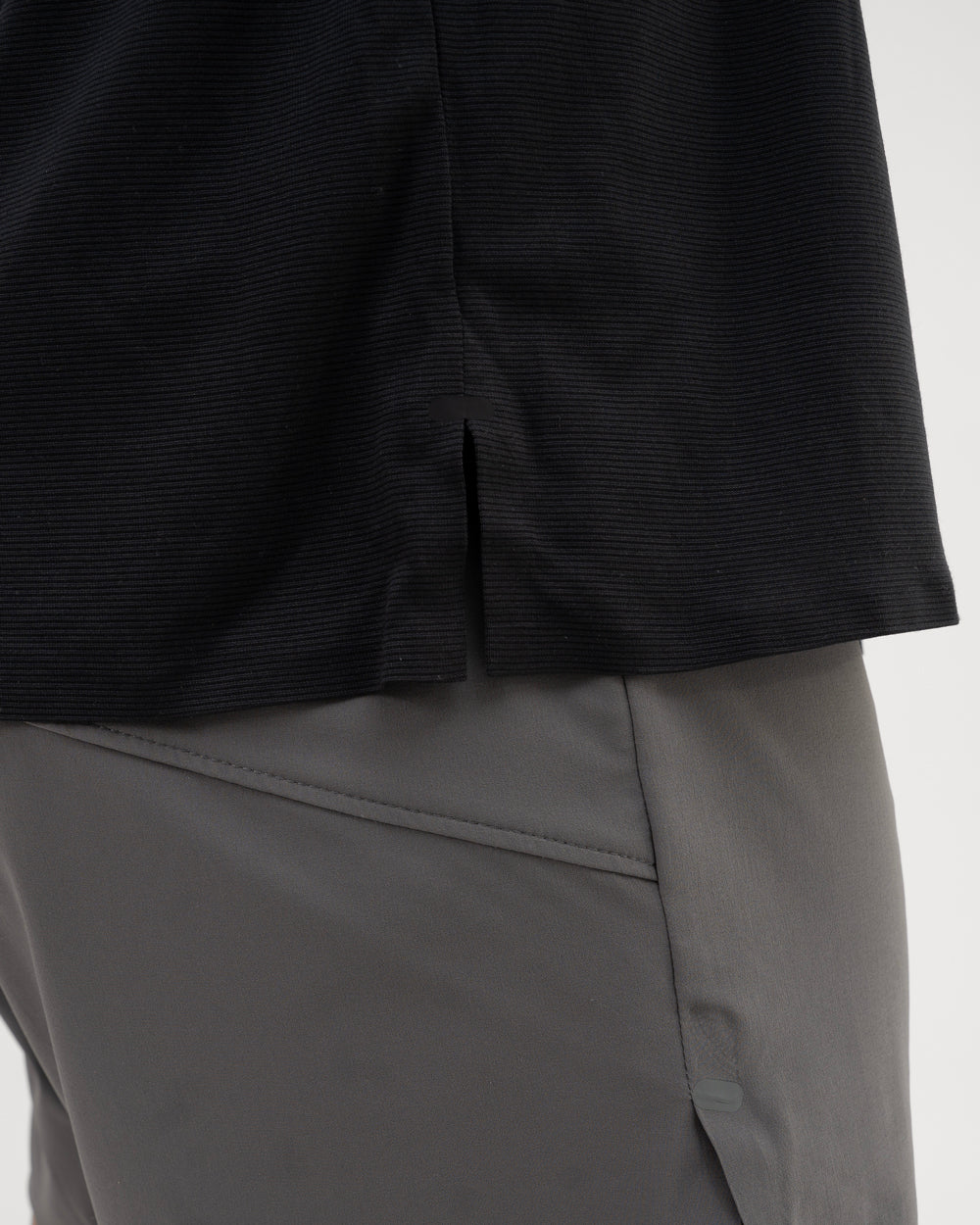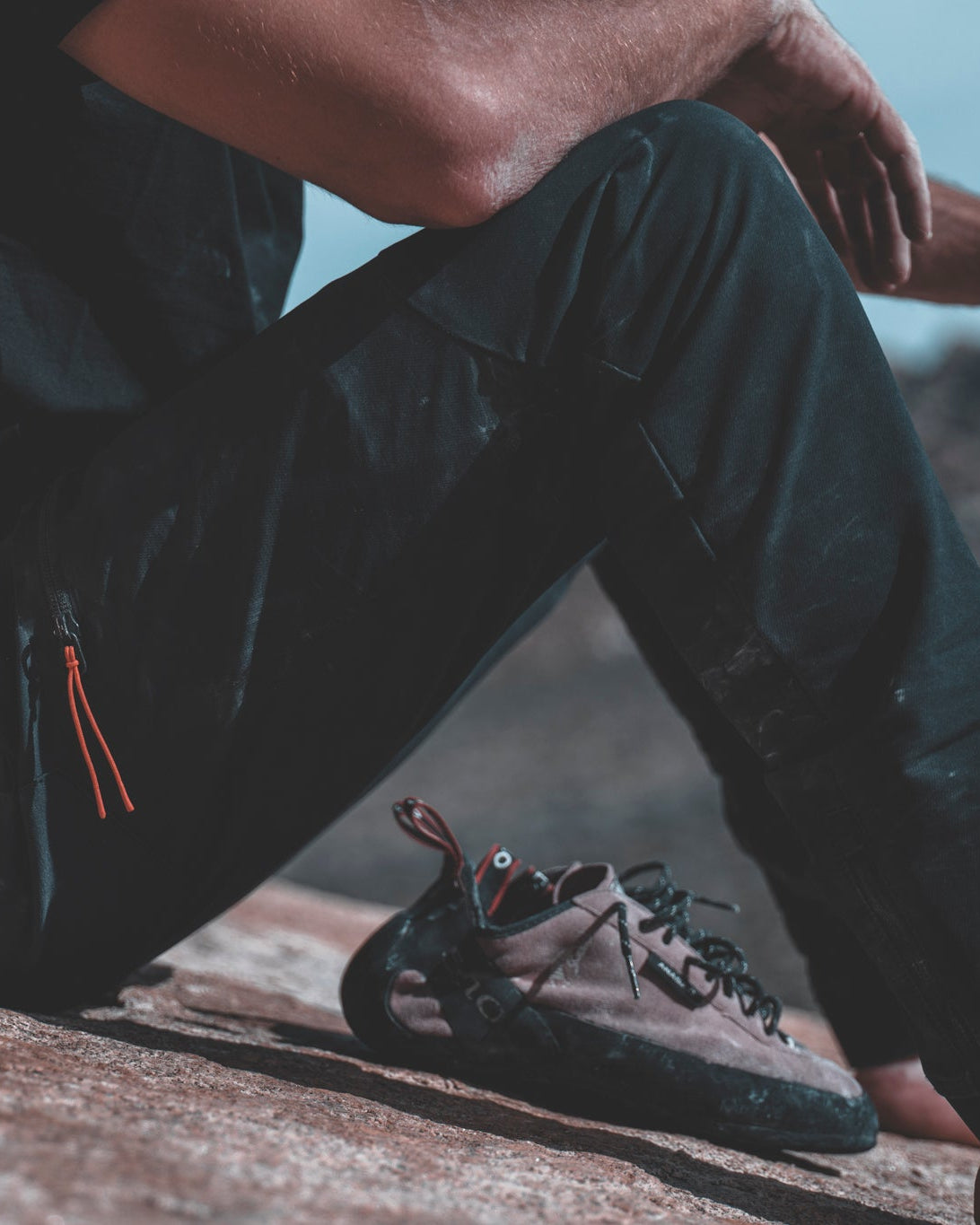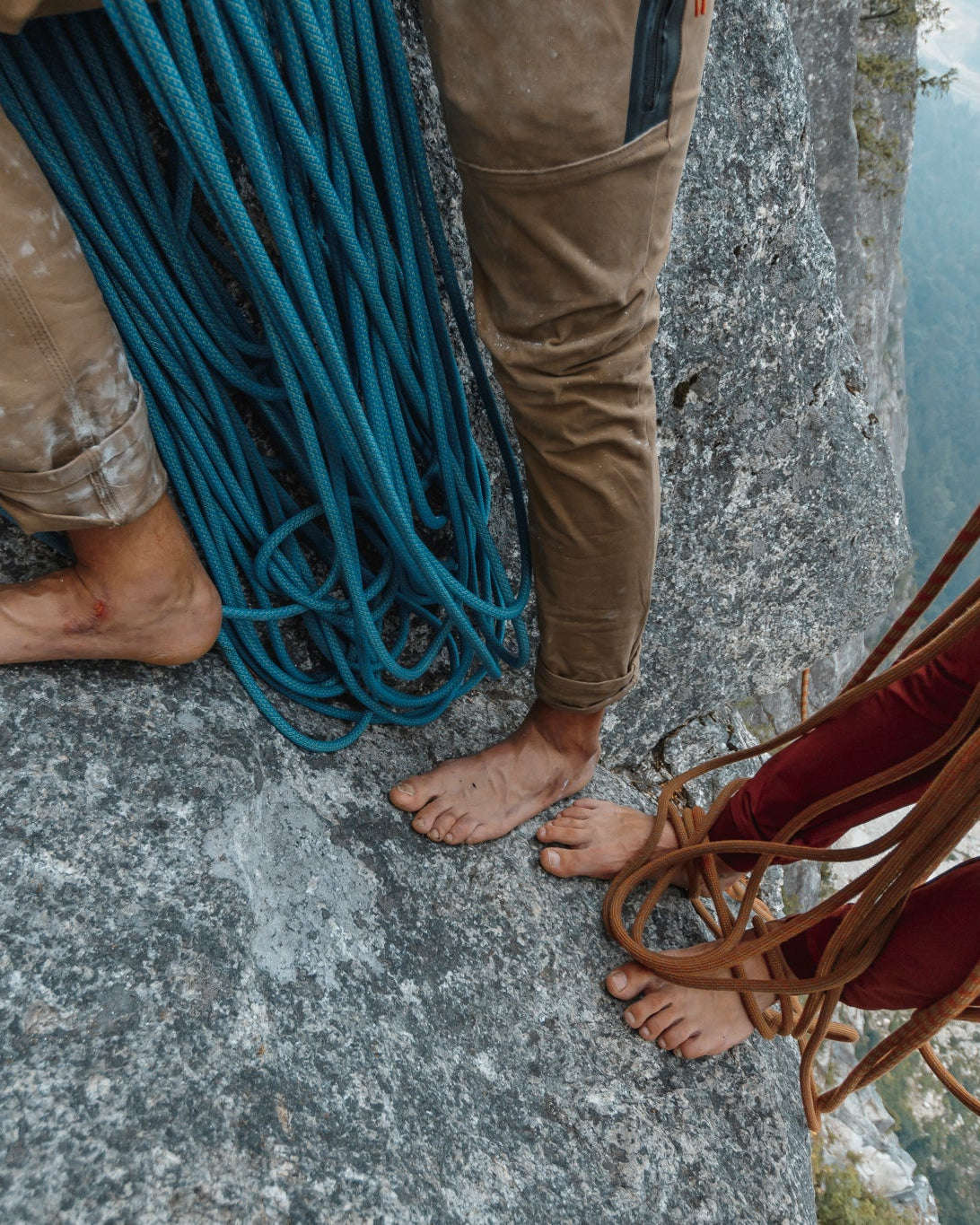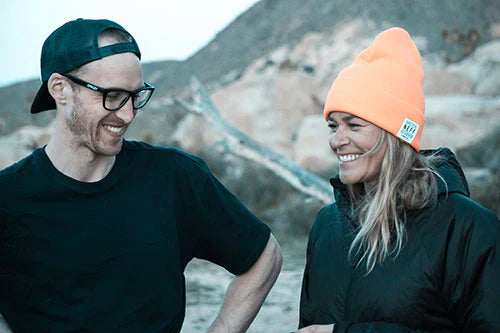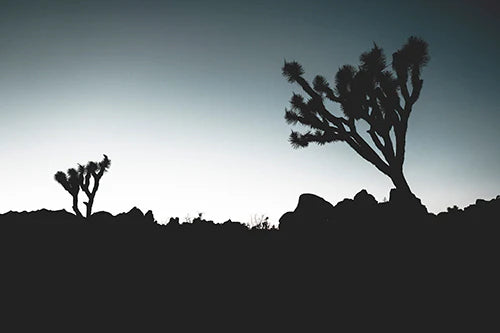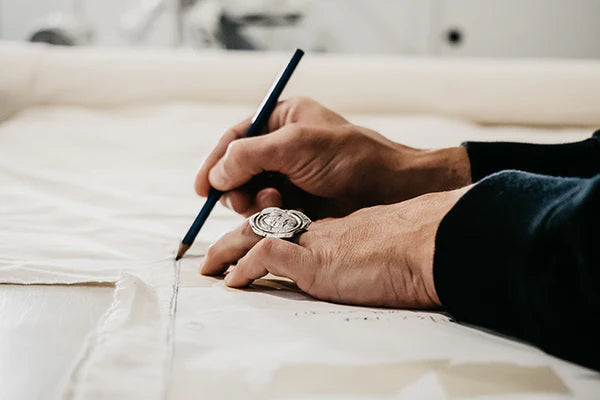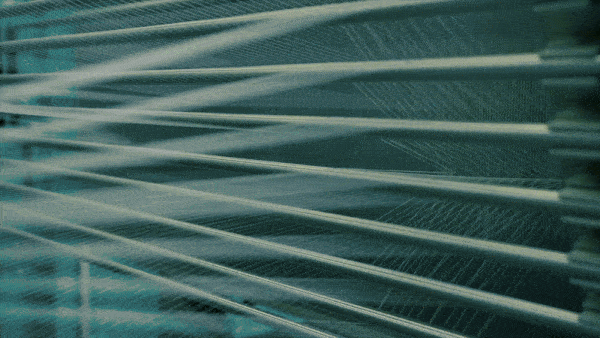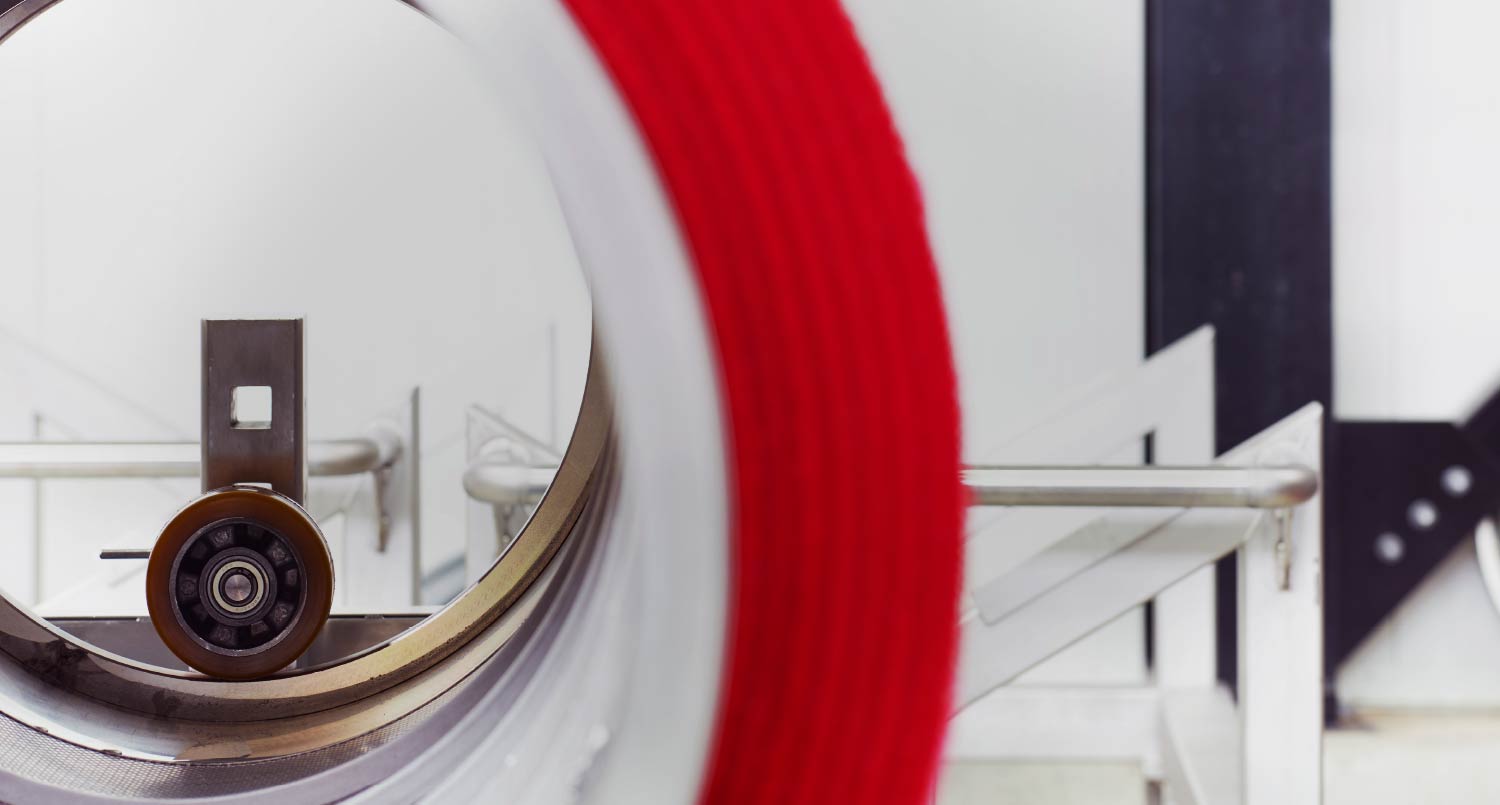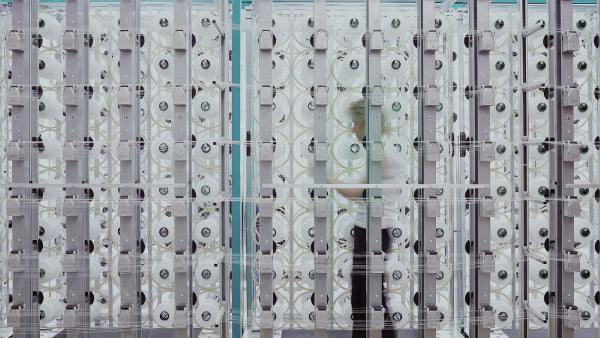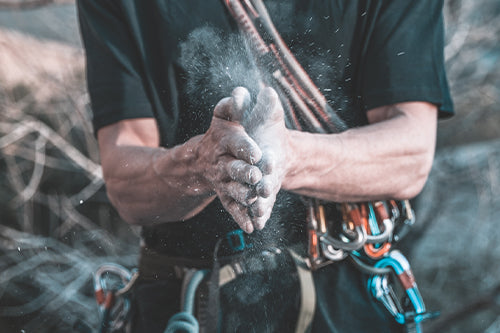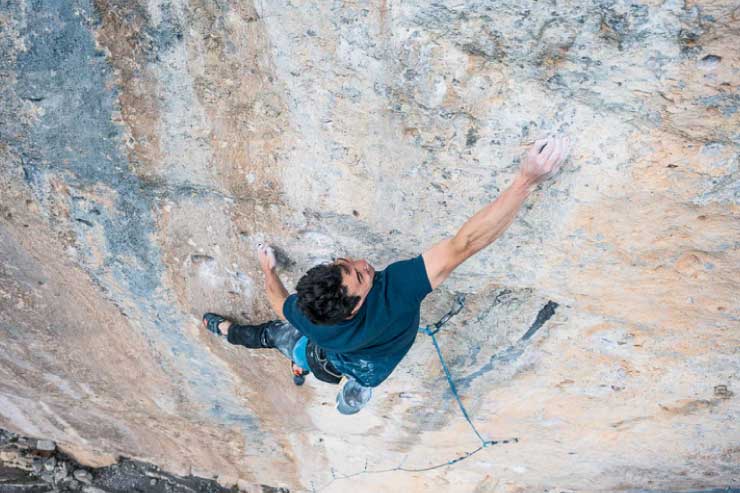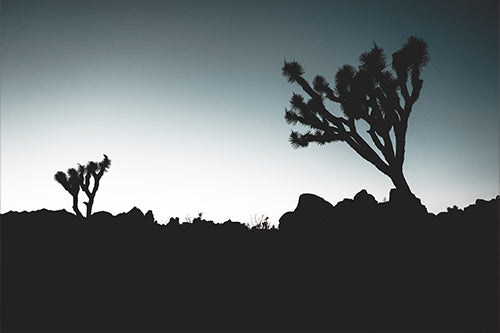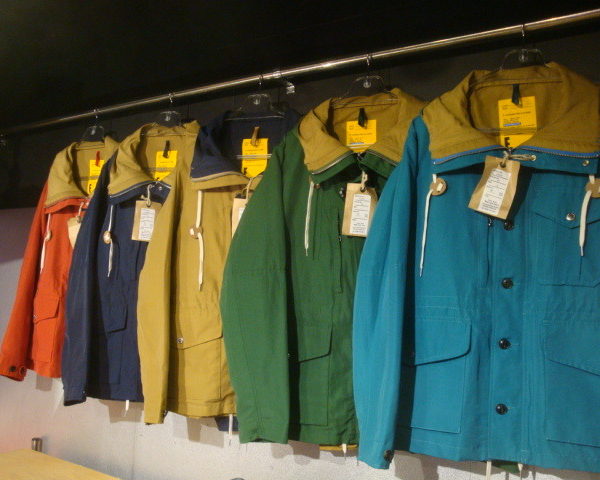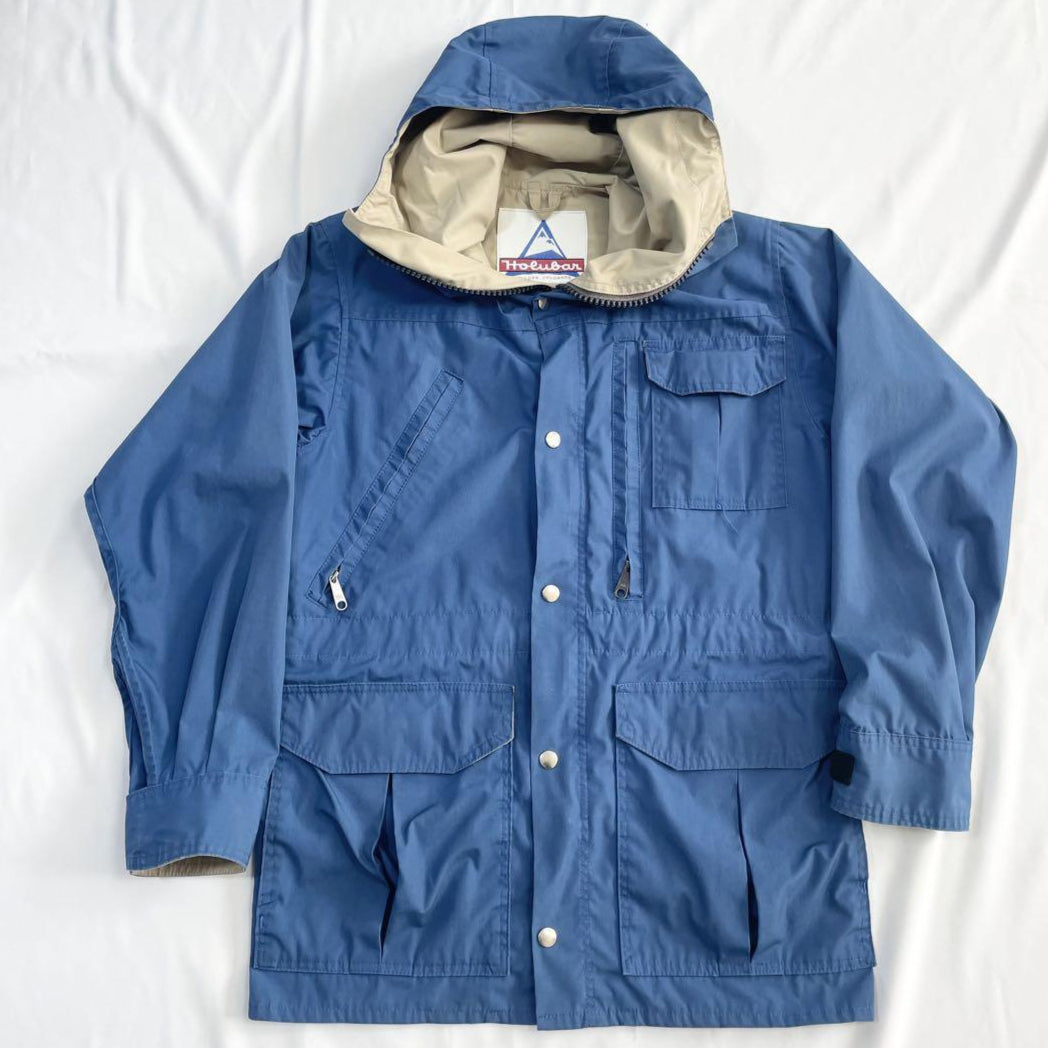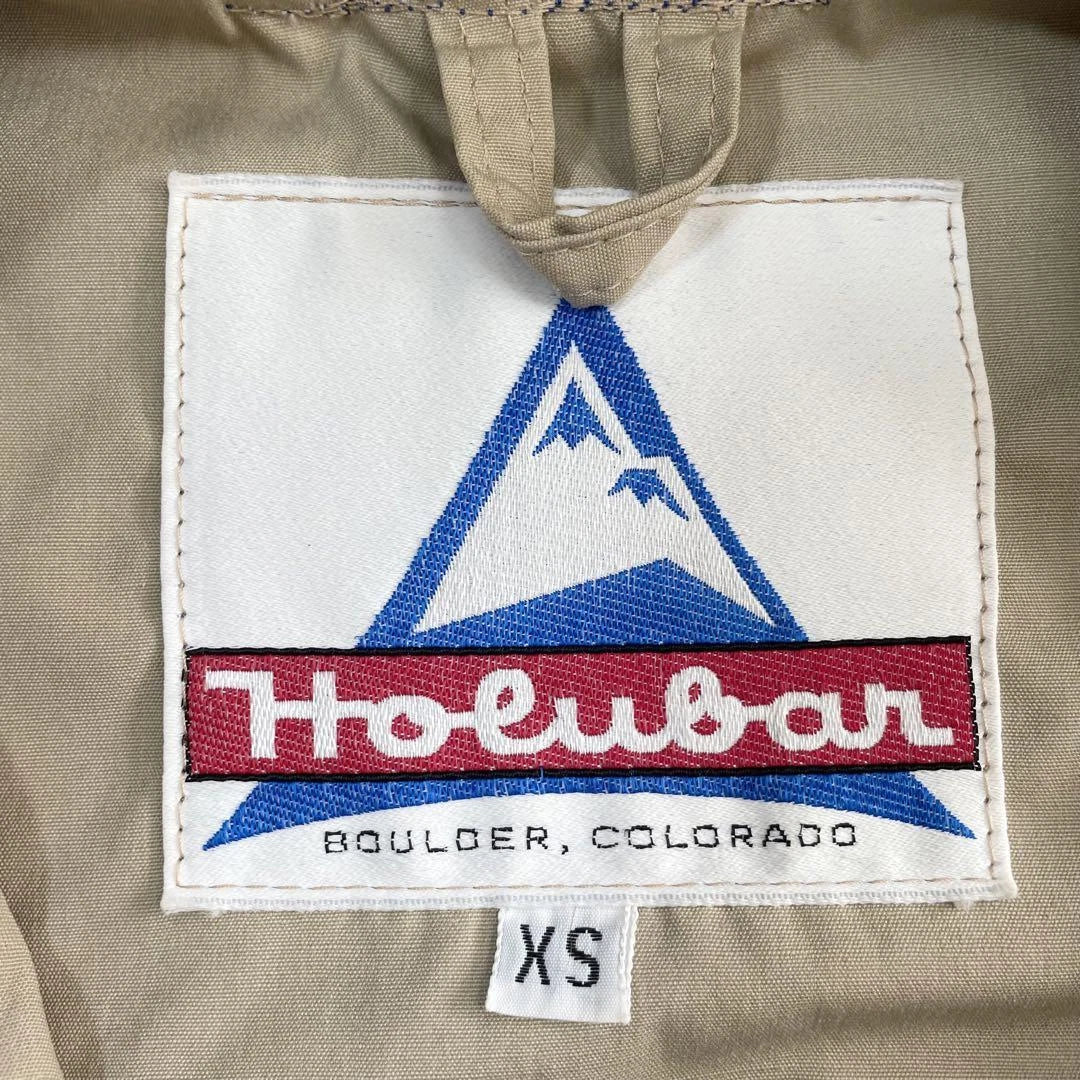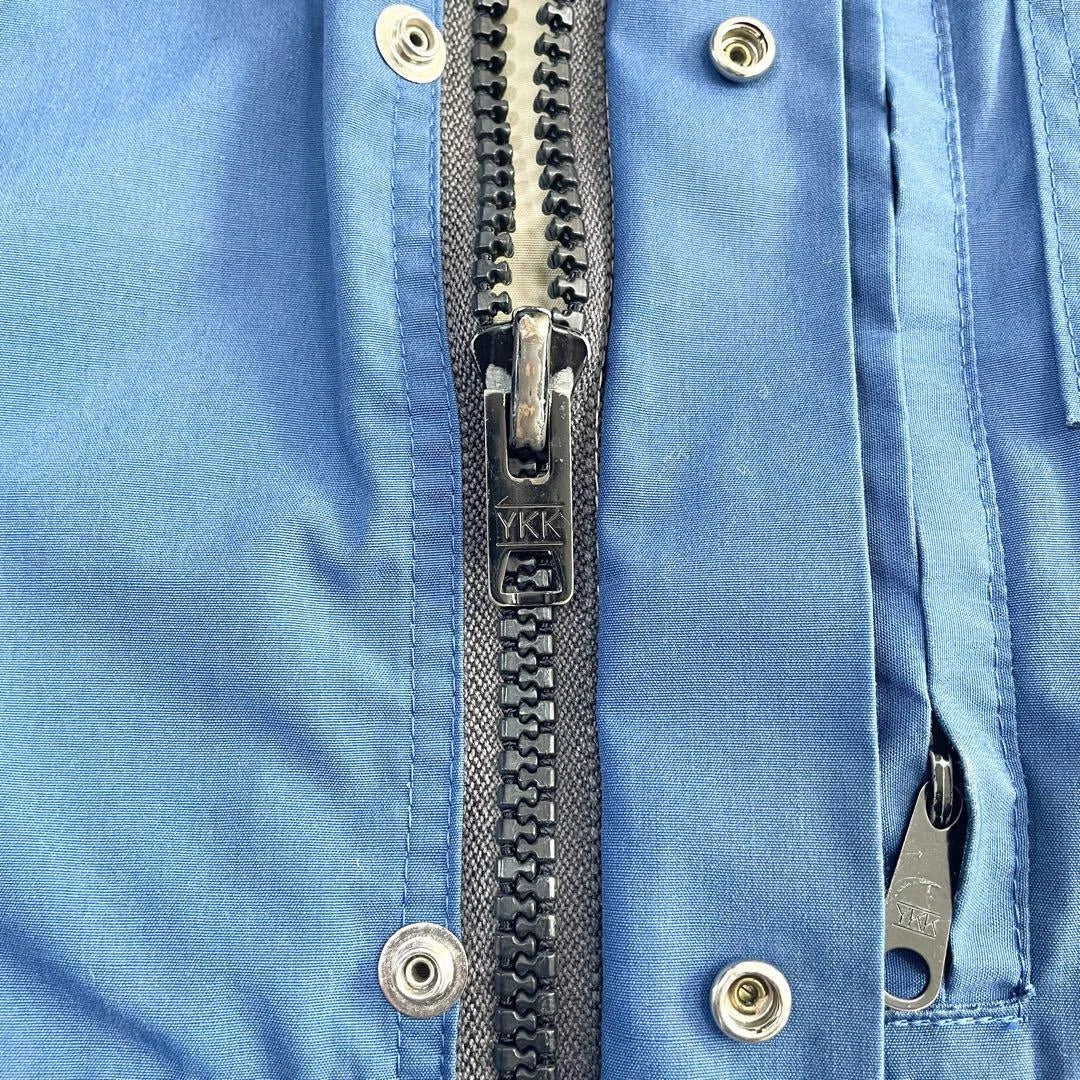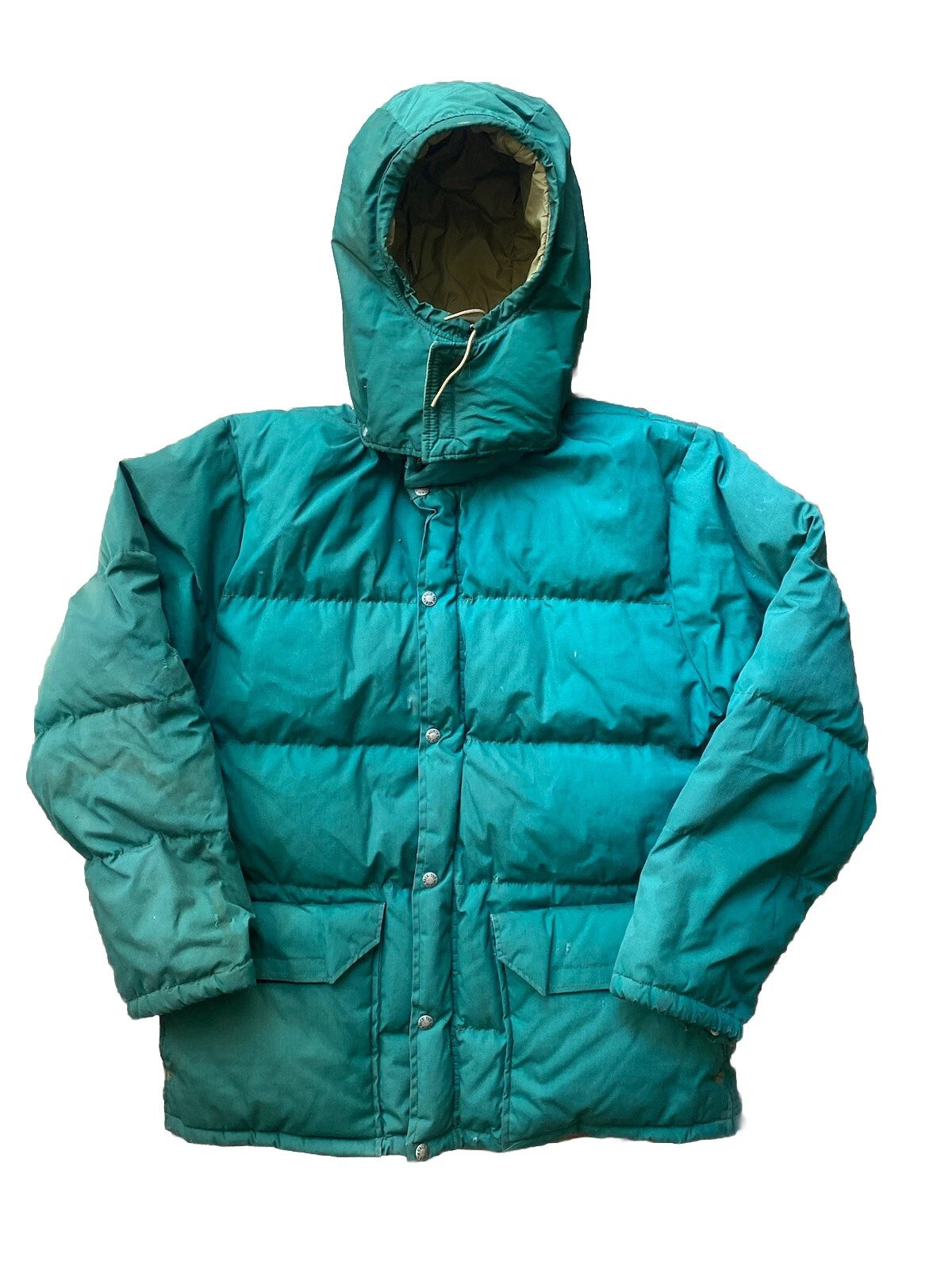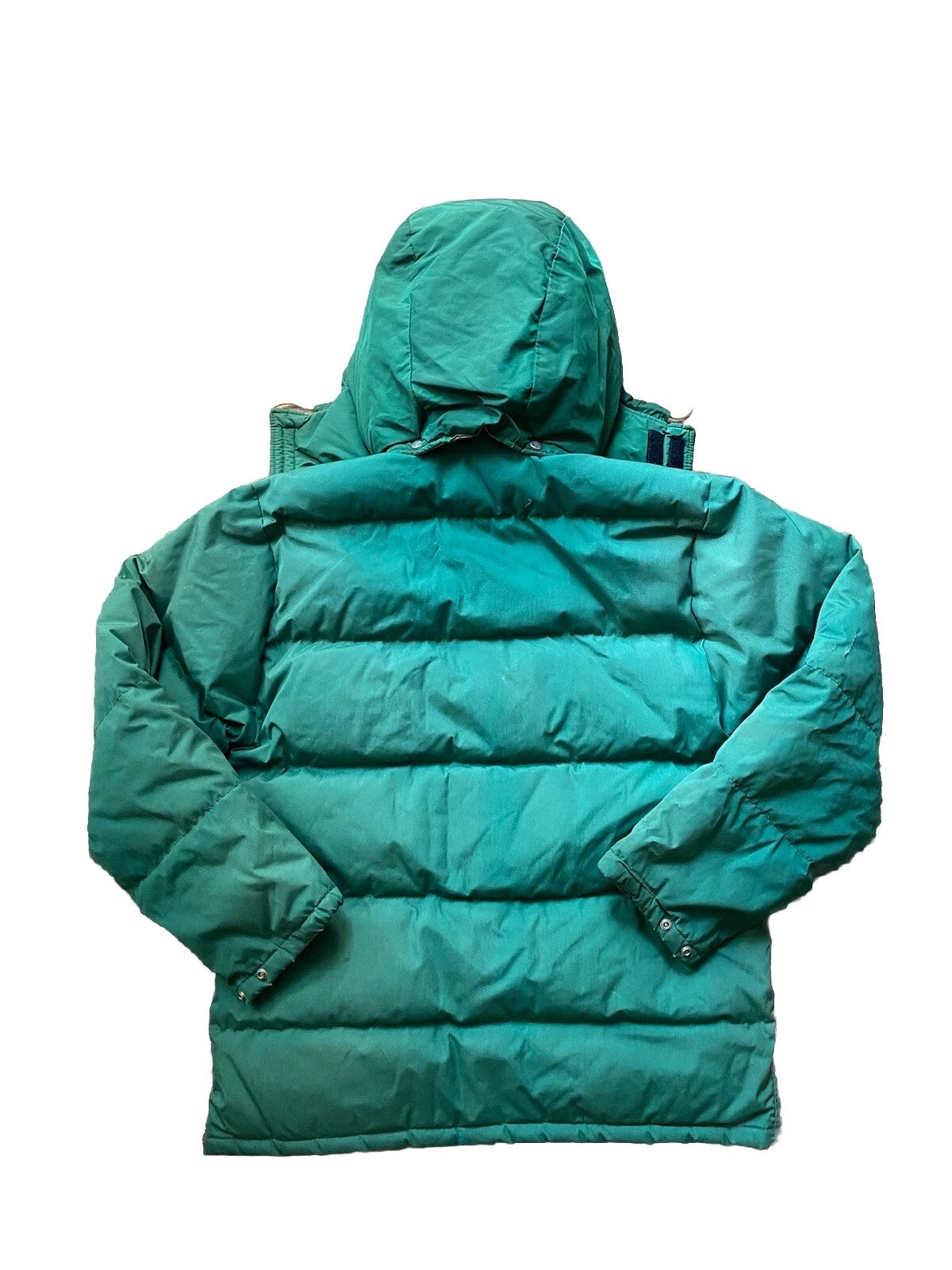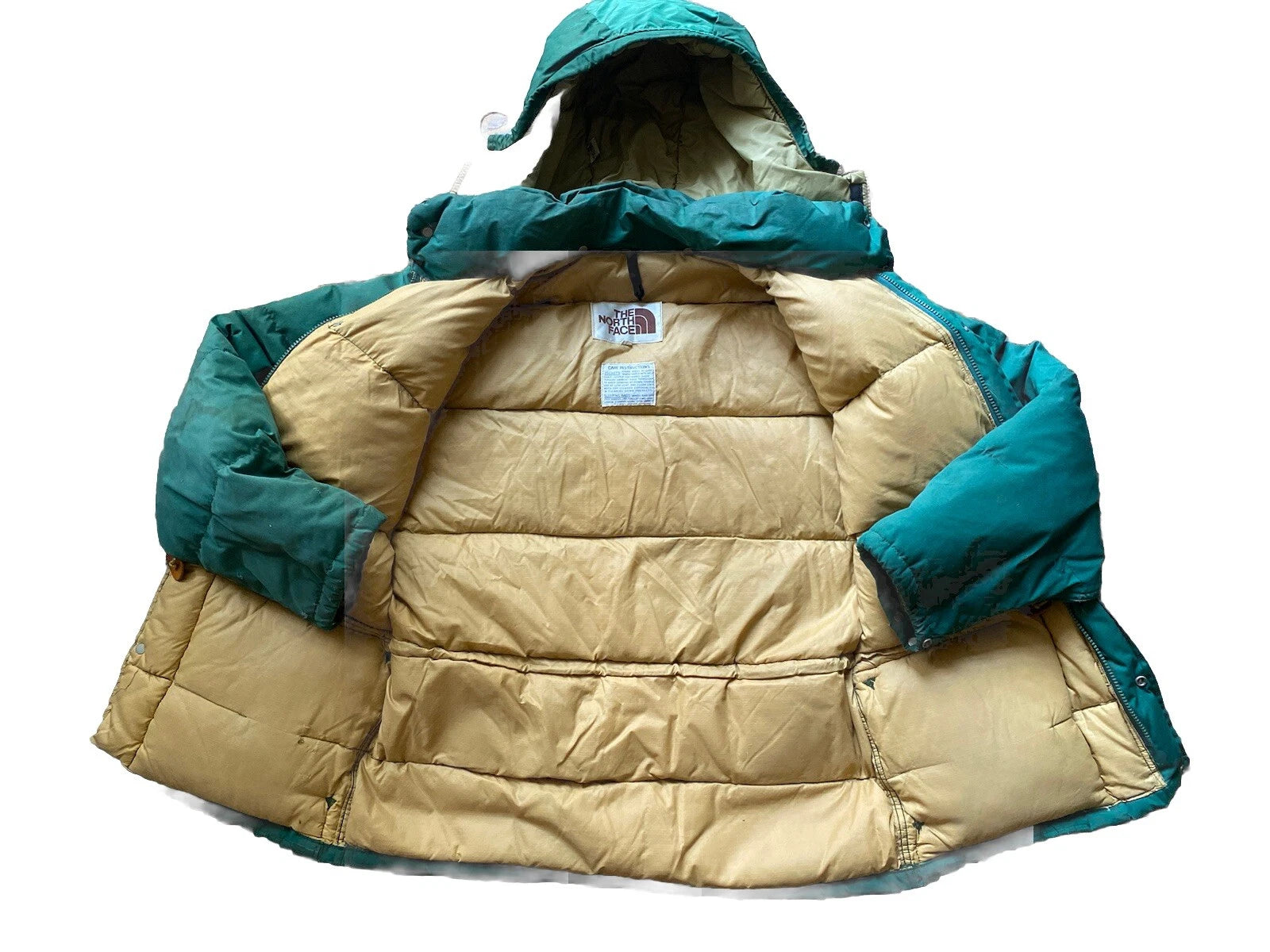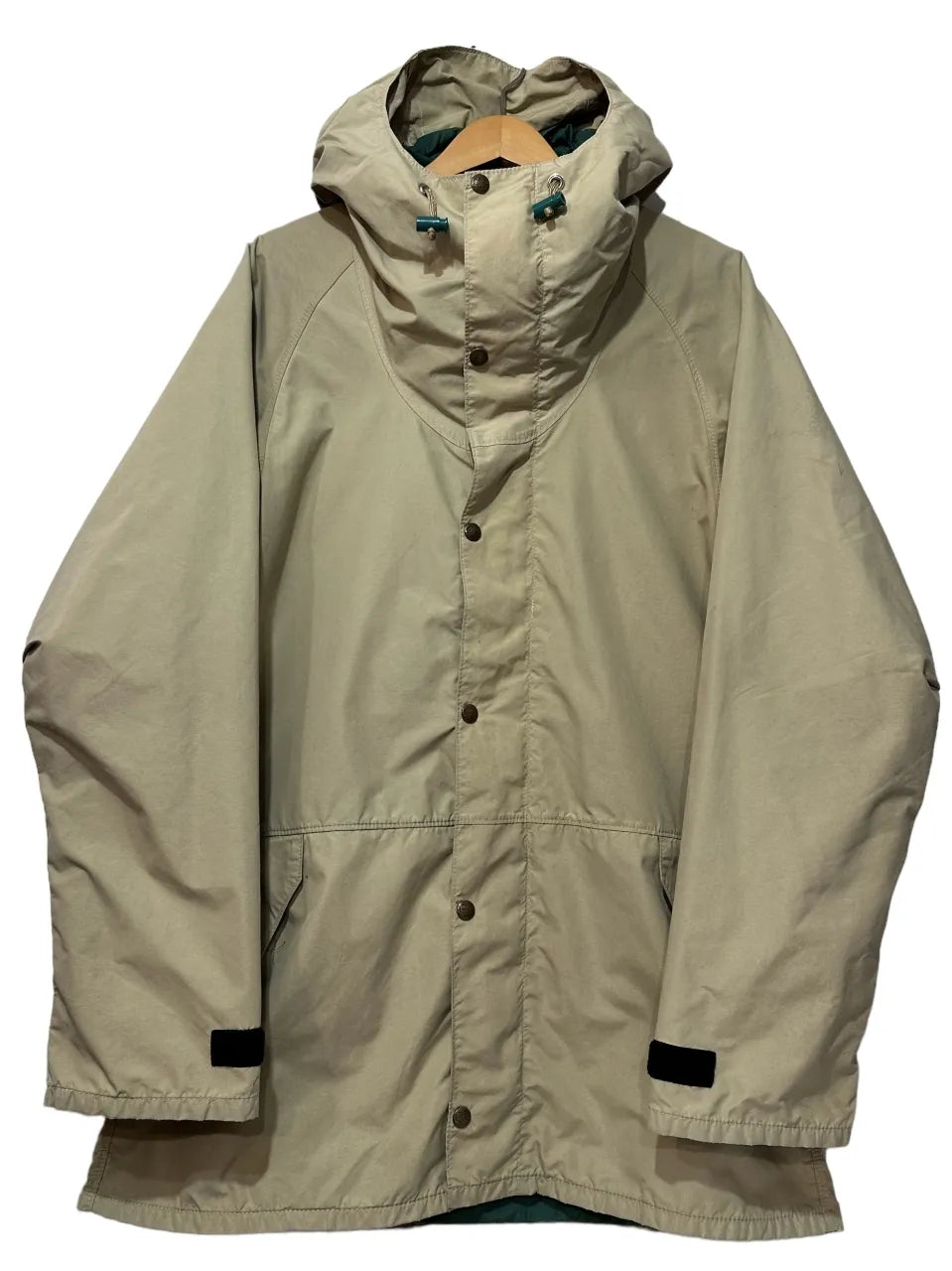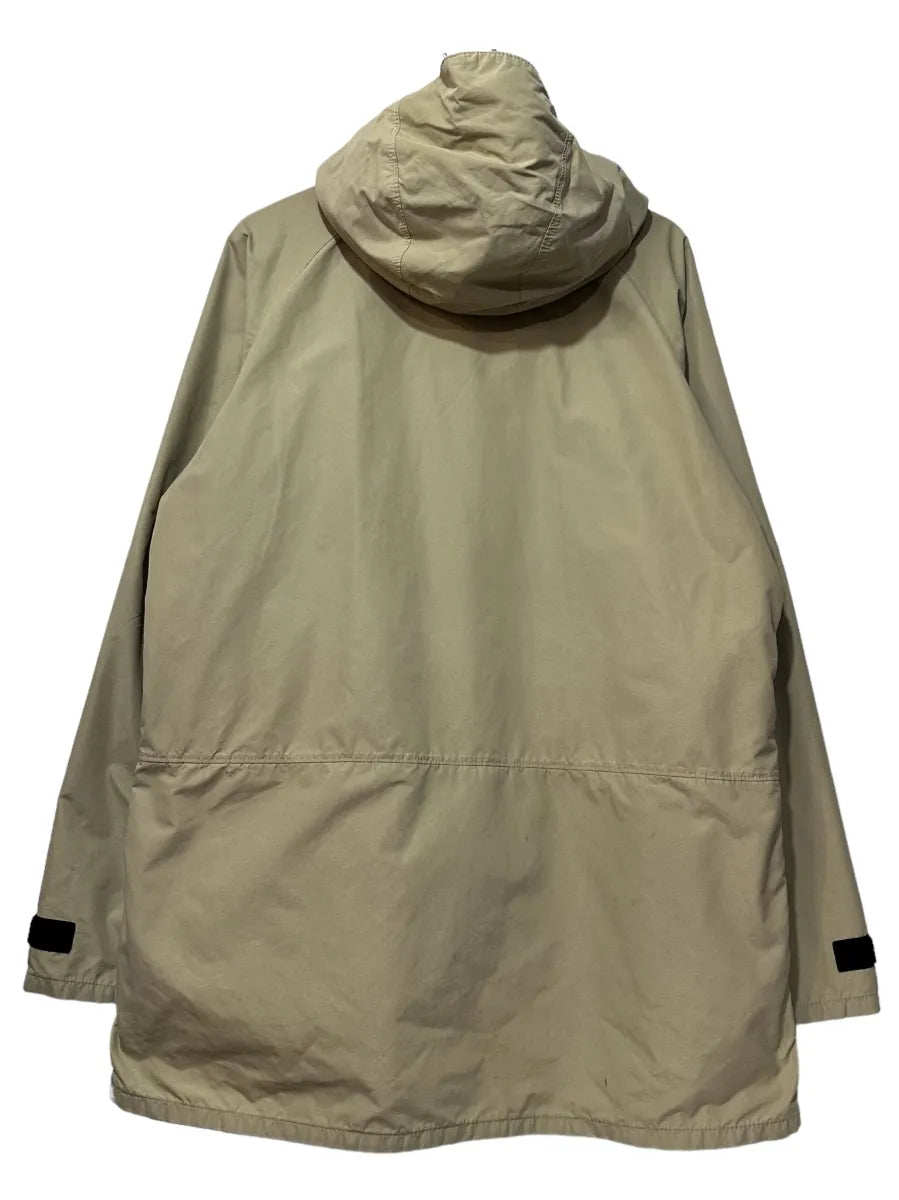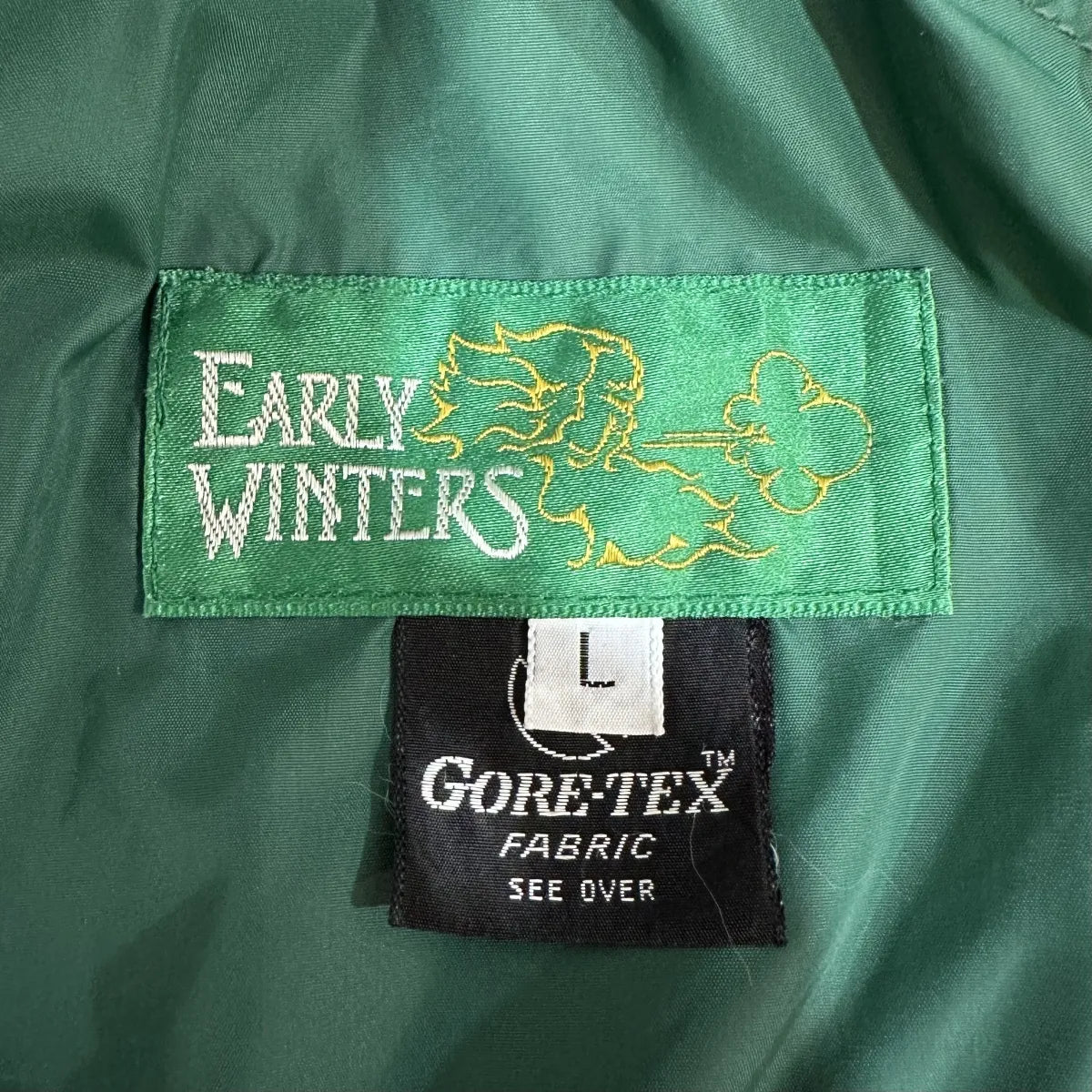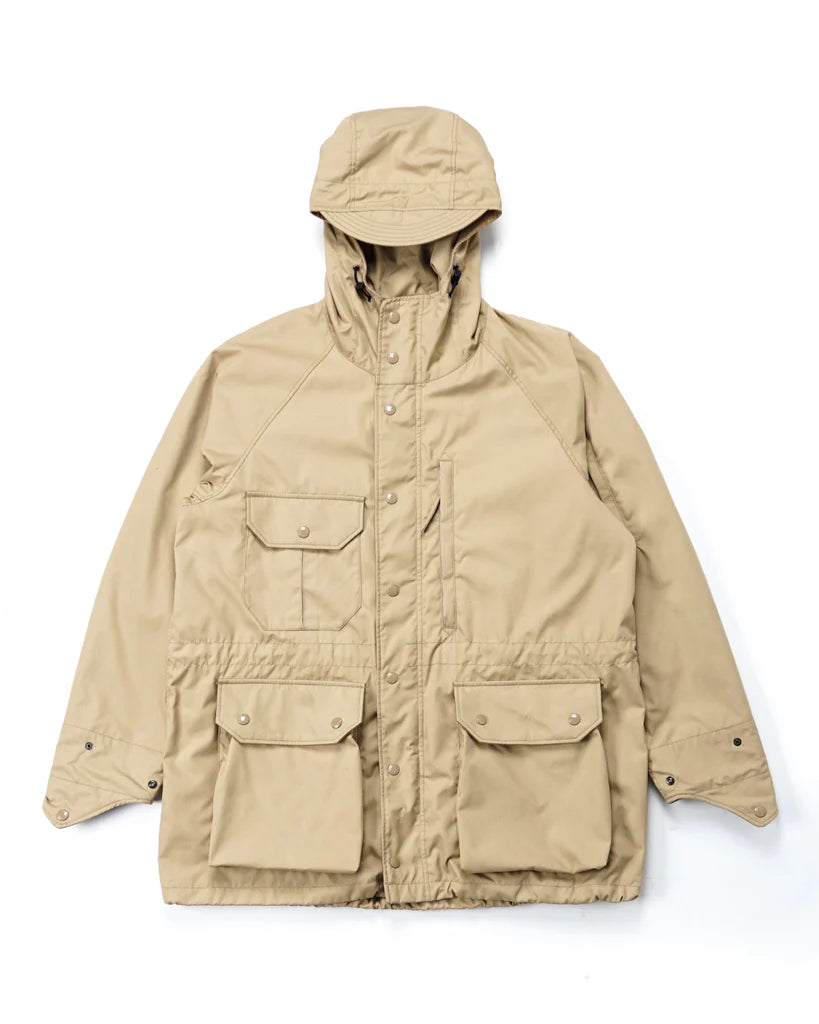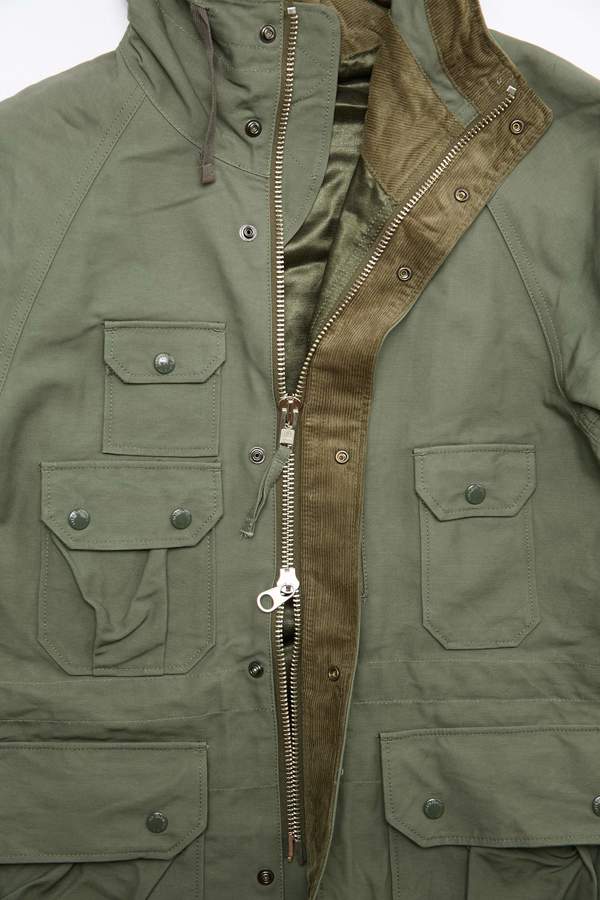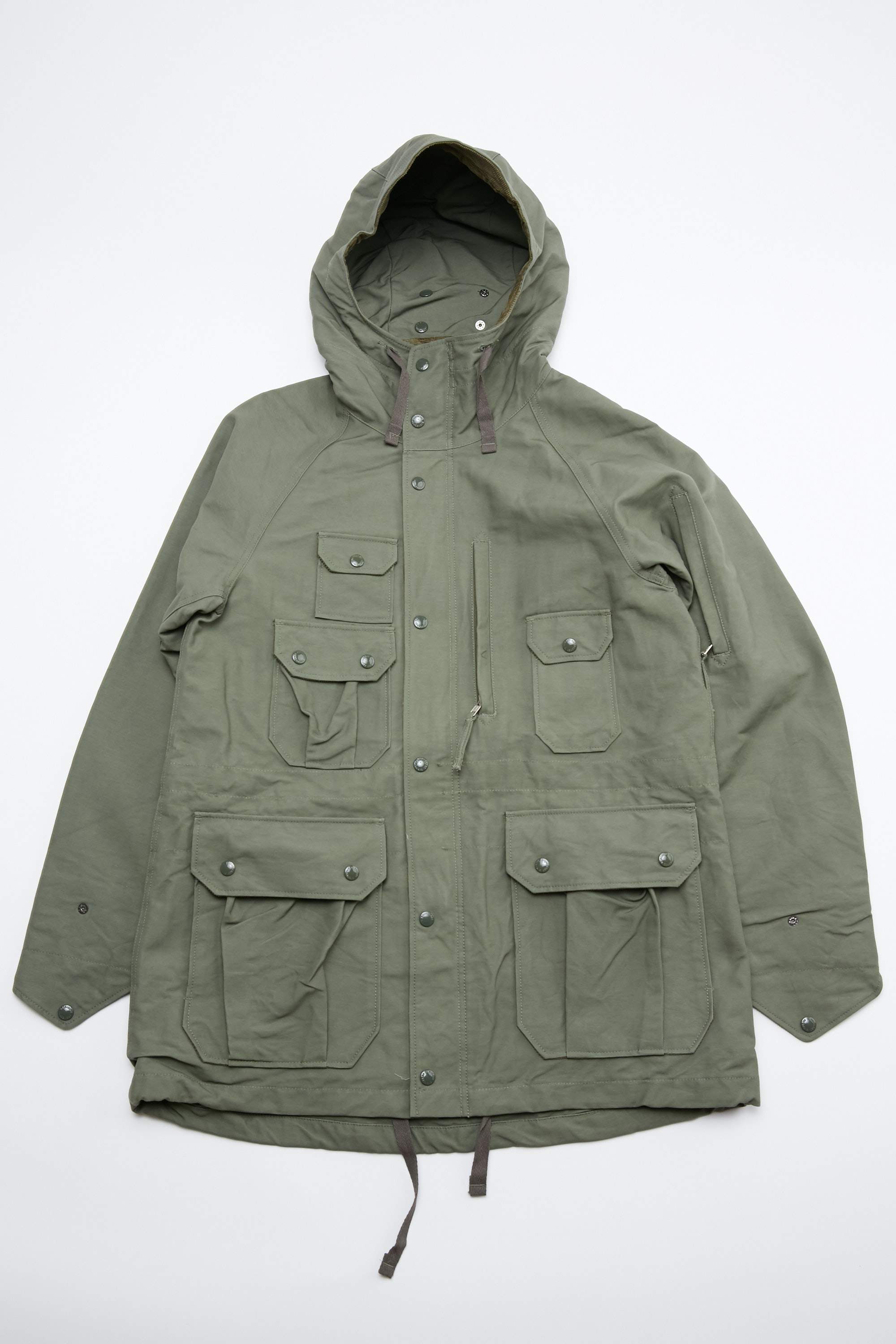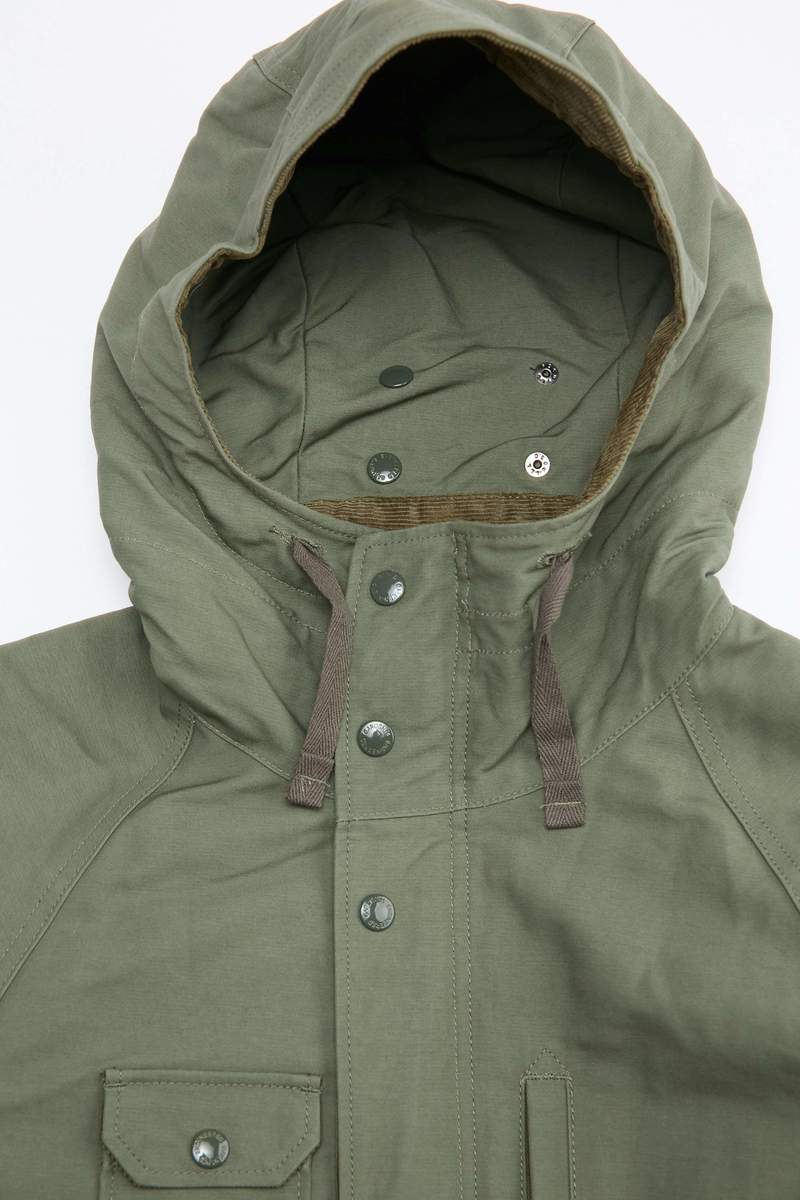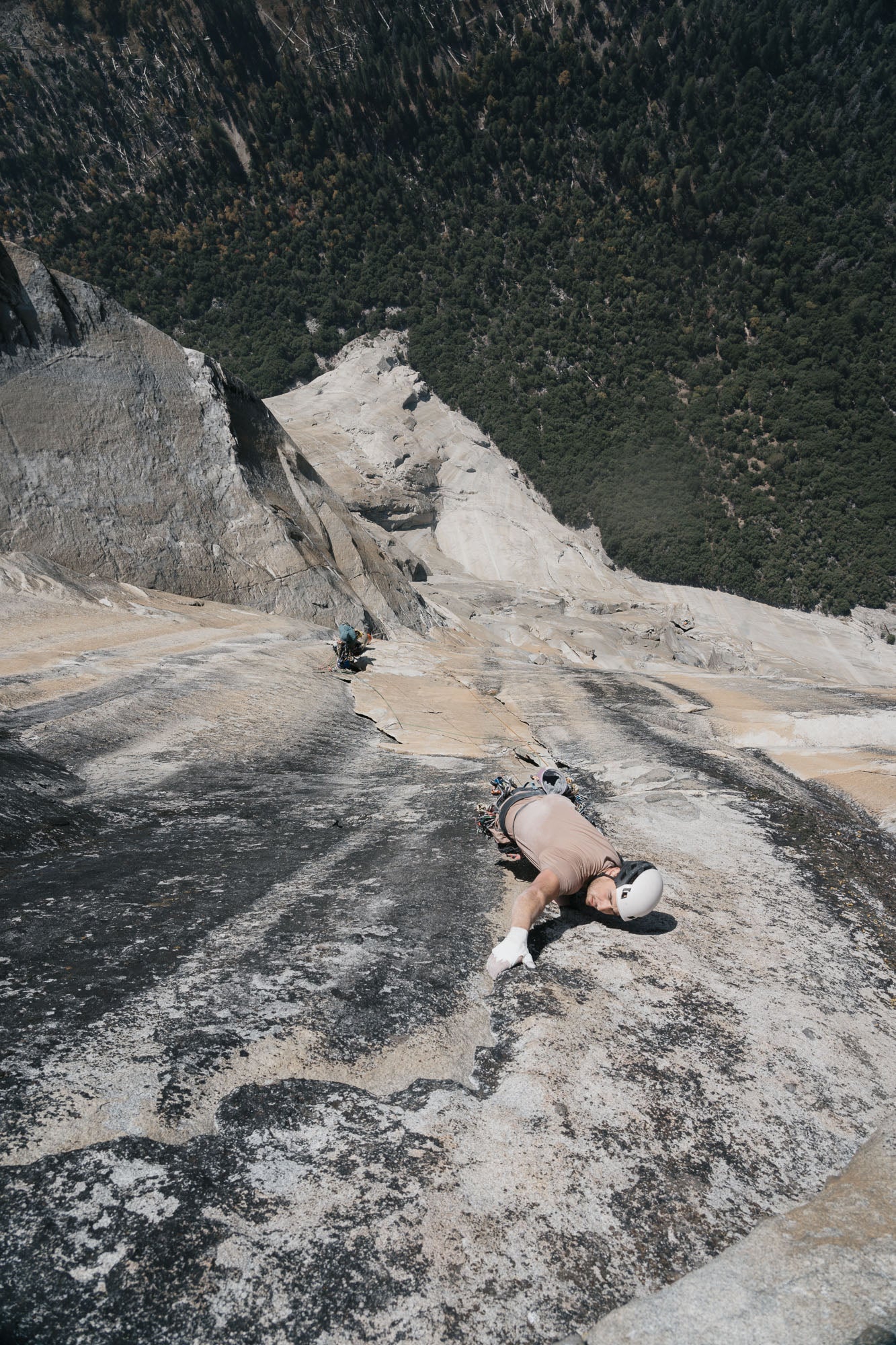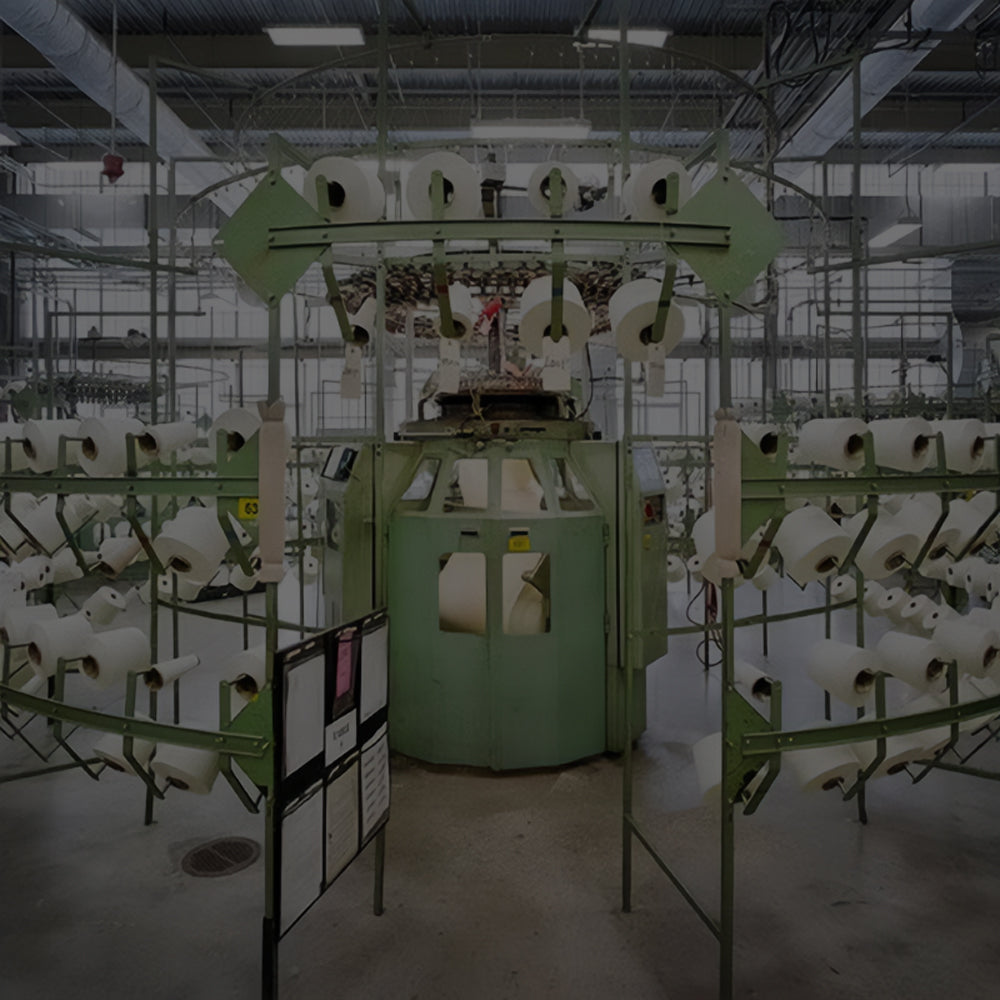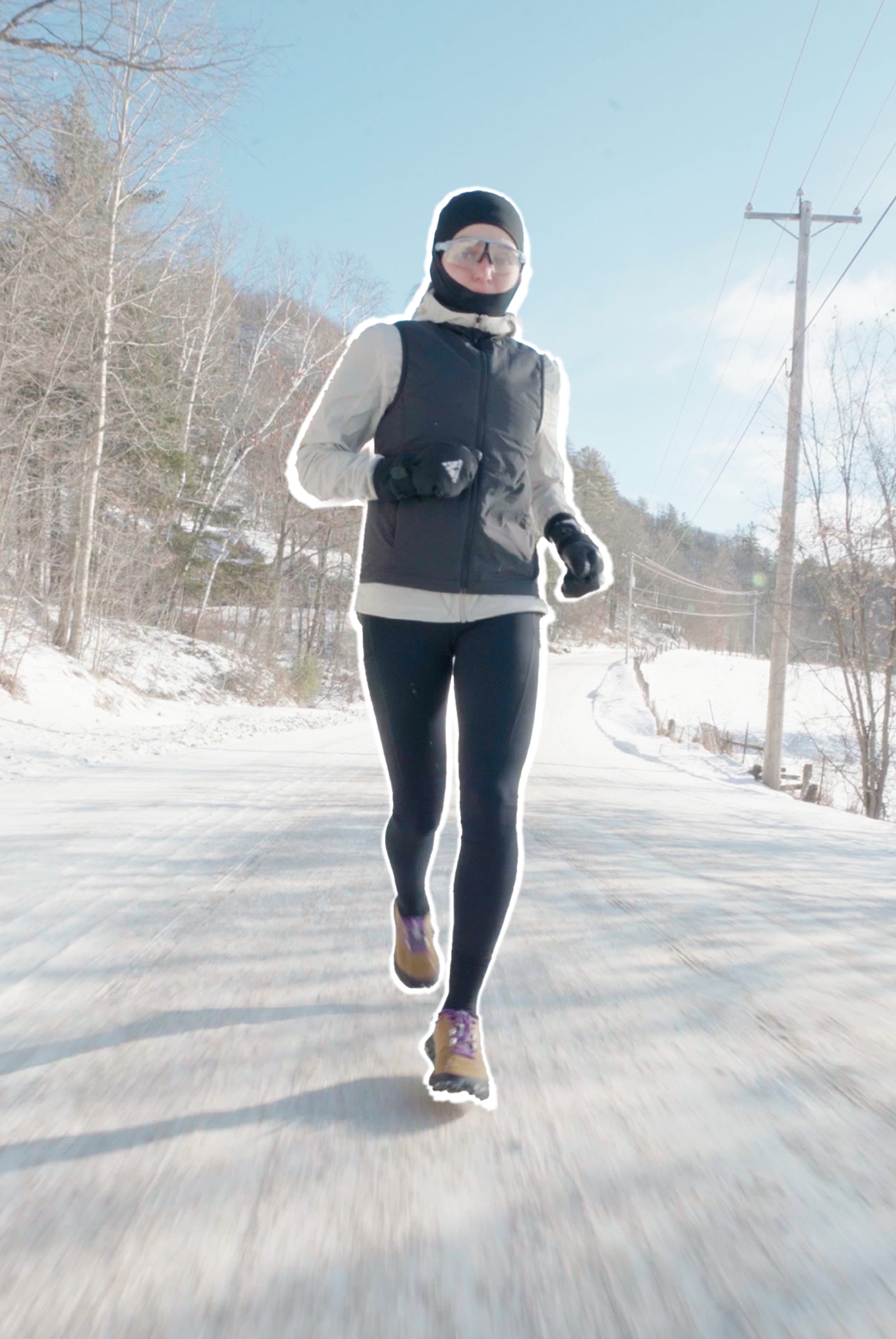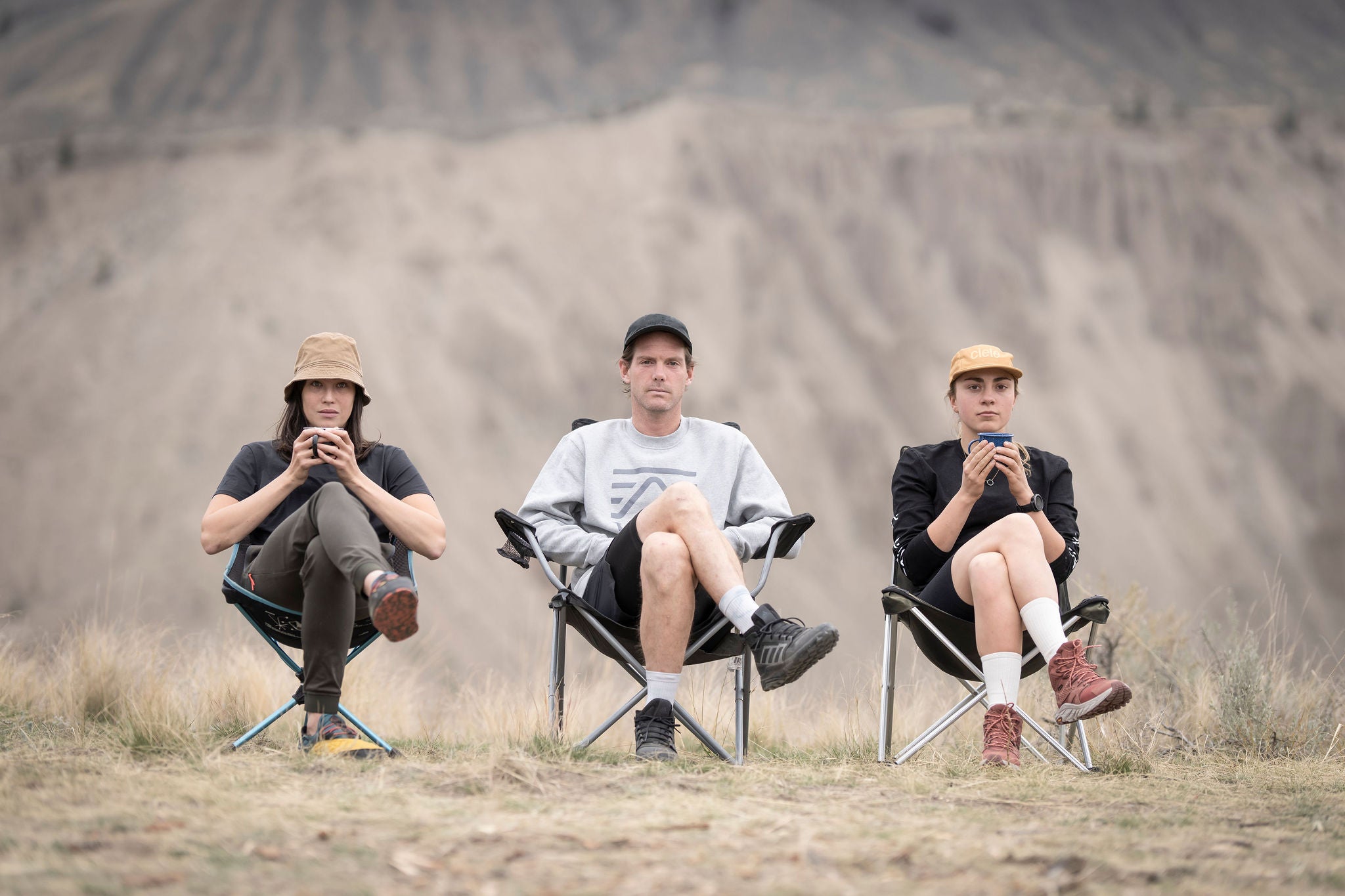The mountain parka’s story begins in the 1940s and ’50s in Boulder, Colorado, where Alice and Roy Holubar were rethinking what alpine gear could be. Inspired by military surplus but unsatisfied with its bulk and lack of breathability, Alice Holubar developed one of the earliest technical outer shells: a long, hooded parka constructed from a cotton-nylon blend—a radical idea at the time. With four patch pockets, a zippered front, drawcord hem and hood, and a rugged exterior, it was designed to be layered over insulation and to handle high-elevation storms. Holubar even sold DIY kits, making performance gear accessible before the idea of “technical outerwear” even existed.
Early Holubar "Mountain Parka", arguabley the first silhouette.
This original Holubar parka, often made from a 50/50 blend they called NP-22, was adopted by Colorado mountain rescue teams and climbers. It signaled a turning point: no longer repurposed military gear, but garments designed specifically for mountaineering. Its influence reached beyond performance—it would later become a symbol of practical modernism in outerwear.
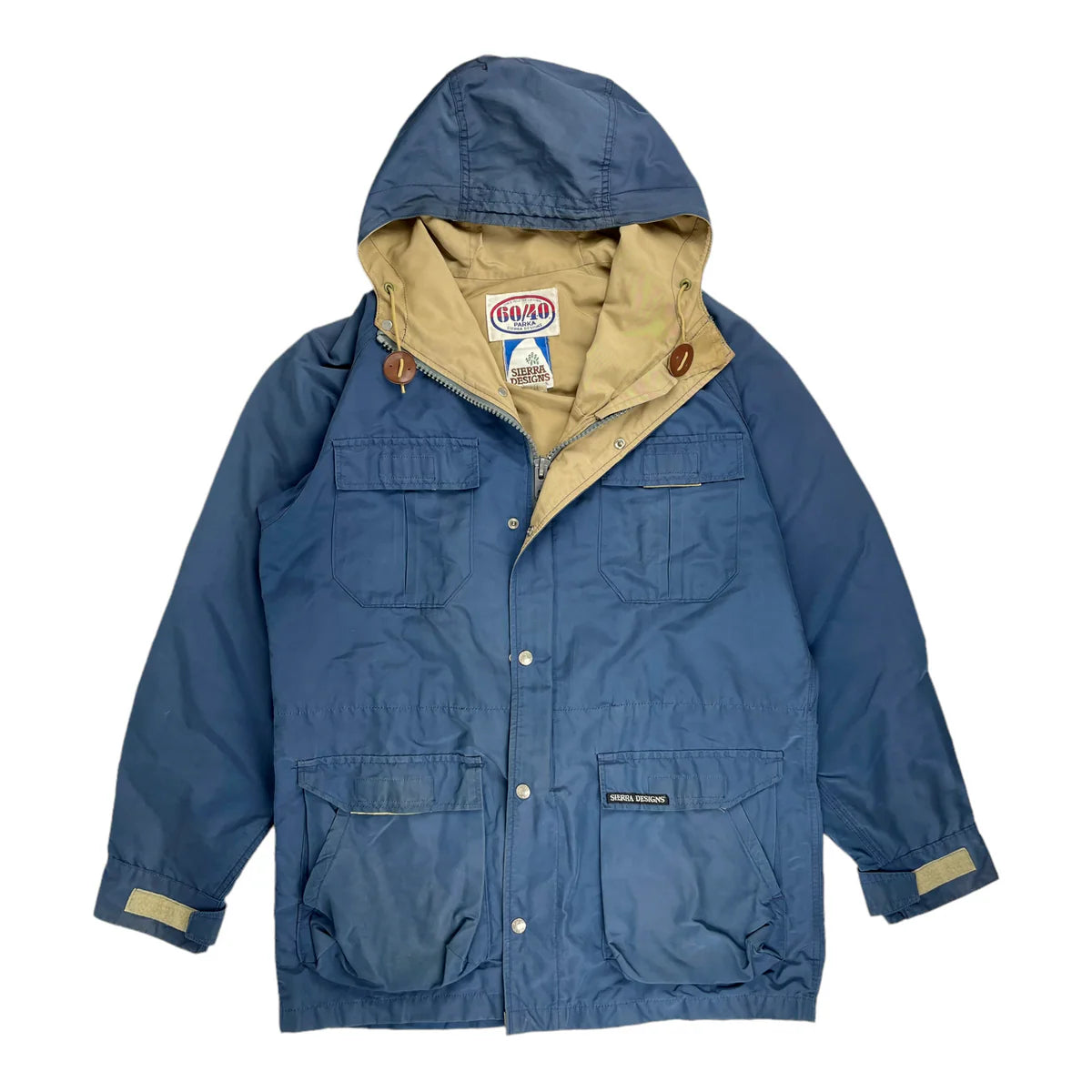
Sierrra Designs' 60/40 Parka
In the early 1960s, Trailwise, a house brand of Berkeley’s Ski Hut, offered its own take, and in 1968, Sierra Designs introduced the definitive version: the 60/40 Mountain Parka. The name came from the fabric—60% cotton, 40% nylon—a tightly woven shell that resisted wind and rain while remaining breathable. This jacket refined the silhouette with a cleaner profile, snap closures over the zipper, and bolder color blocking. It was worn across the American West, from Yosemite climbing walls to Pacific Crest Trail thru-hikes. But its influence wasn’t limited to trails—it became a cultural item in its own right.
The Sierra Designs 60/40 Parka became the jacket of 1970s collegiate outdoor culture. In the Northeast, it was a centerpiece of the "Heavy Duty Ivy" style: hiking boots, cords, Fair Isle sweaters, and a burnt-orange or navy parka—functional, but signaling taste and independence. It bridged outdoor utility with academic style. Japanese designers later viewed this moment as the fusion of Ivy prep and outdoor Americana.
Early North Face Brown Label Parka
Around the same time, The North Face began offering its own versions of the mountain parka. One early edition, made in Bayhead cloth (a variant of 65/35 cotton/nylon), became a blueprint for decades of TNF designs. These were jackets for climbers and backpackers—but soon adopted by college students, artists, and urban dwellers seeking something rugged and reliable. The North Face “Brown Label” parkas of the ’70s helped turn outdoor gear into everyday fashion.
Early Winters Moutain Parka Using Gore Fabric
In 1977, Early Winters in Seattle released the first Gore-Tex mountain parka, marking the beginning of the modern era. Unlike the 60/40 cloth, Gore-Tex was fully waterproof and breathable. This parka kept the classic silhouette but introduced a new level of weather protection. It was a pivotal moment: the mountain parka became a vehicle for cutting-edge material science.

Deniro in "The Deer Hunter" (1978)
In the 1980s, cultural relevance intensified. Robert De Niro’s orange Holubar parka in The Deer Hunter (1978) made the silhouette iconic onscreen. It became a visual shorthand for ruggedness, introspection, and frontier identity. In Japan, vintage 60/40 parkas became coveted by collectors in the 1990s. Harajuku shops hunted down original Sierra Designs models. This laid the groundwork for brands like Nanamica, Goldwin, and The North Face Purple Label to reinterpret the silhouette using modern fabrics like Gore-Tex while preserving the essential shape and pocket layout.
Engineered Garments interpretation of the Mountain Parka
Engineered Garments pushed the idea further—reworking the four-pocket formula with asymmetry, new materials, and postmodern cues. At the same time, Holubar was revived in Italy, blending its Colorado roots with European luxury fabric mills like Limonta. The result: a design born on granite cliffs now worn in Milan.
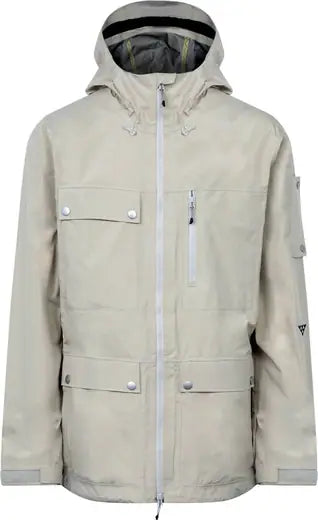
Black Crows Corpus Gore-Tex Parka
One standout reinterpretation comes from Black Crows, the French ski brand, with its Corpus GORE-TEX Jacket. While cut for freeride performance, the Corpus takes clear inspiration from the mountain parka tradition—longer hemline, oversized chest and cargo pockets, and a clean, structured silhouette. Paired with modern materials like GORE-TEX 3L and a European tailoring sensibility, it bridges alpine function and contemporary minimalism. In the mountains, it performs. In the city, it stands apart. It’s a prime example of how the mountain parka form continues to evolve—still functional, still iconic, now globally fluent.
The mountain parka is more than a jacket. It’s a design system. A silhouette that defined a generation of outdoor gear, was adopted by subcultures, and adapted across decades of materials innovation. From alpine roots to streetwear runways, its form hasn’t just survived—it’s shaped how we define functional outerwear.

